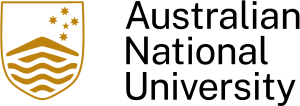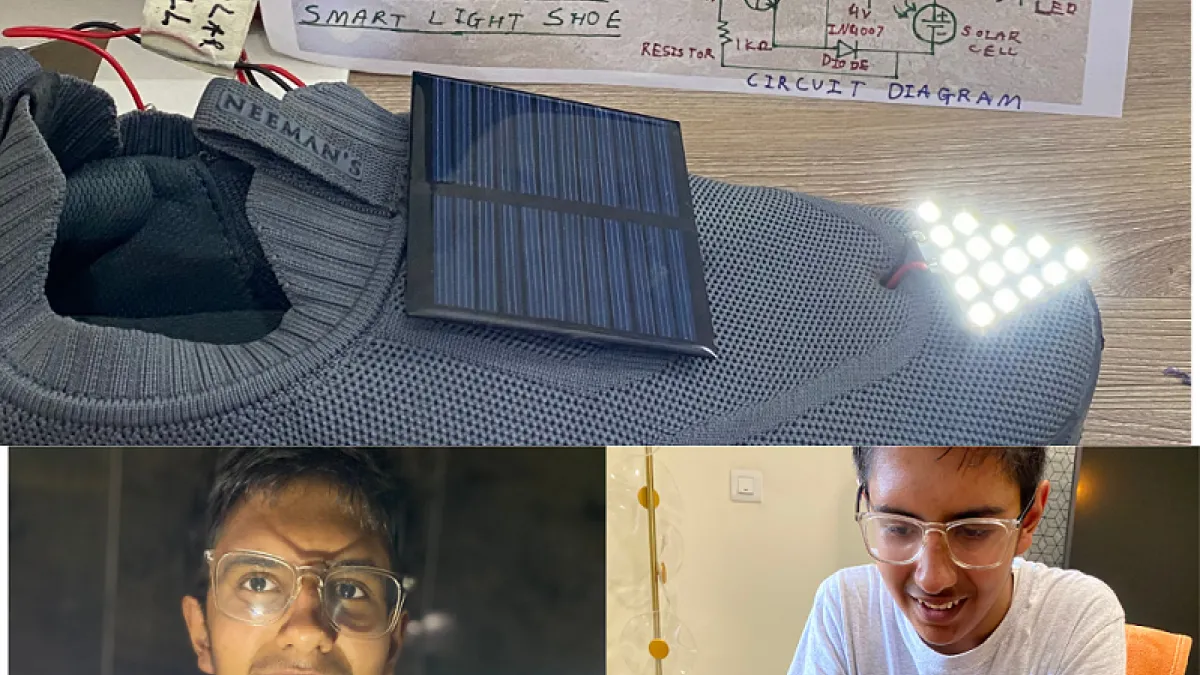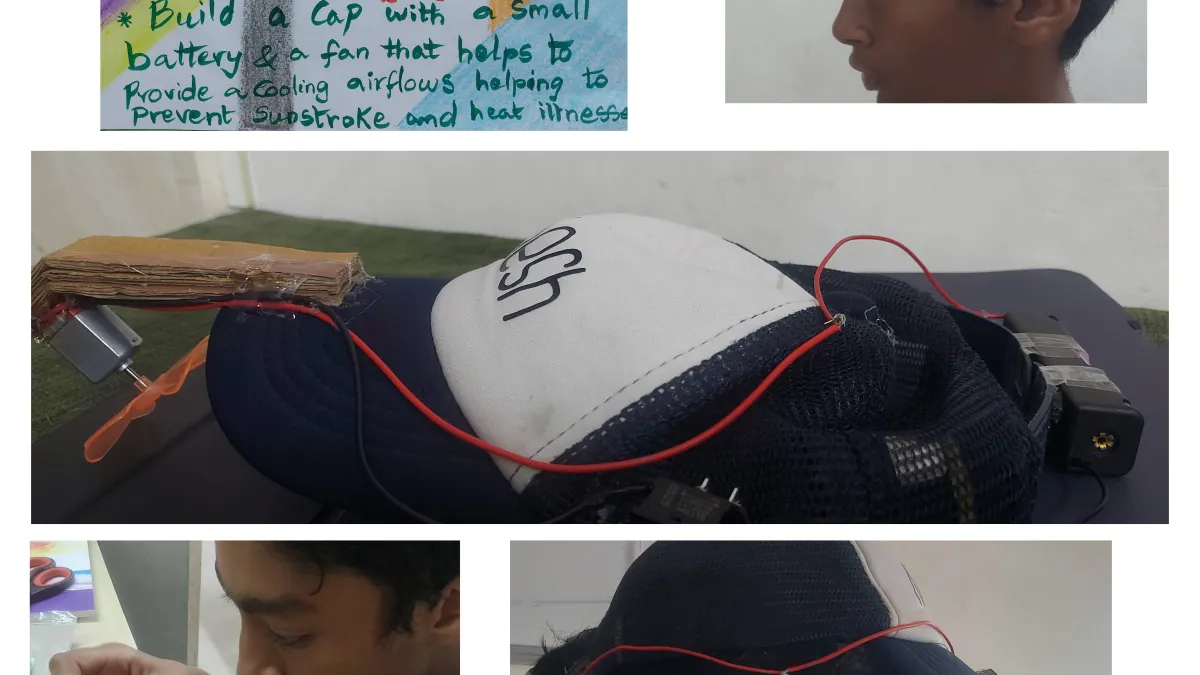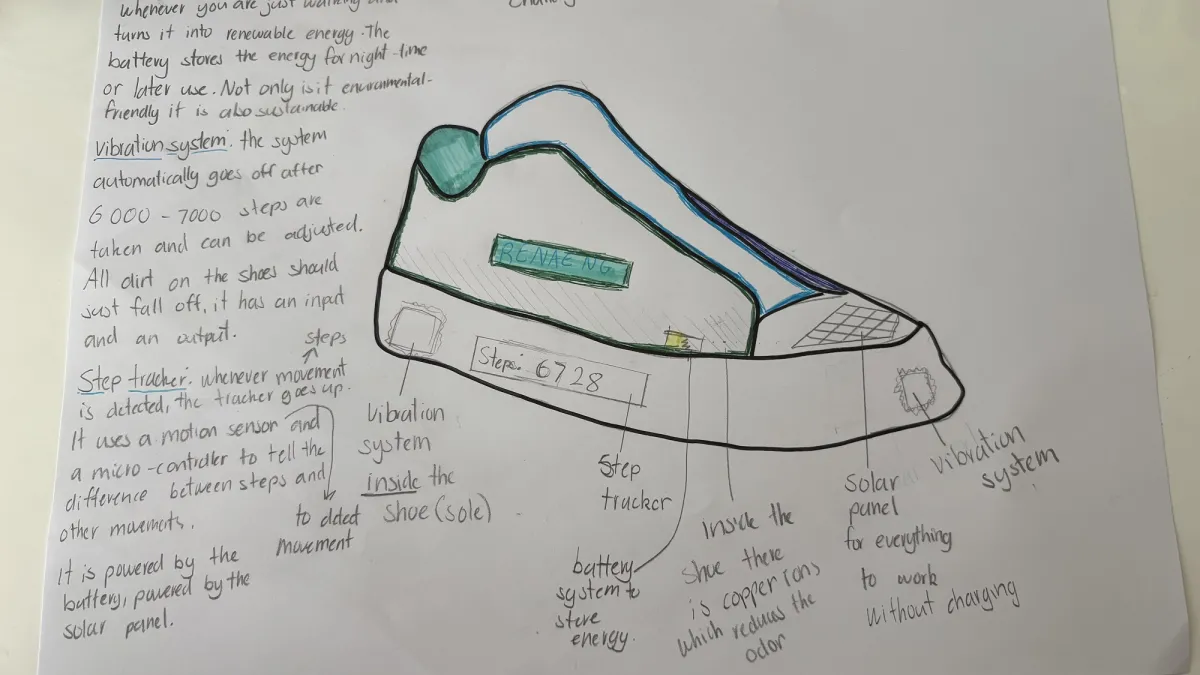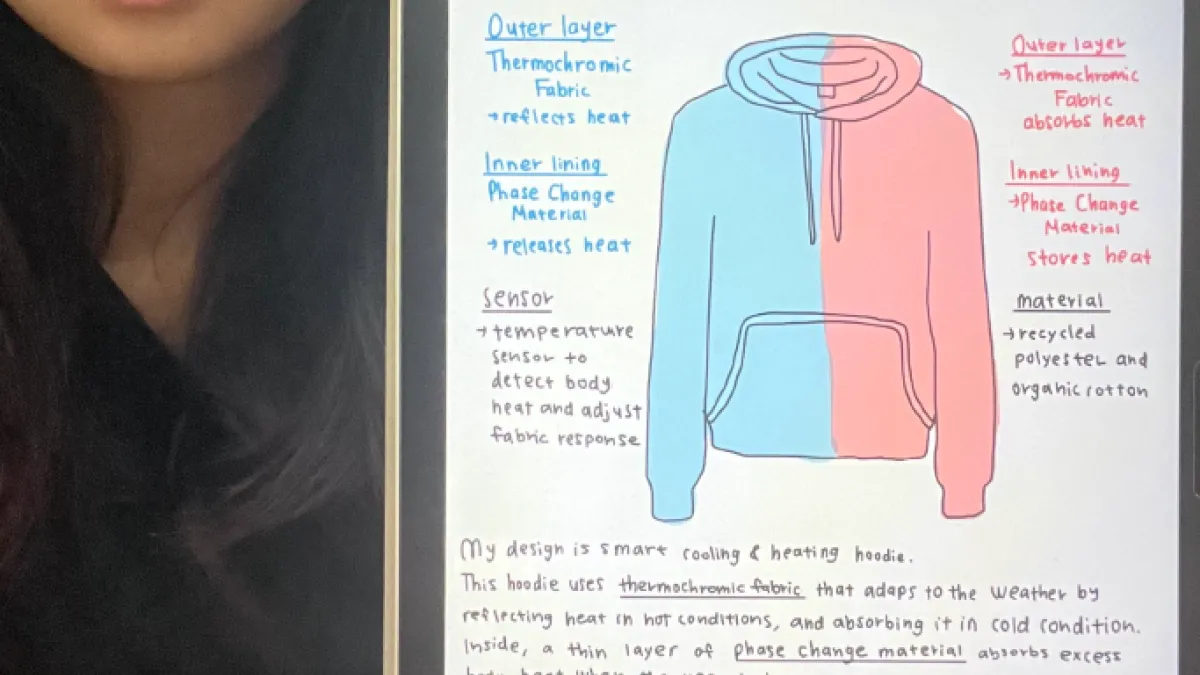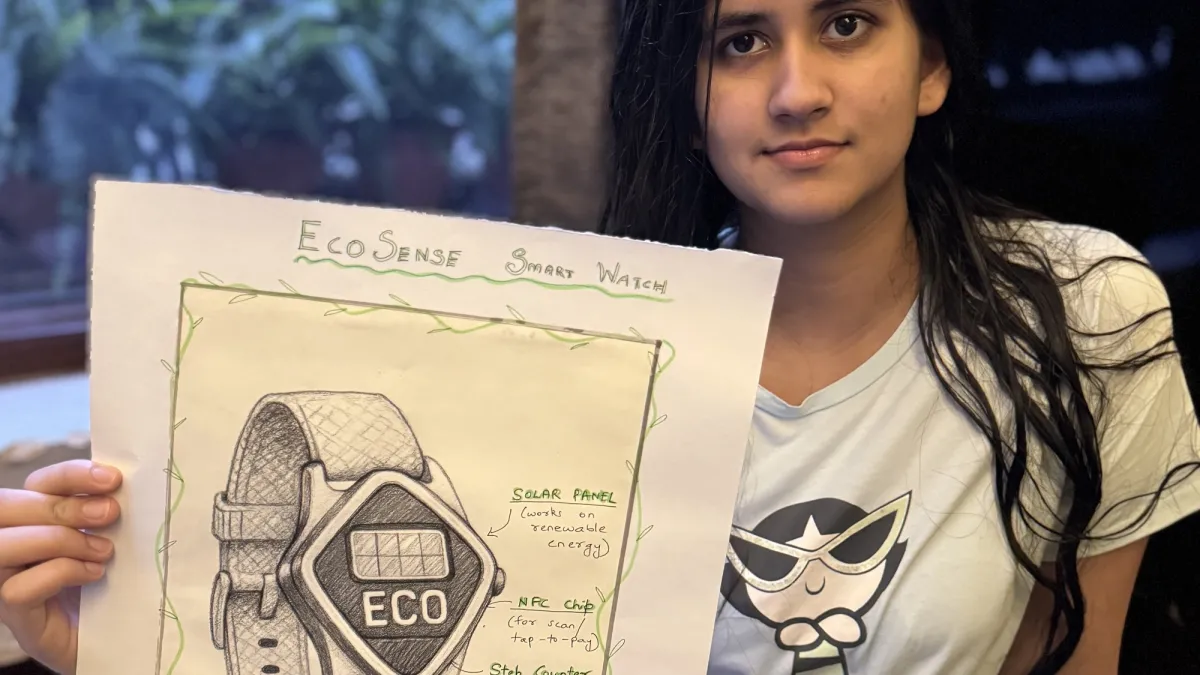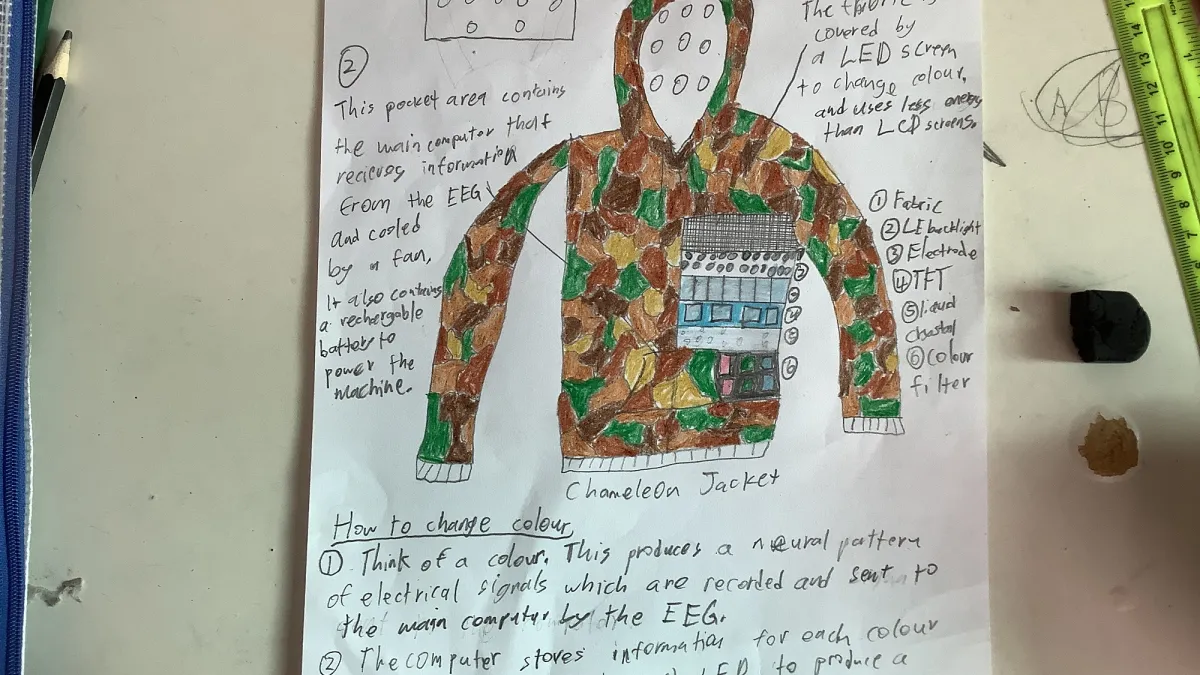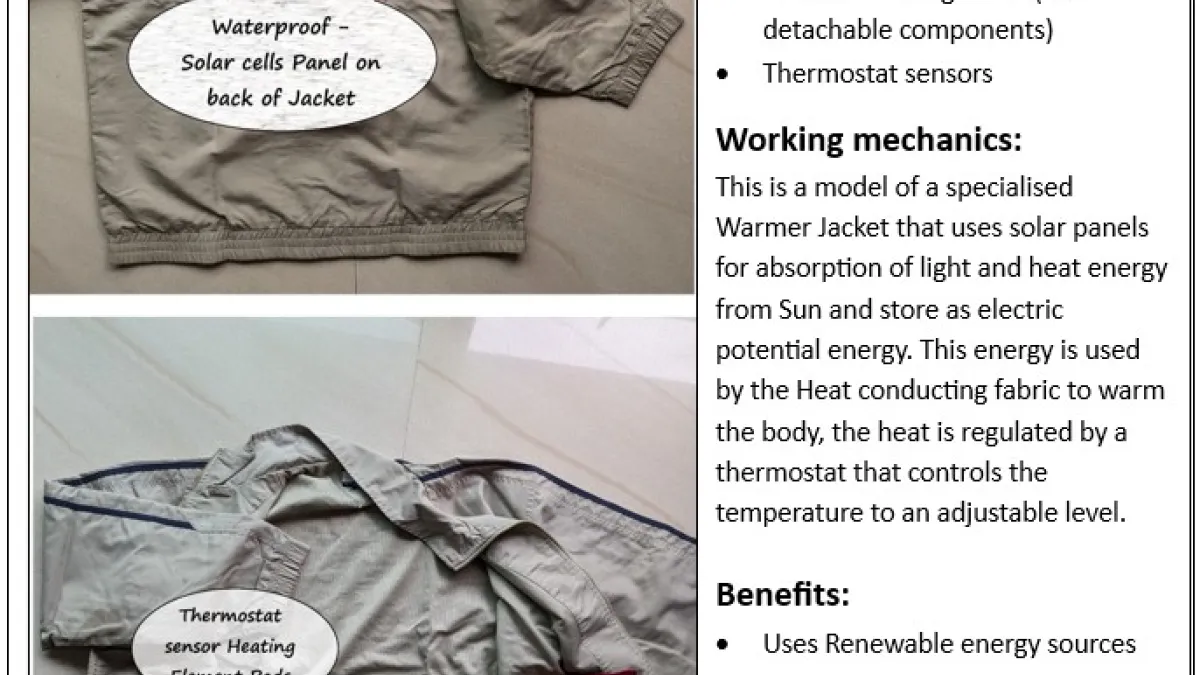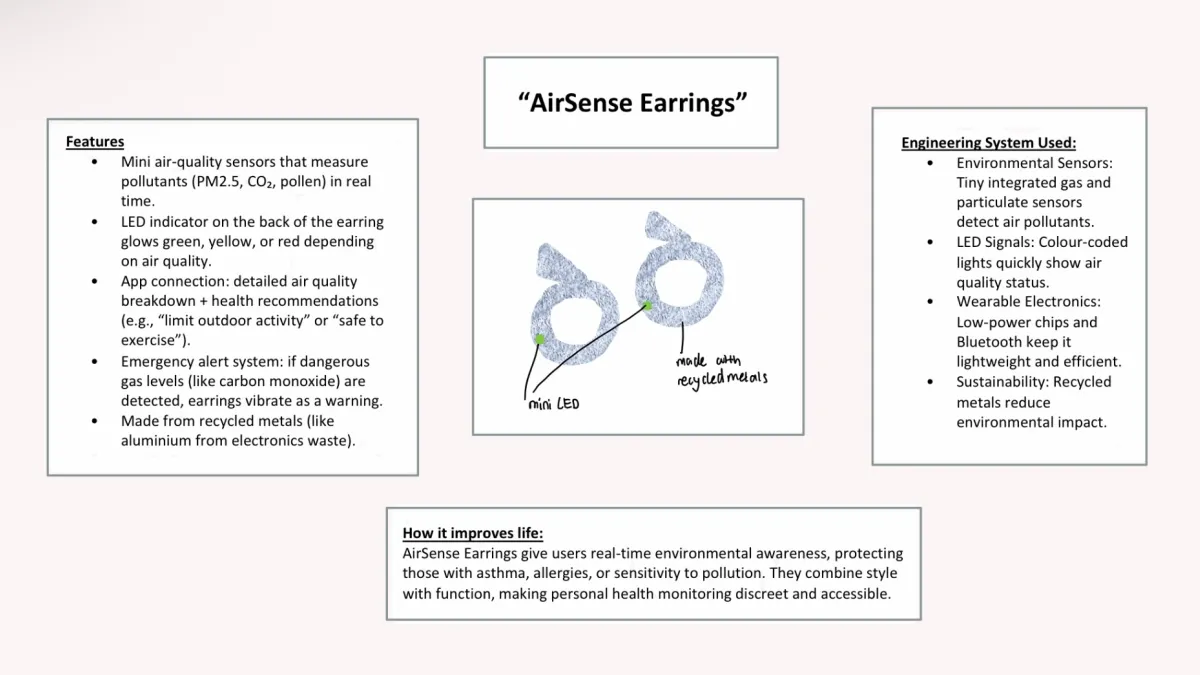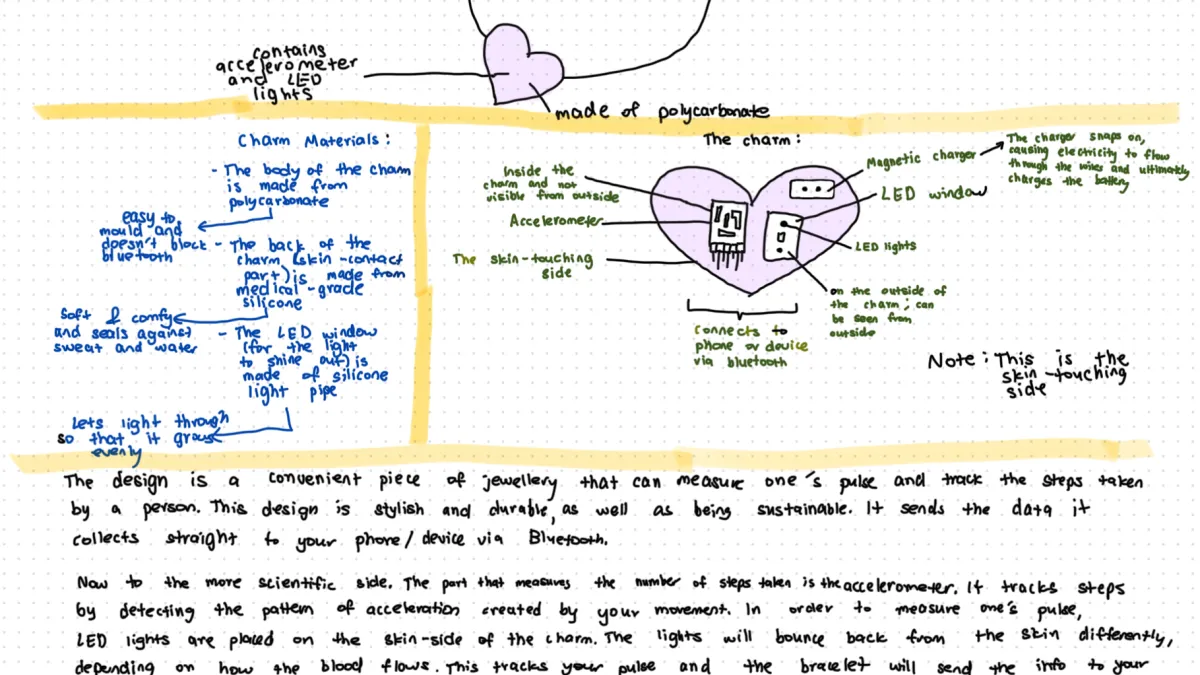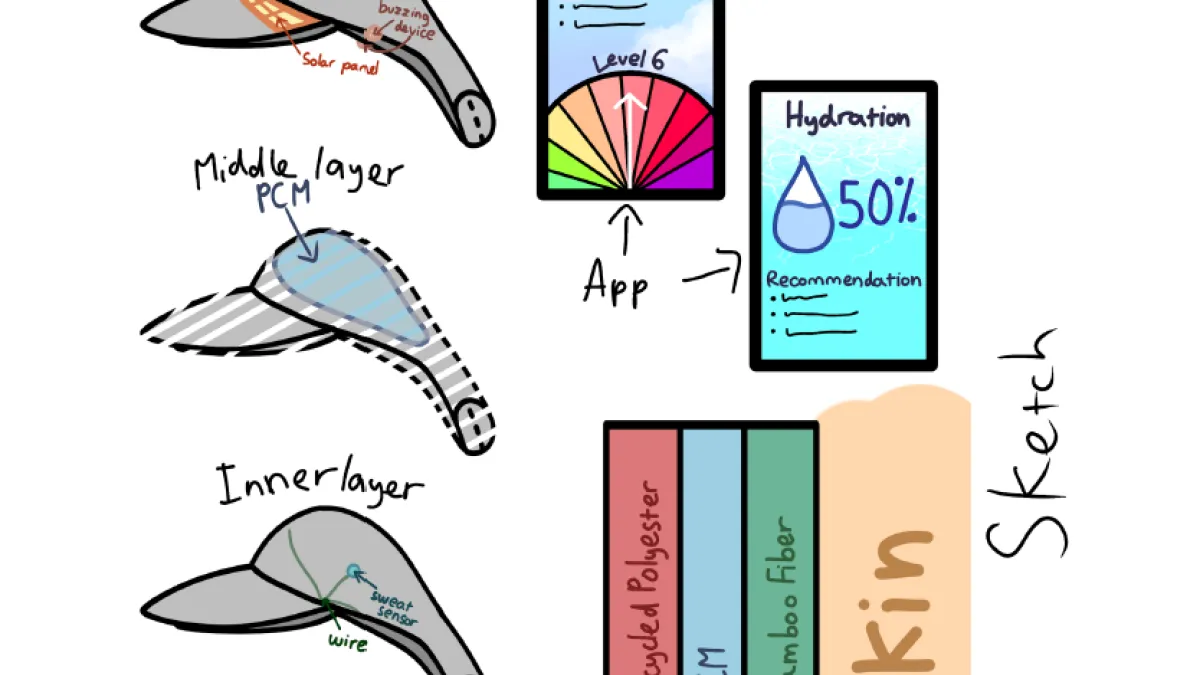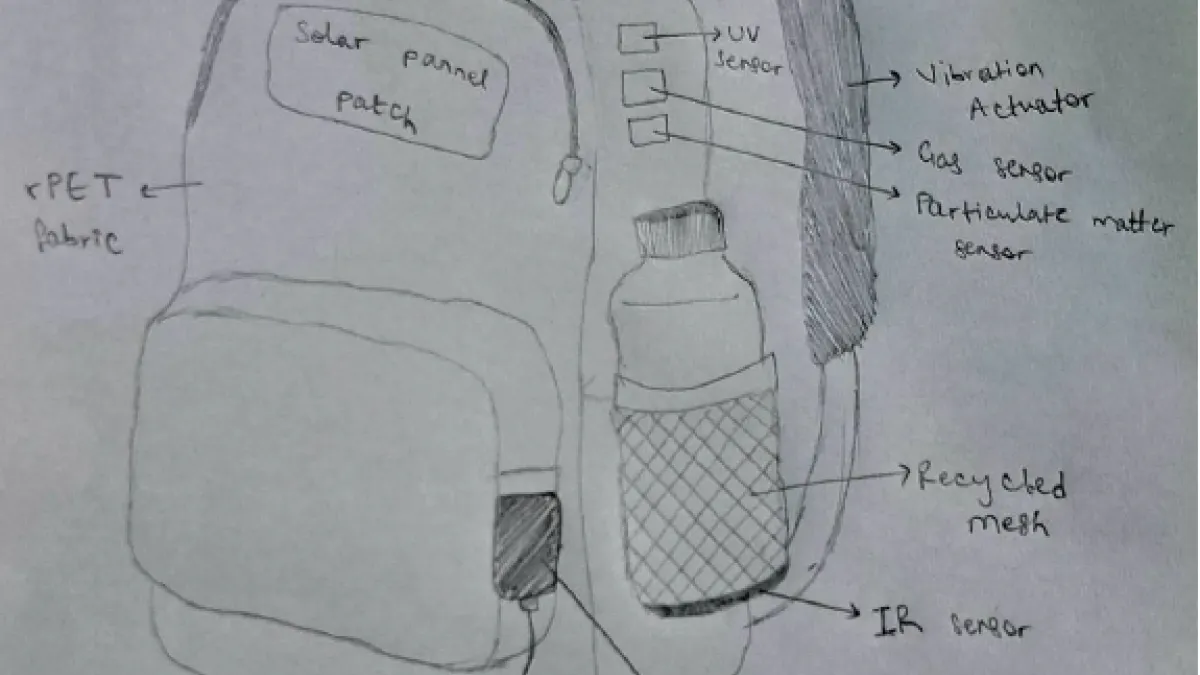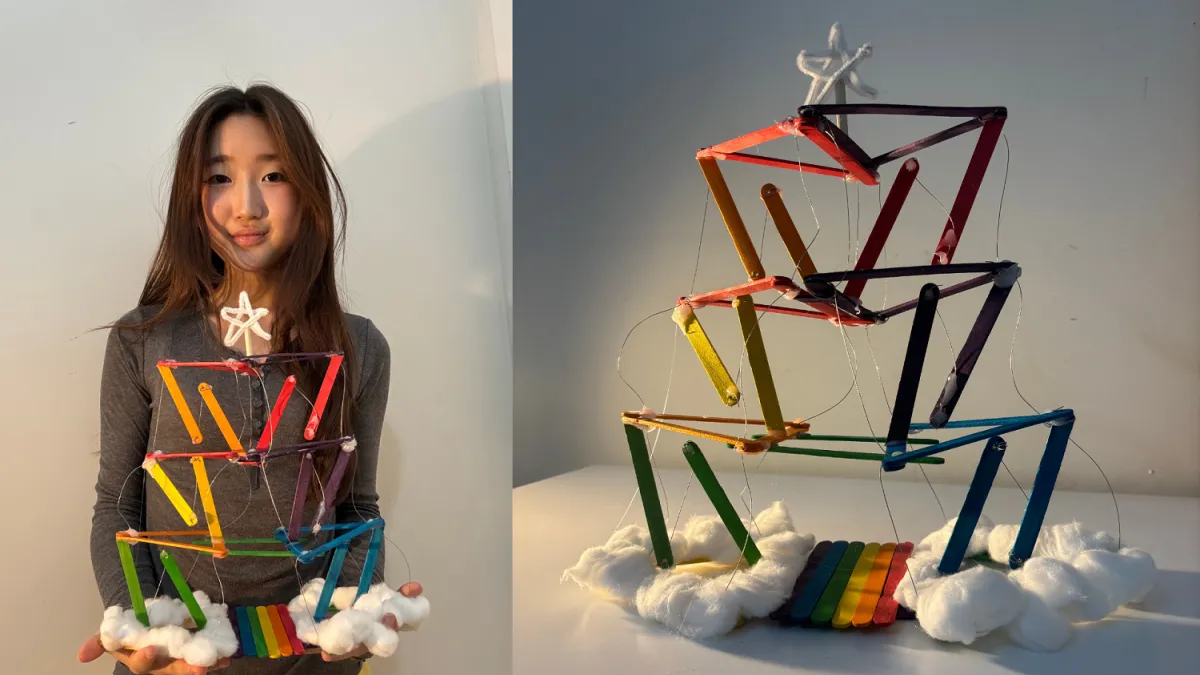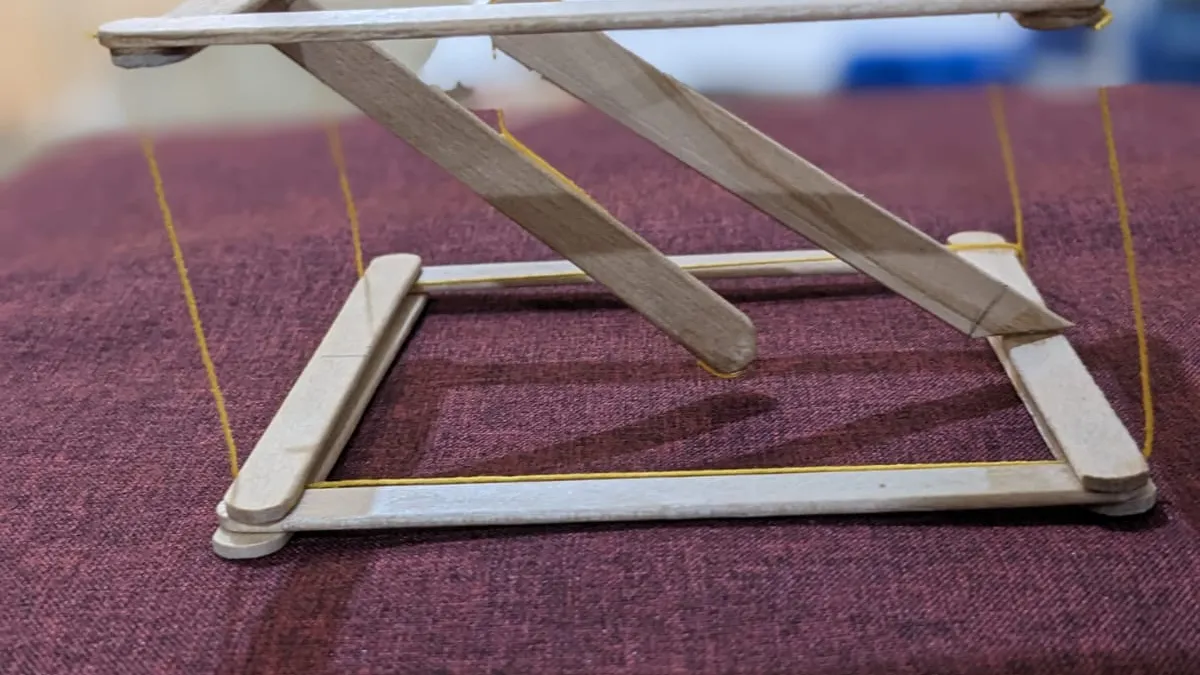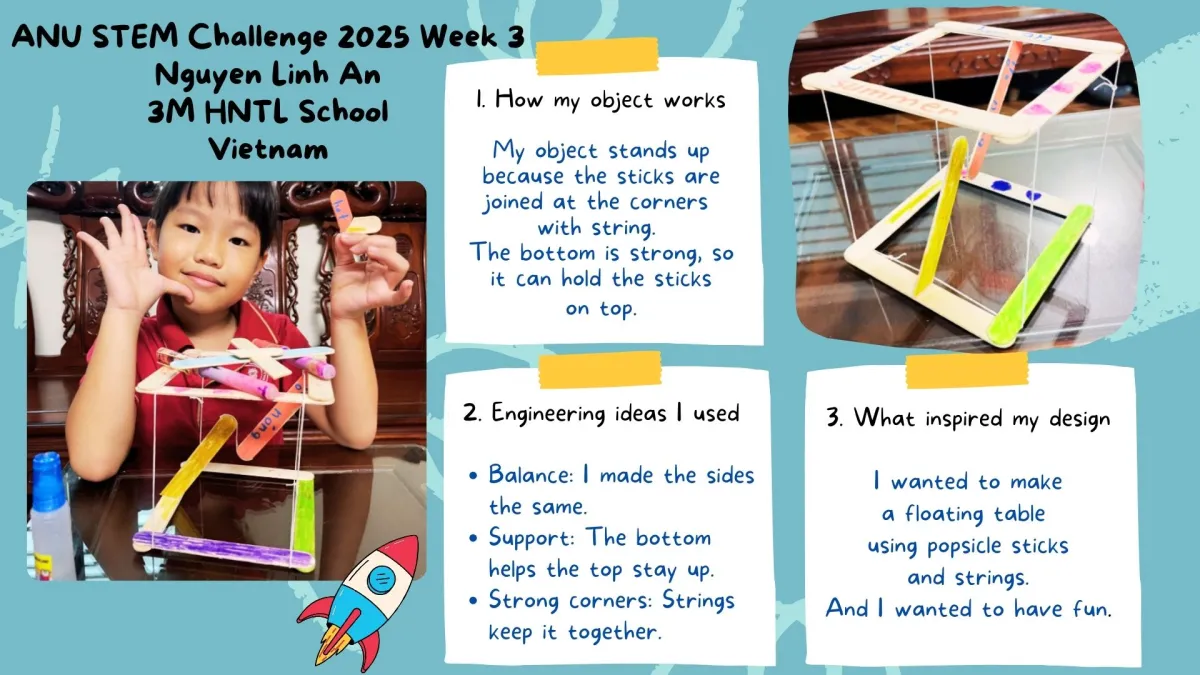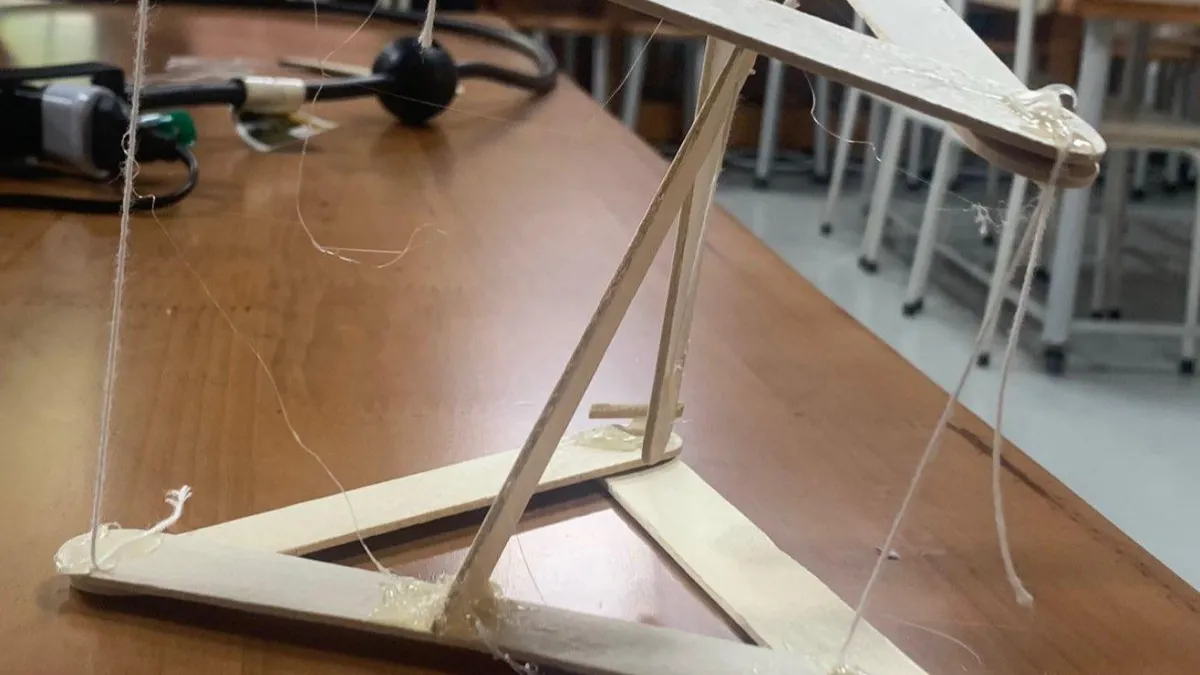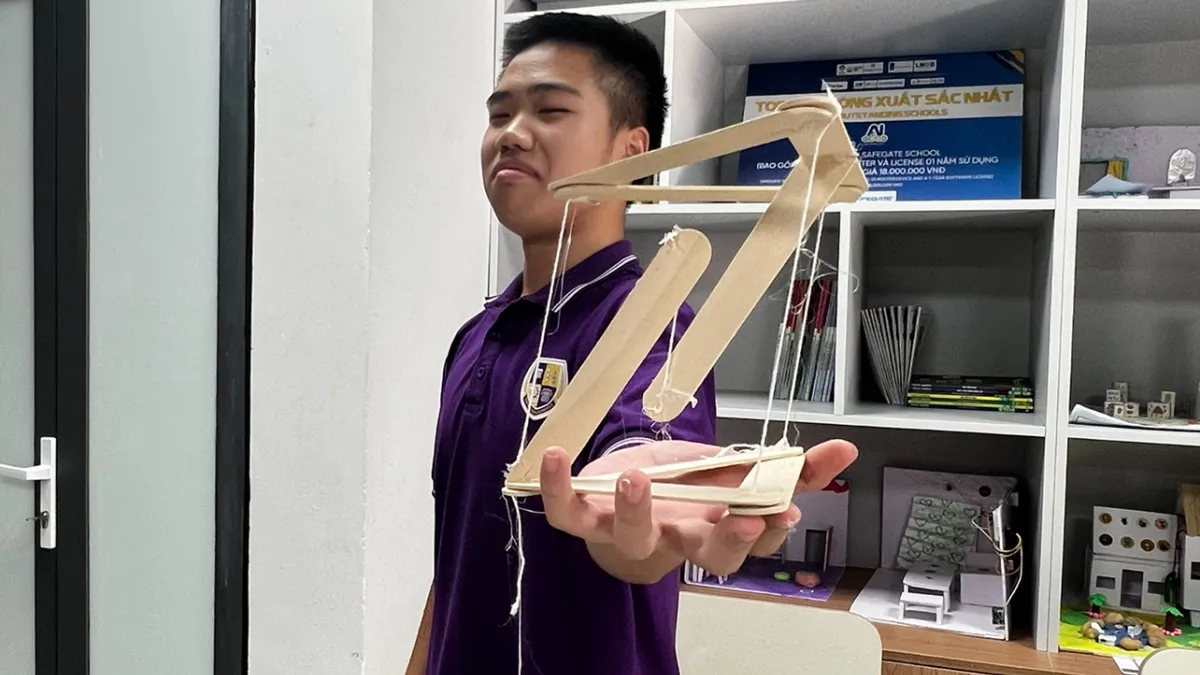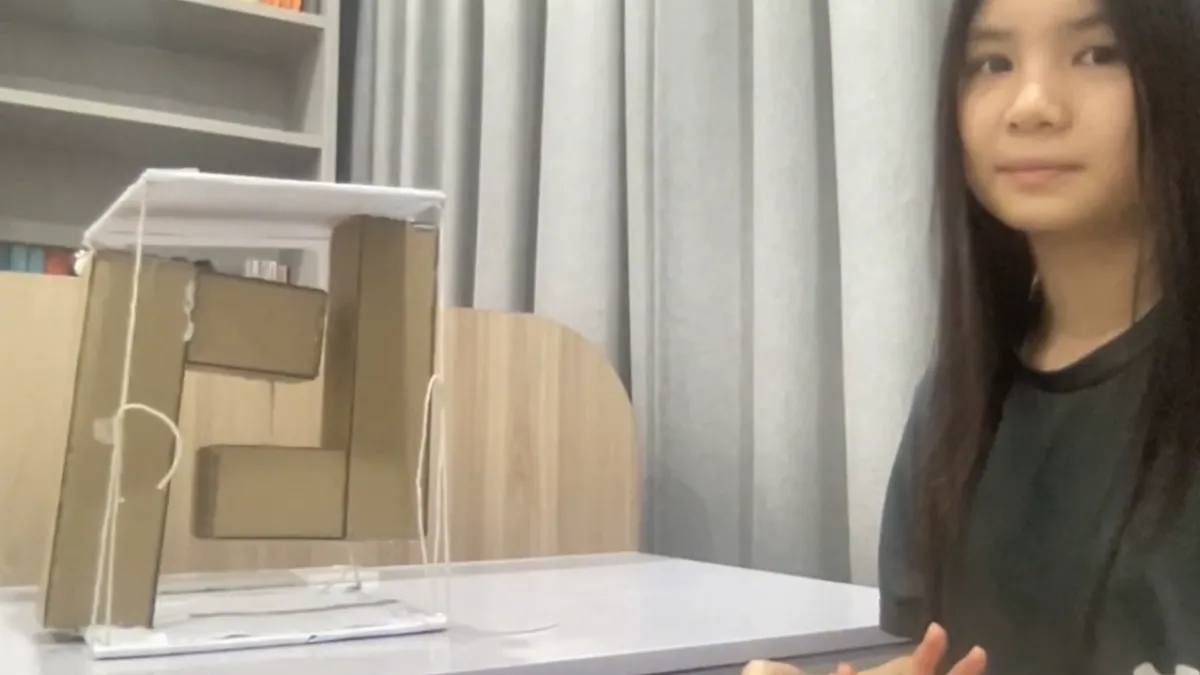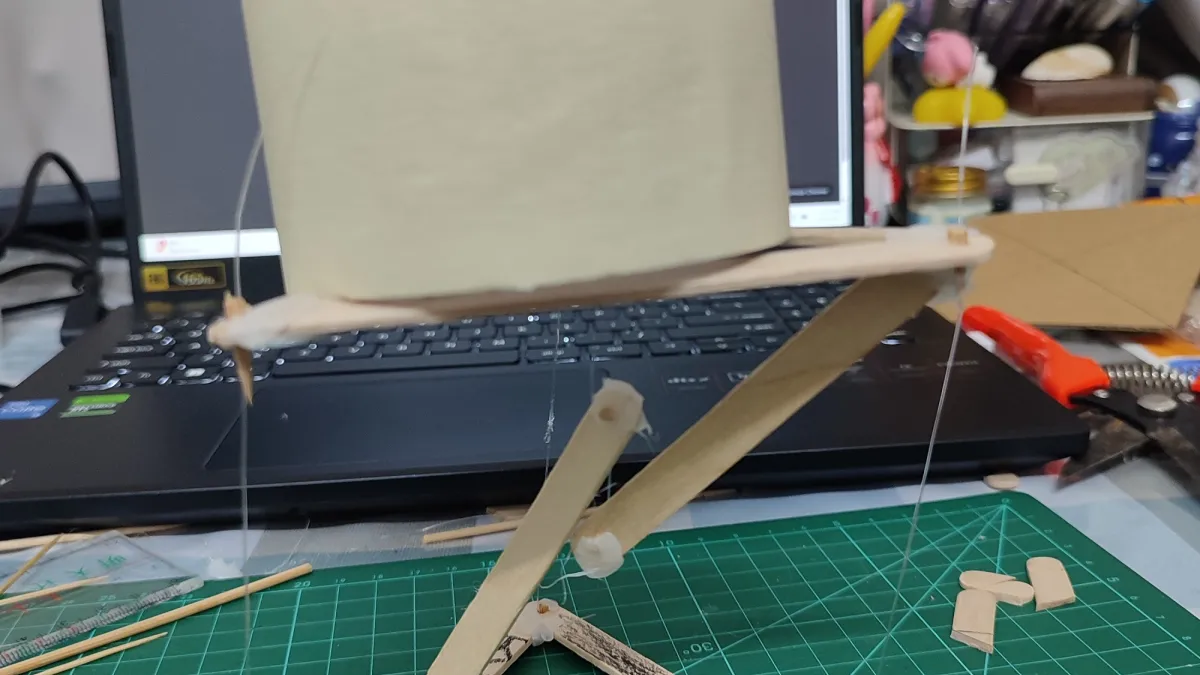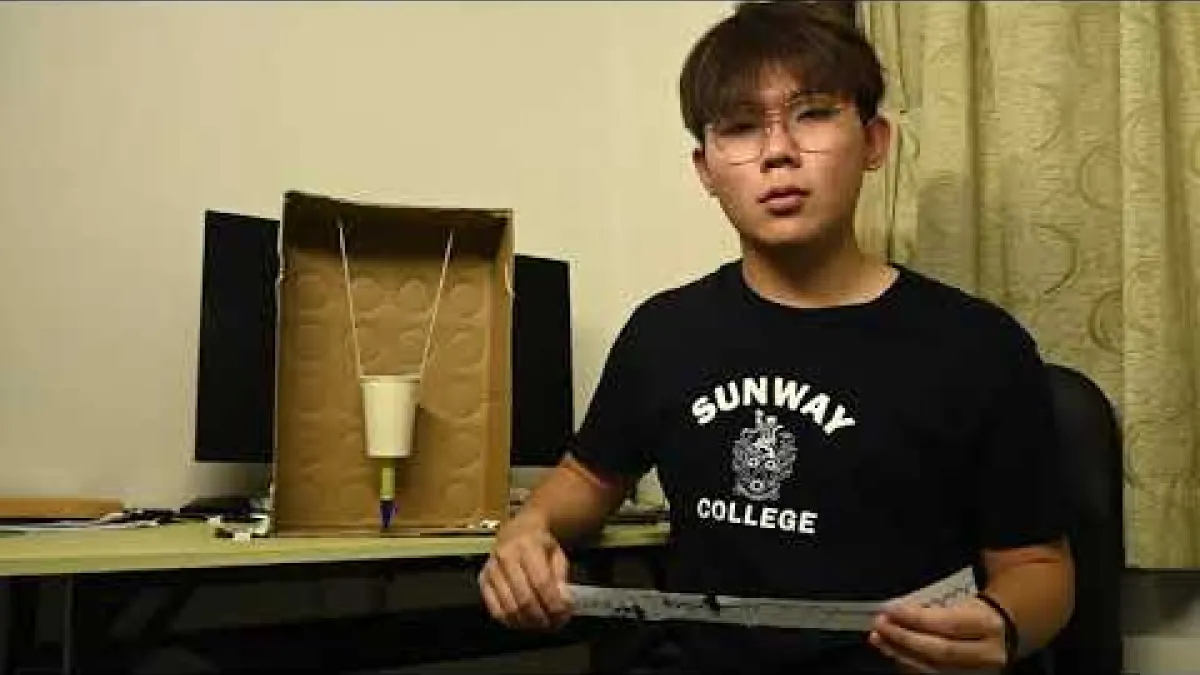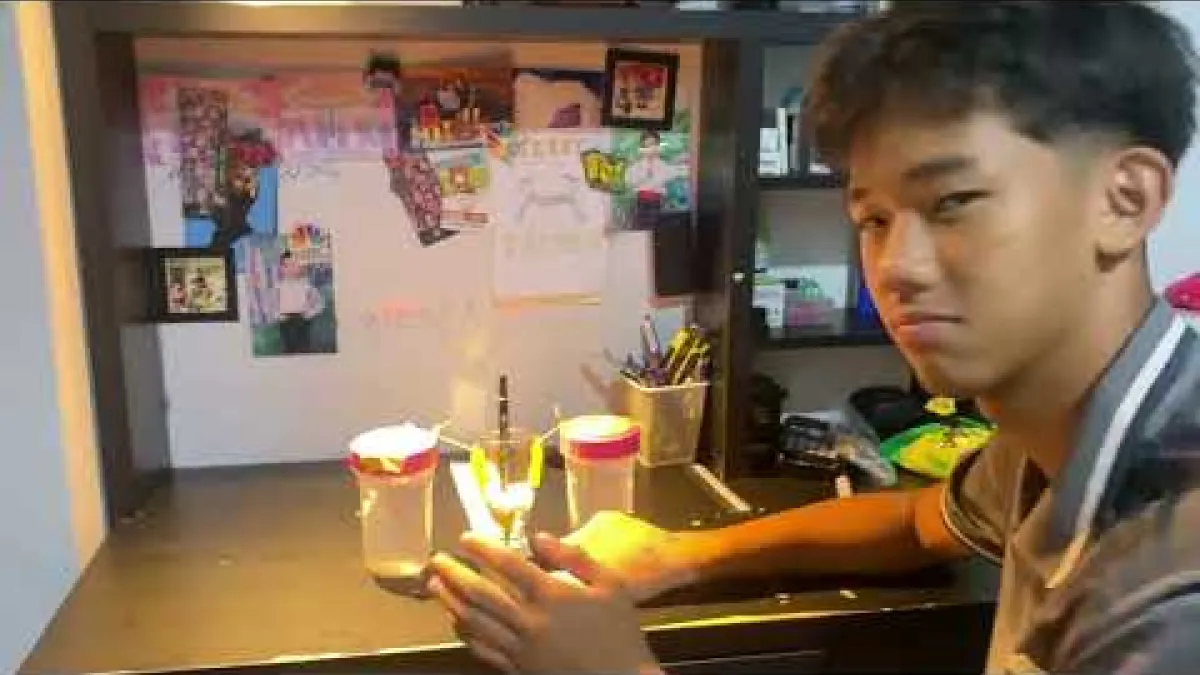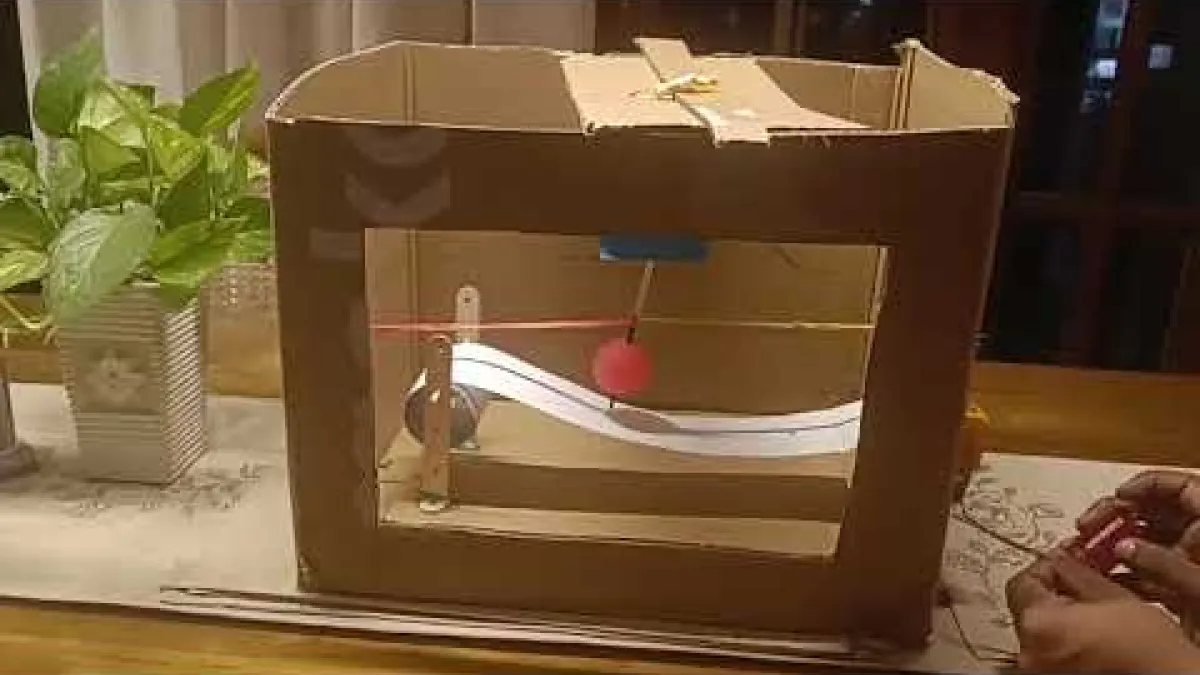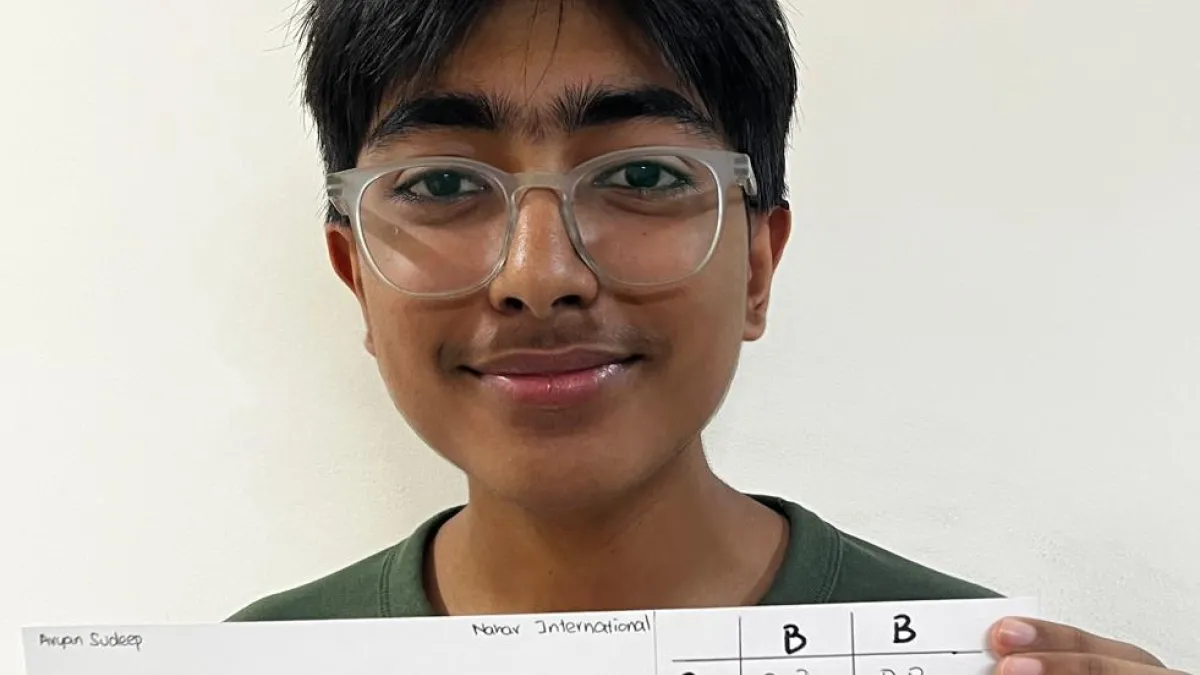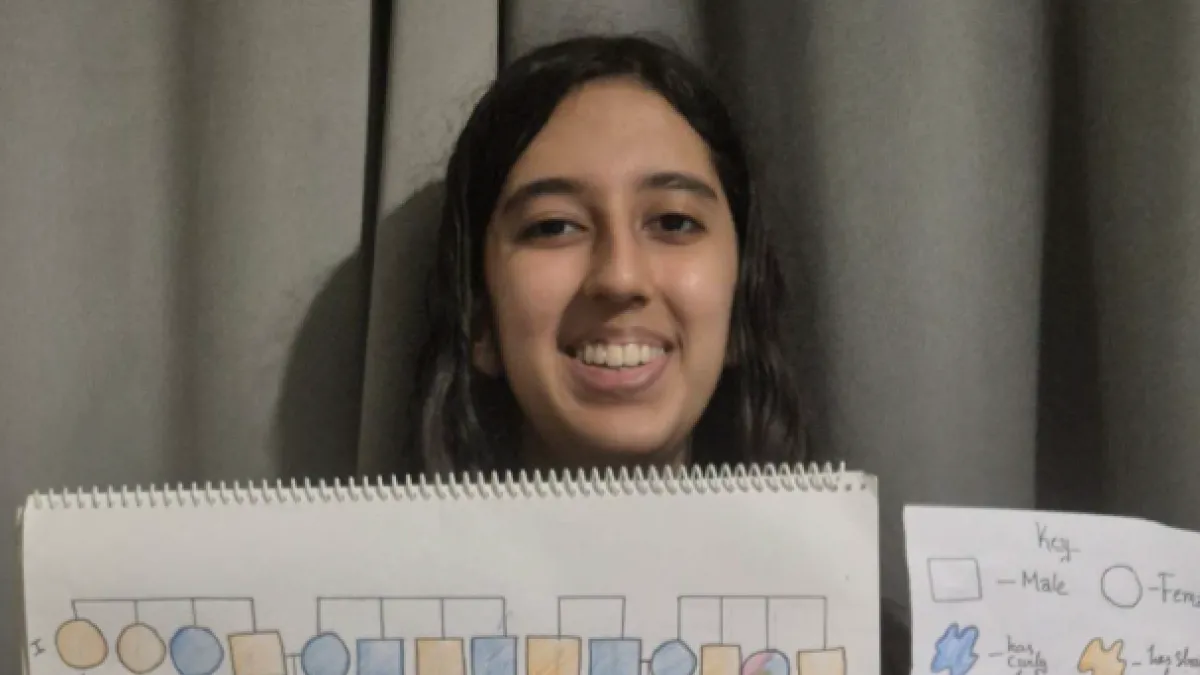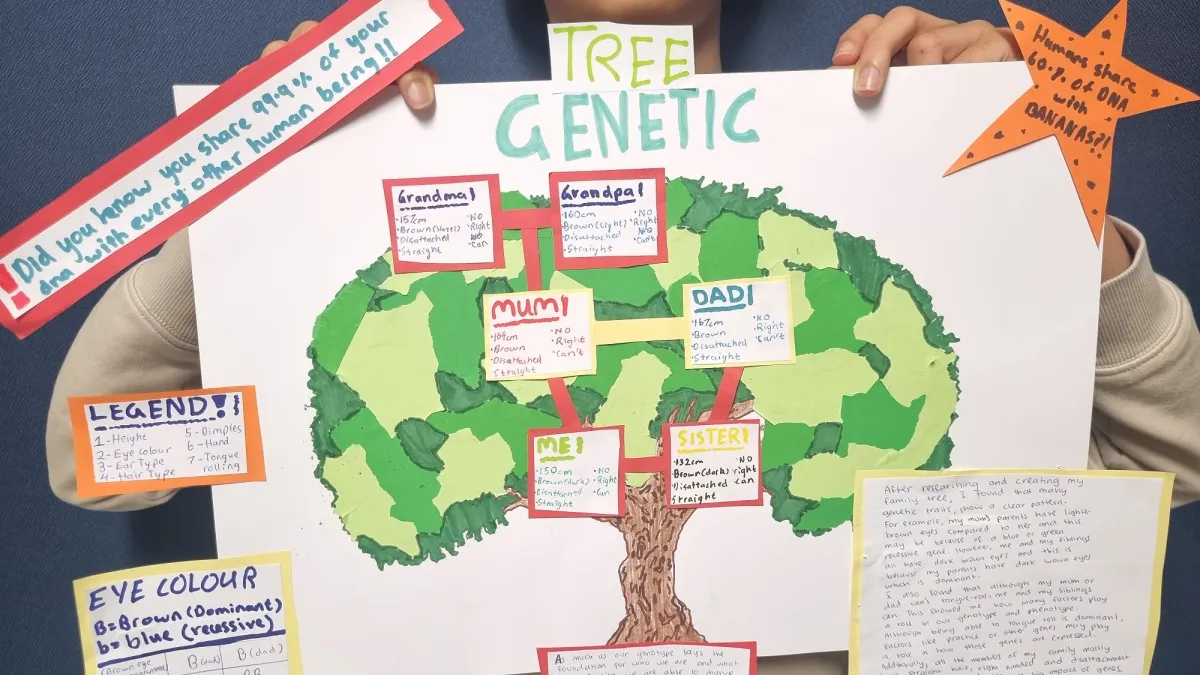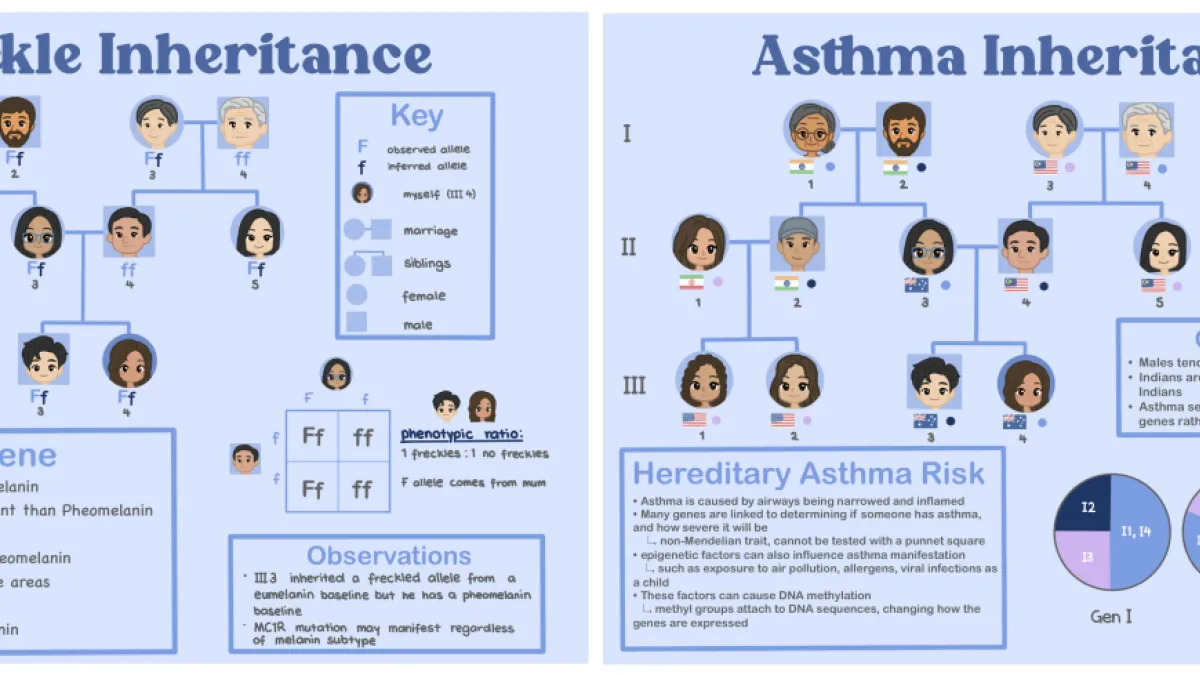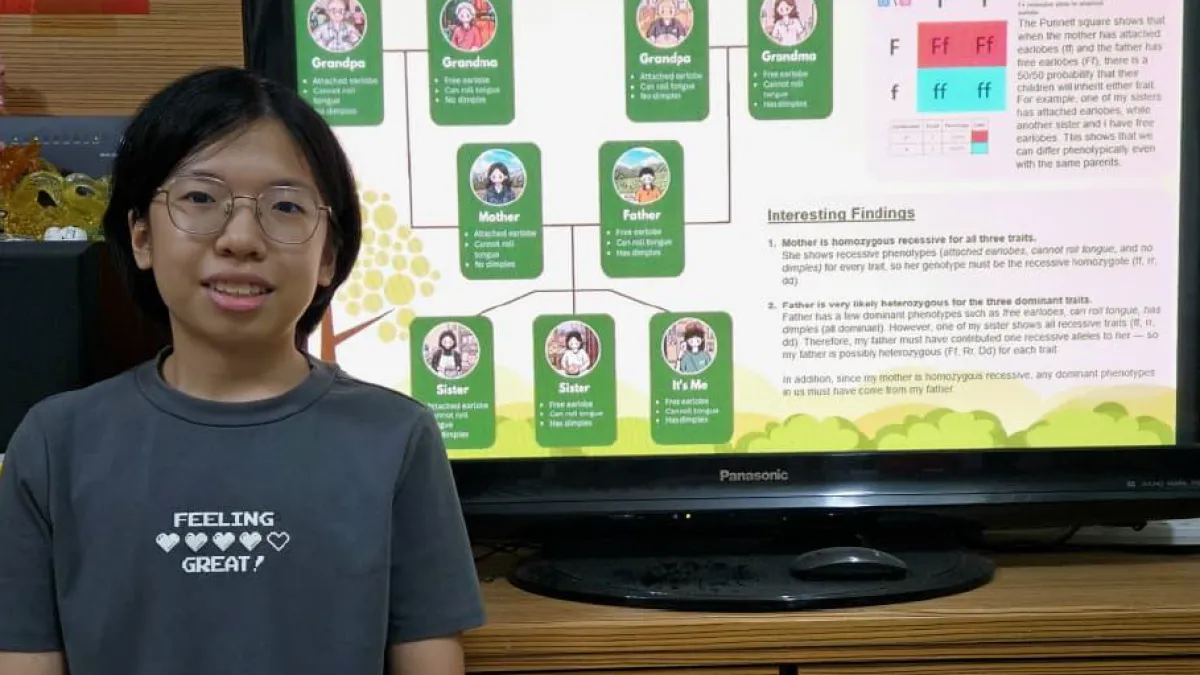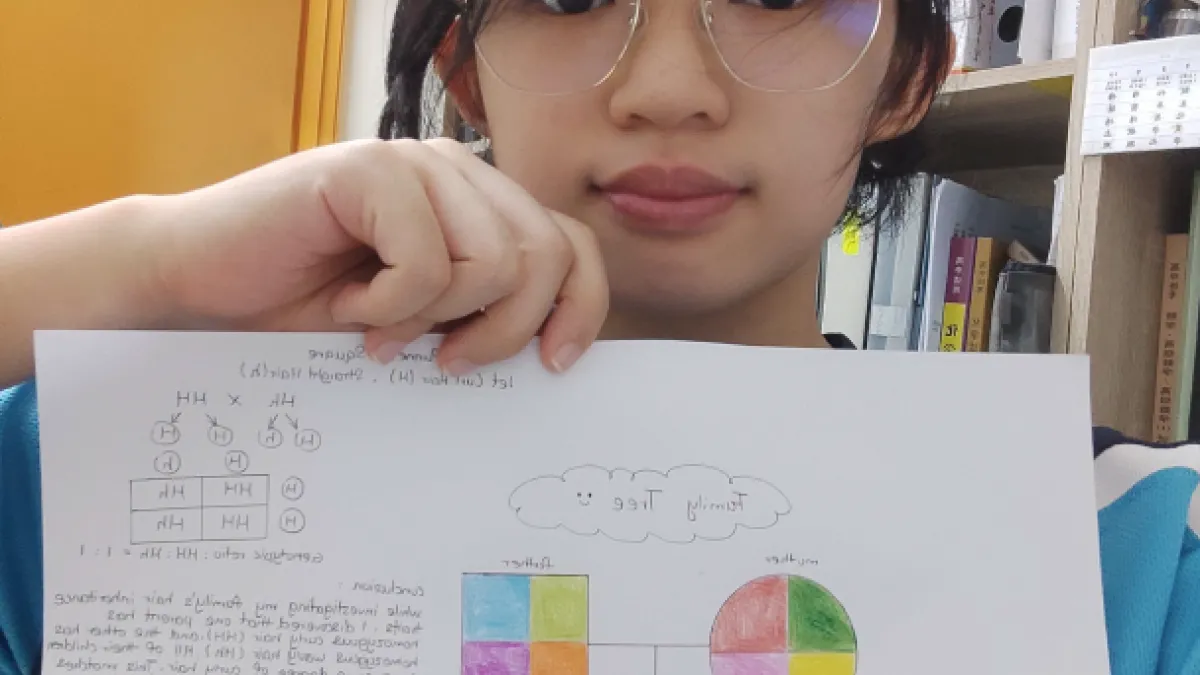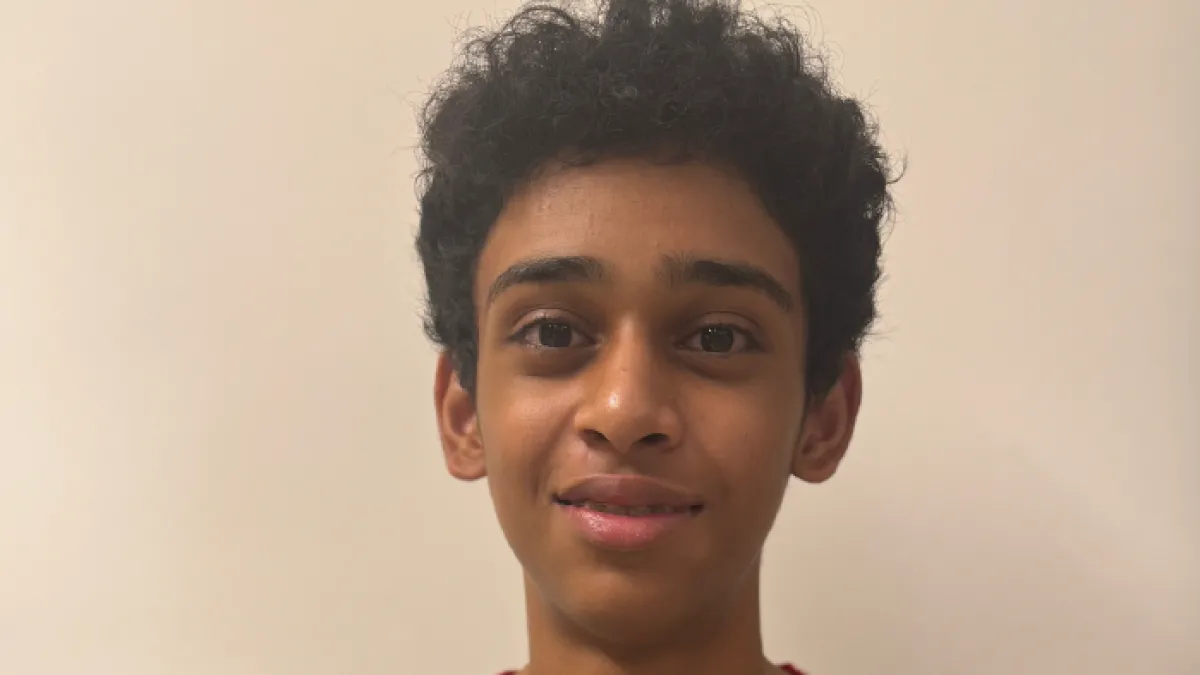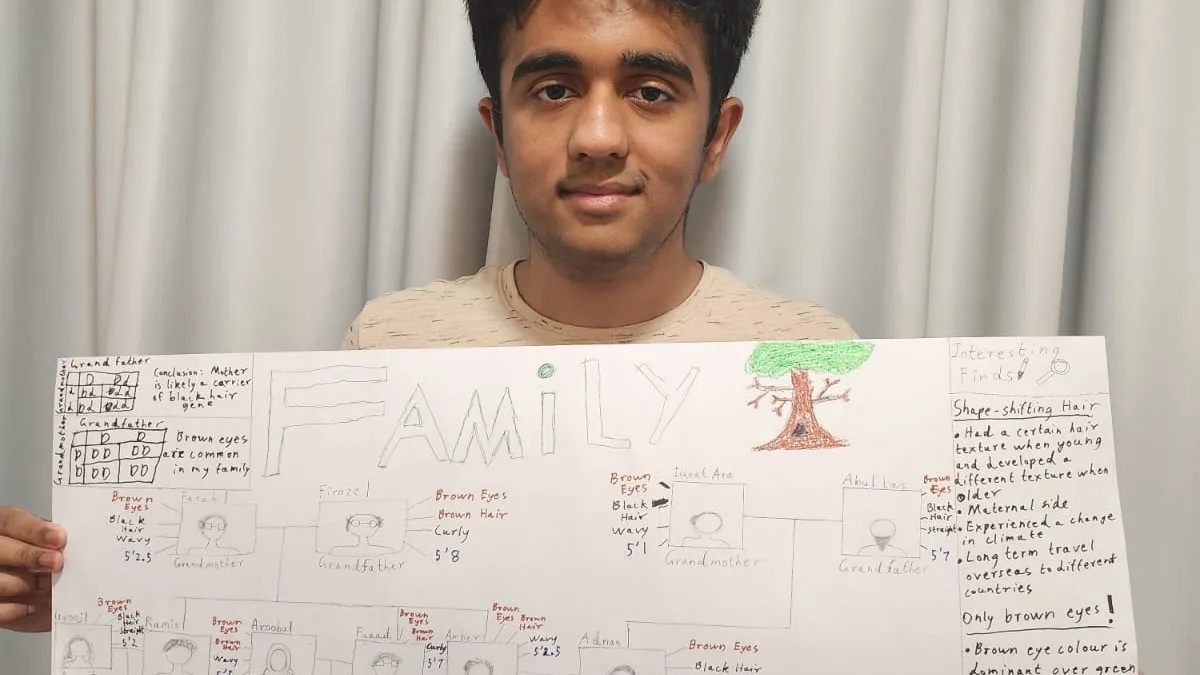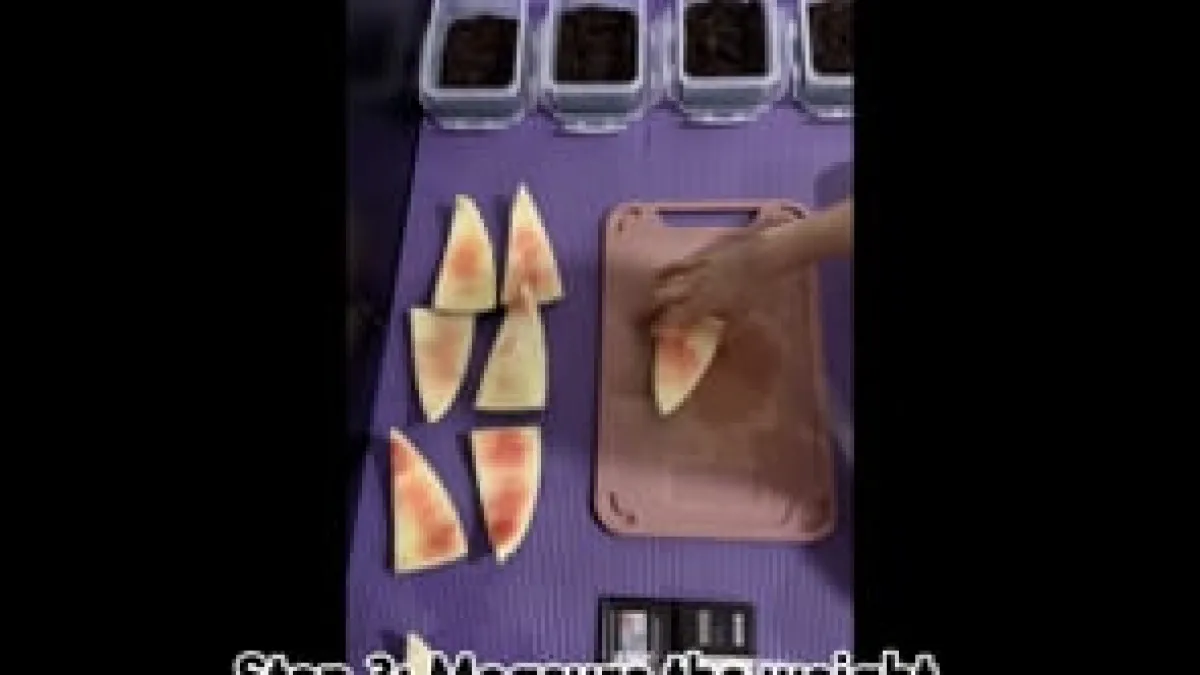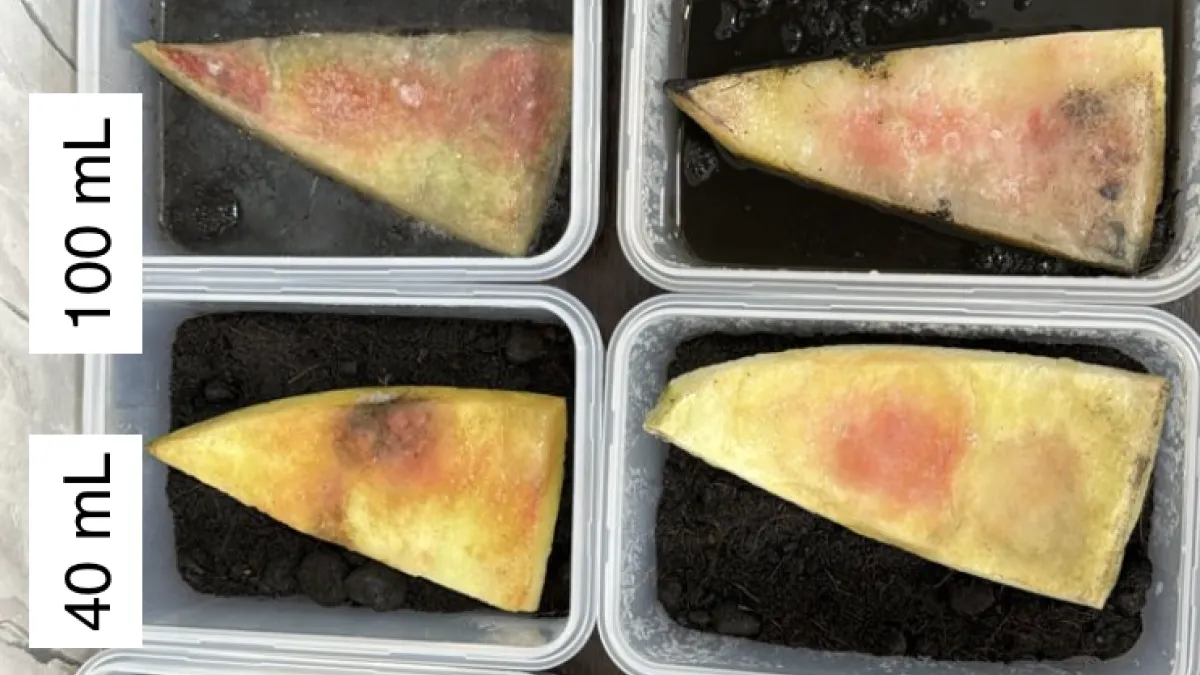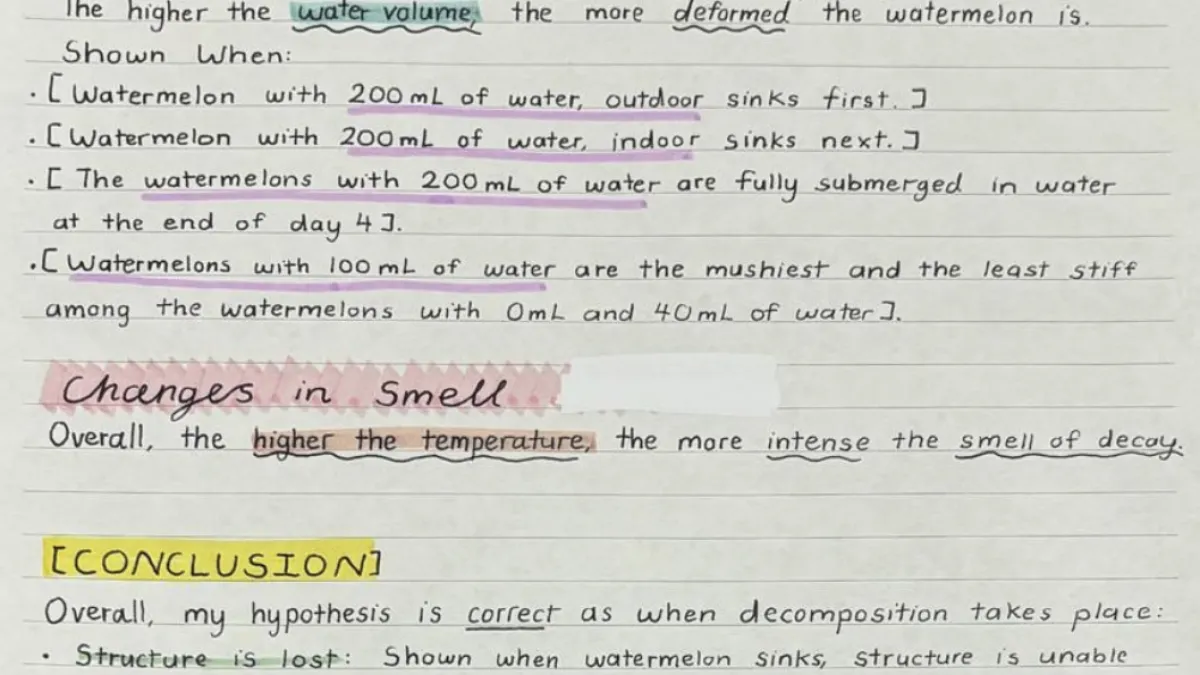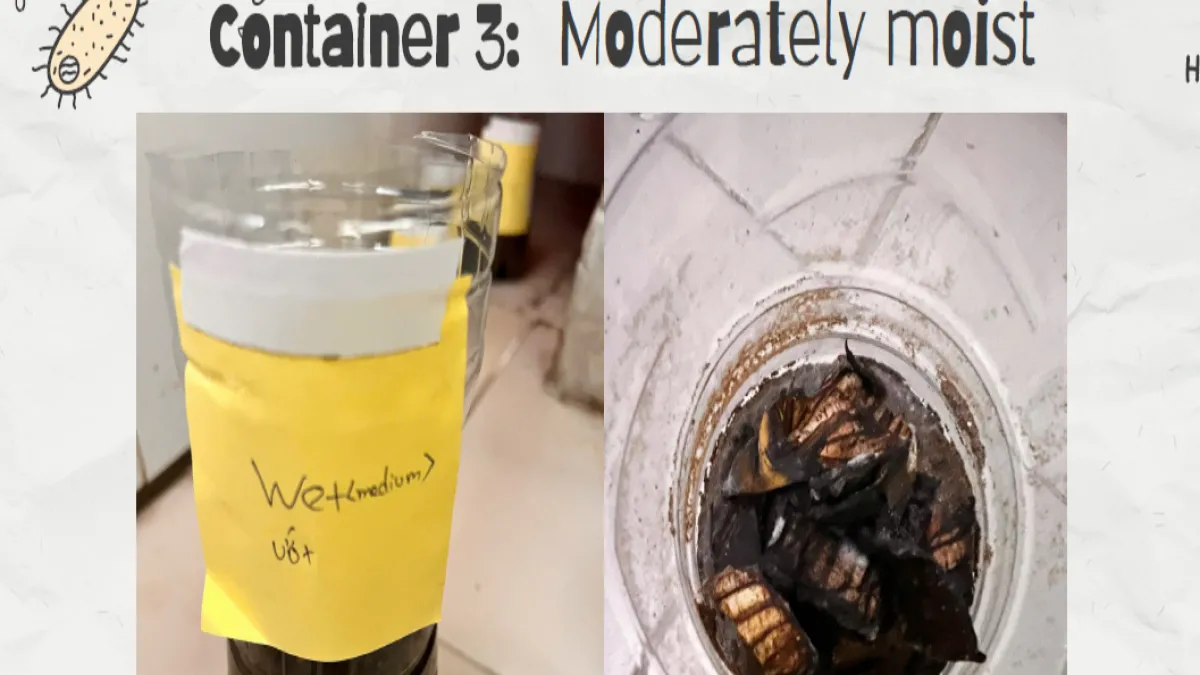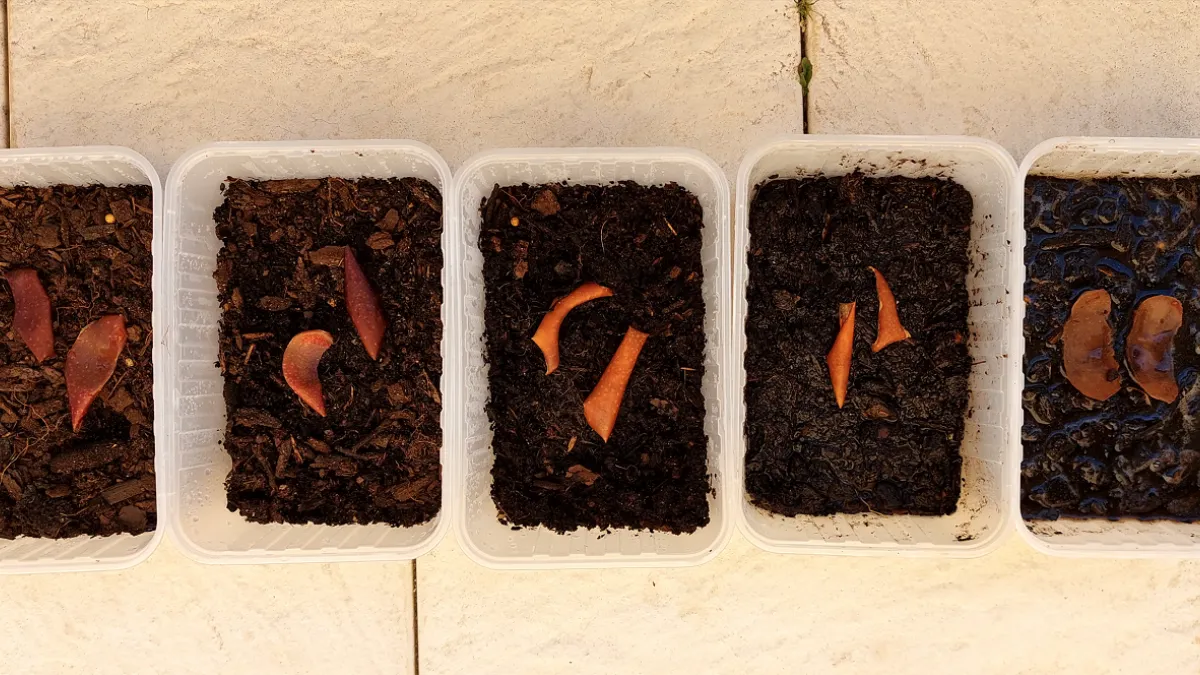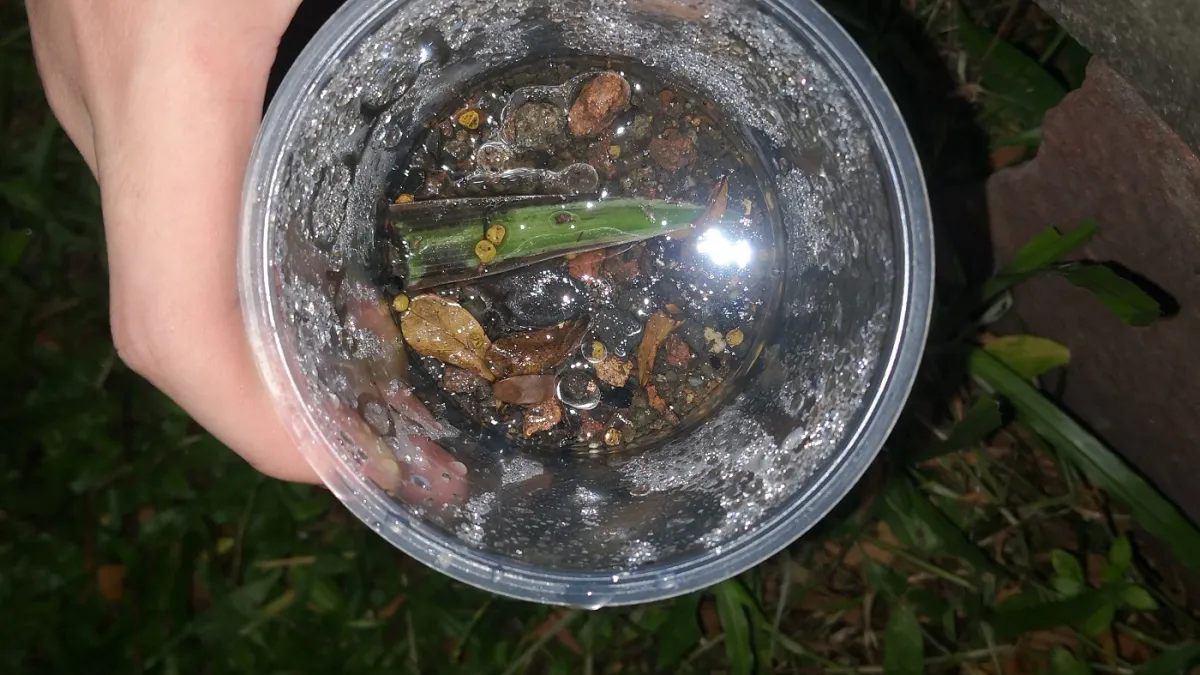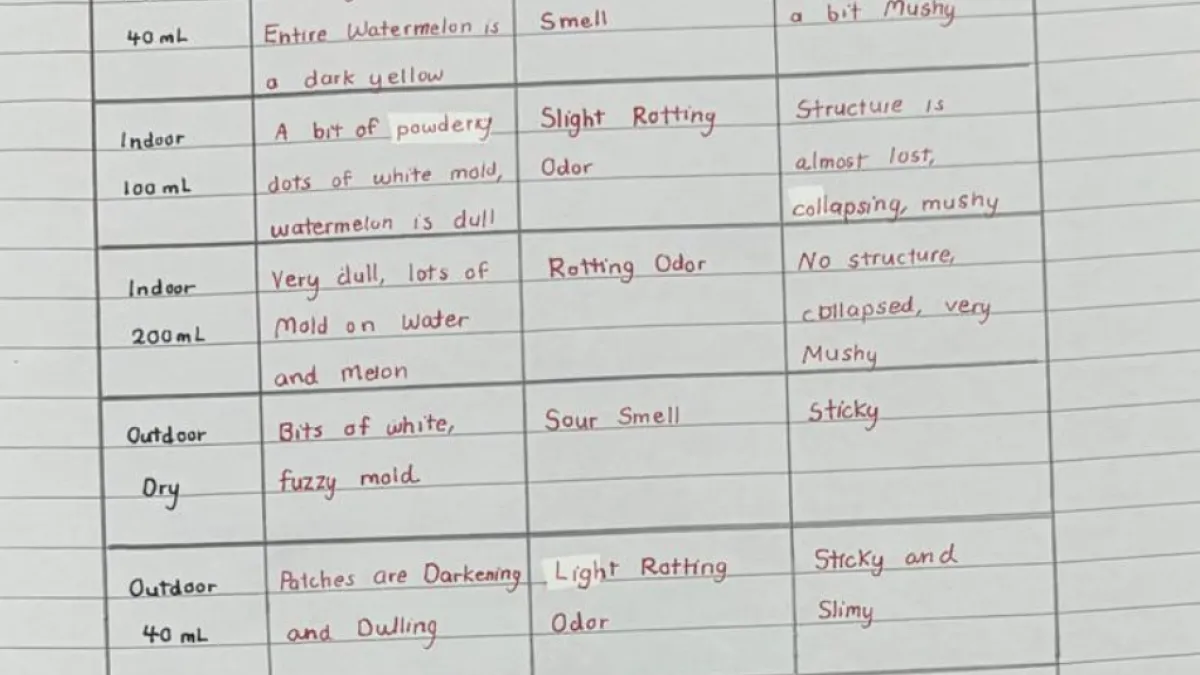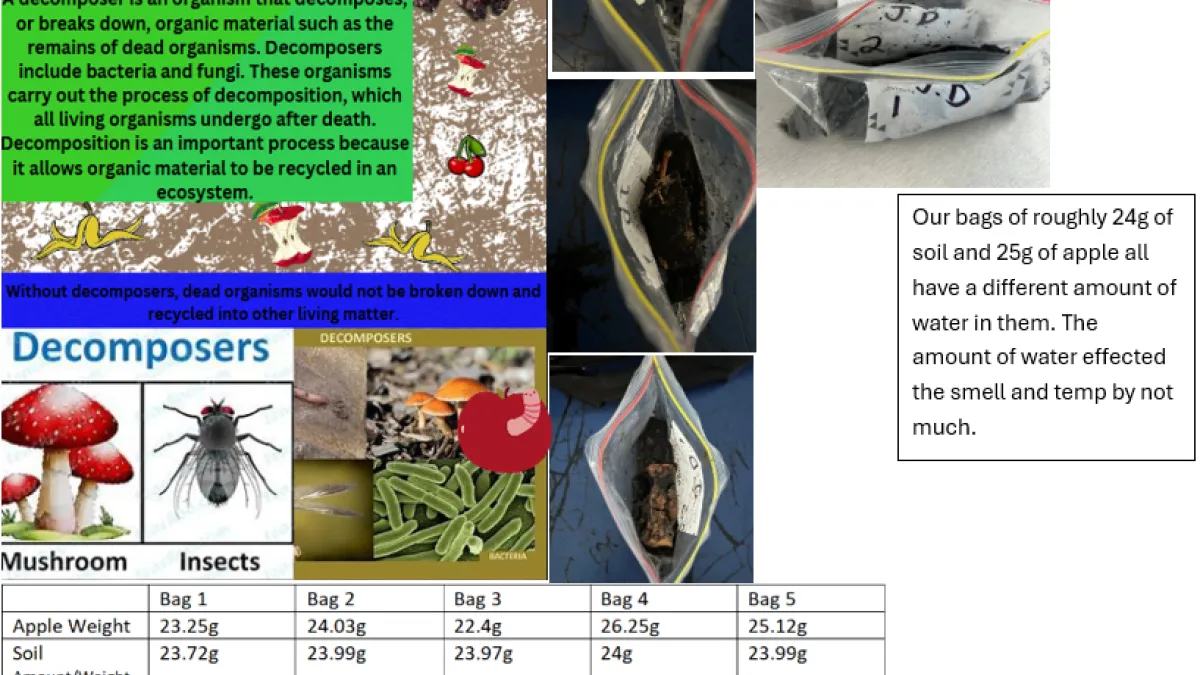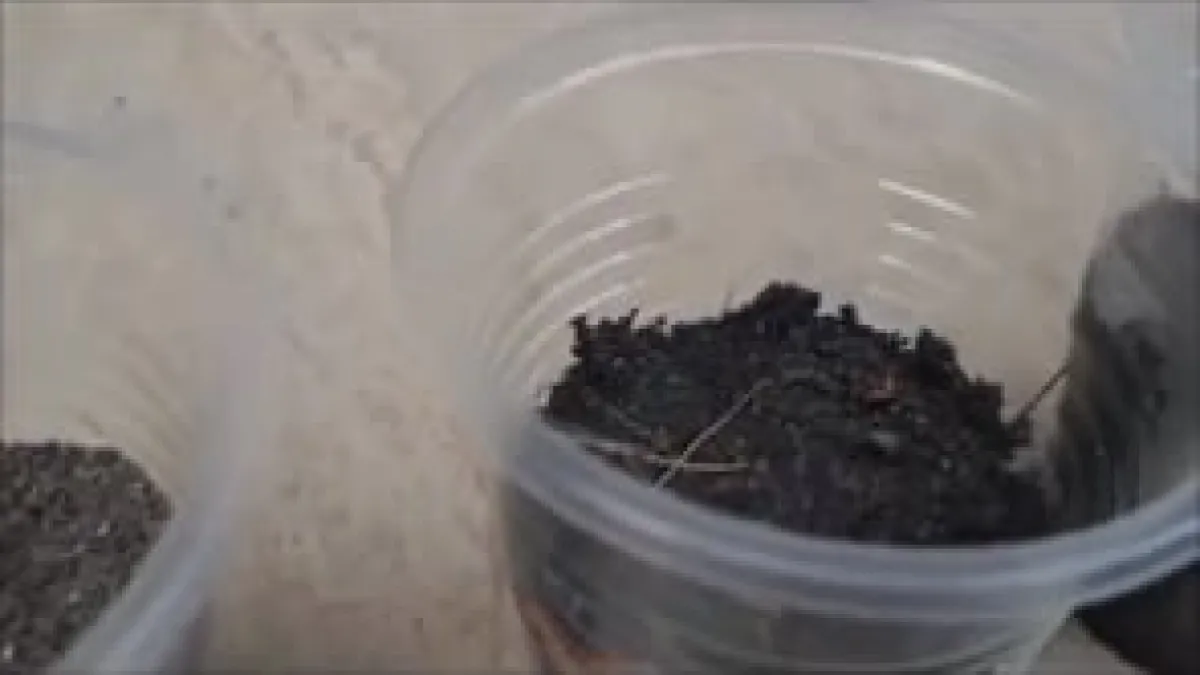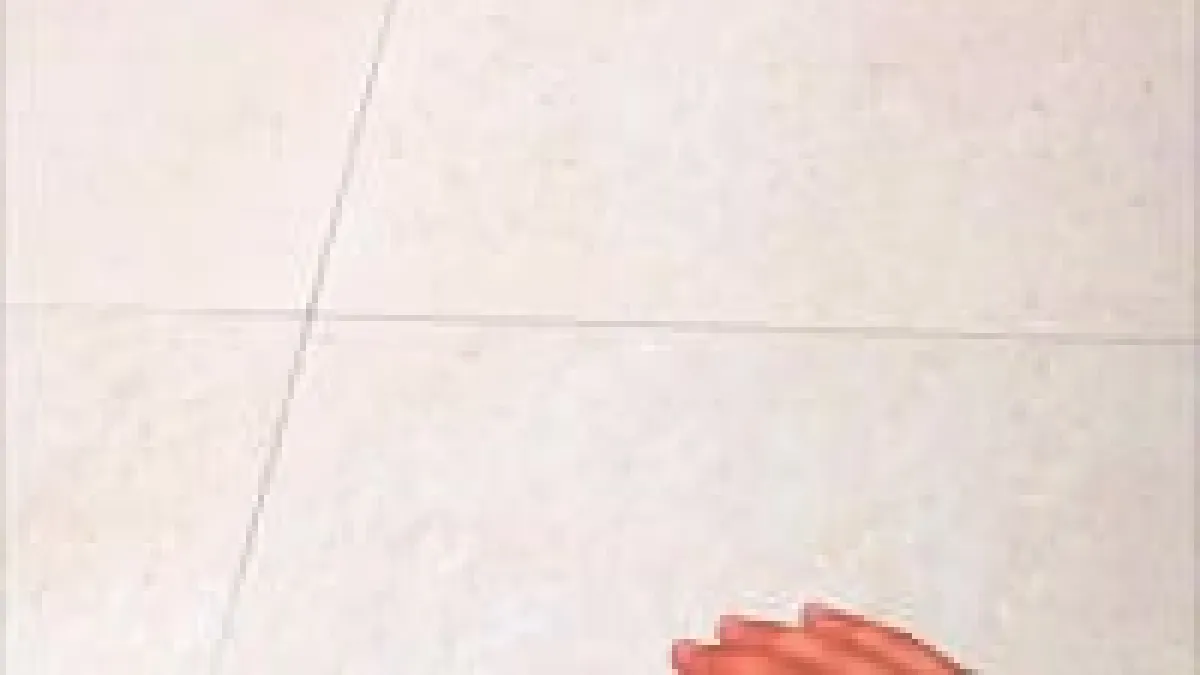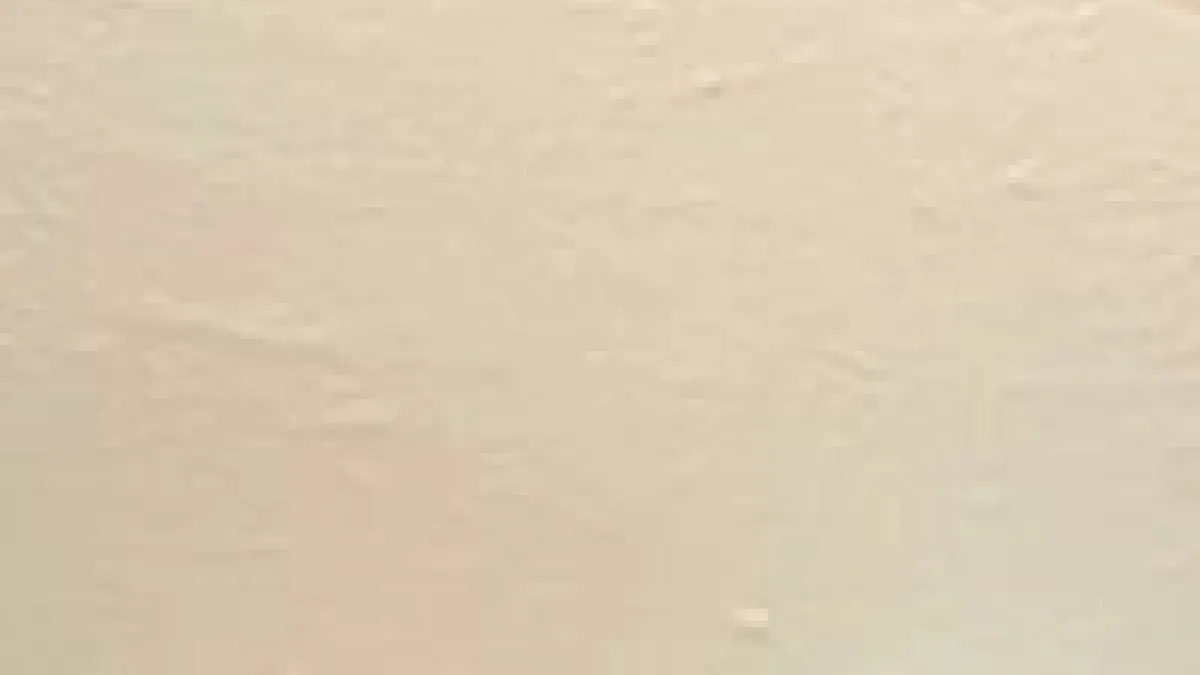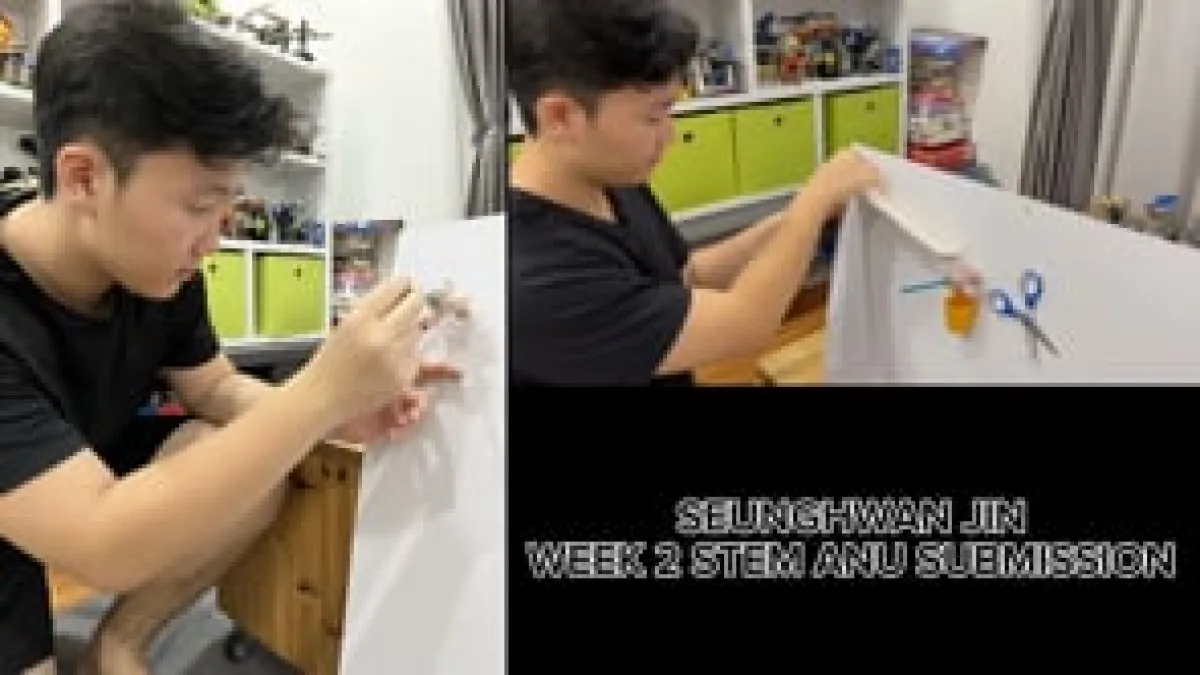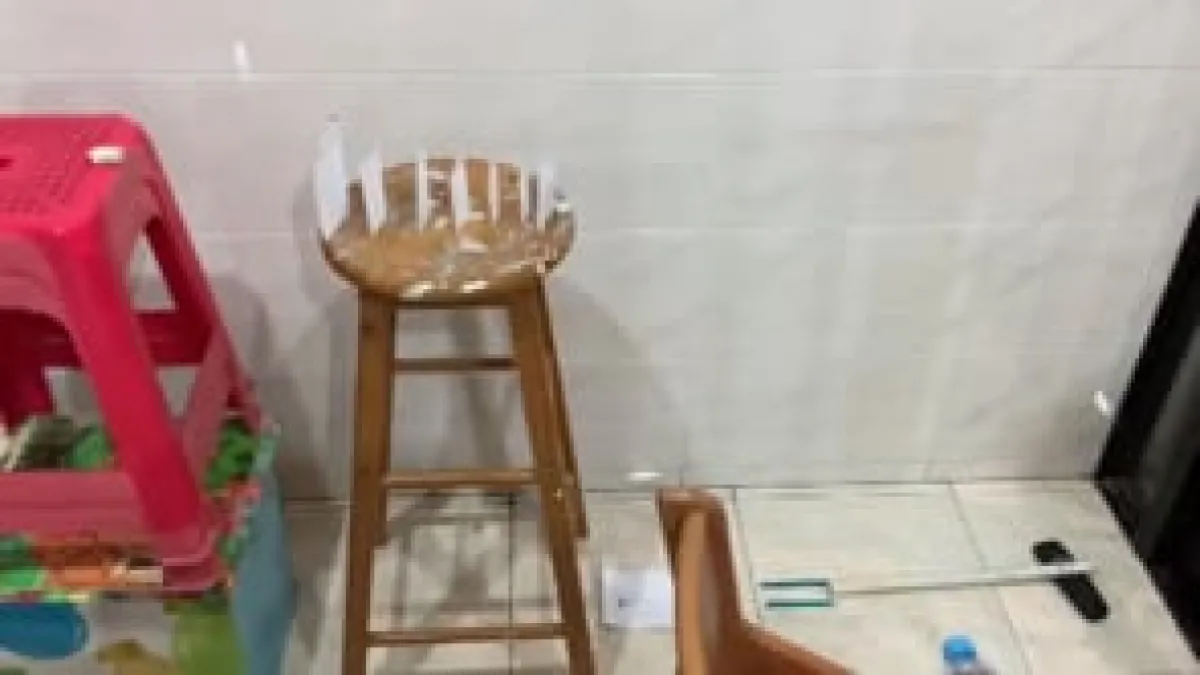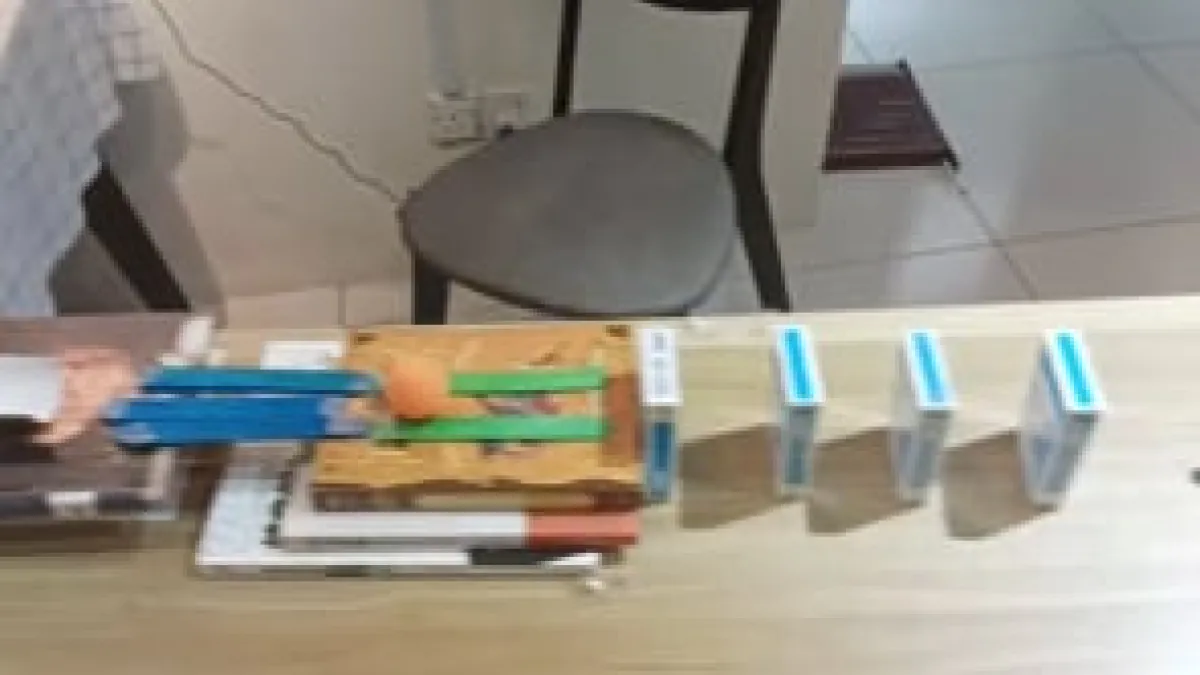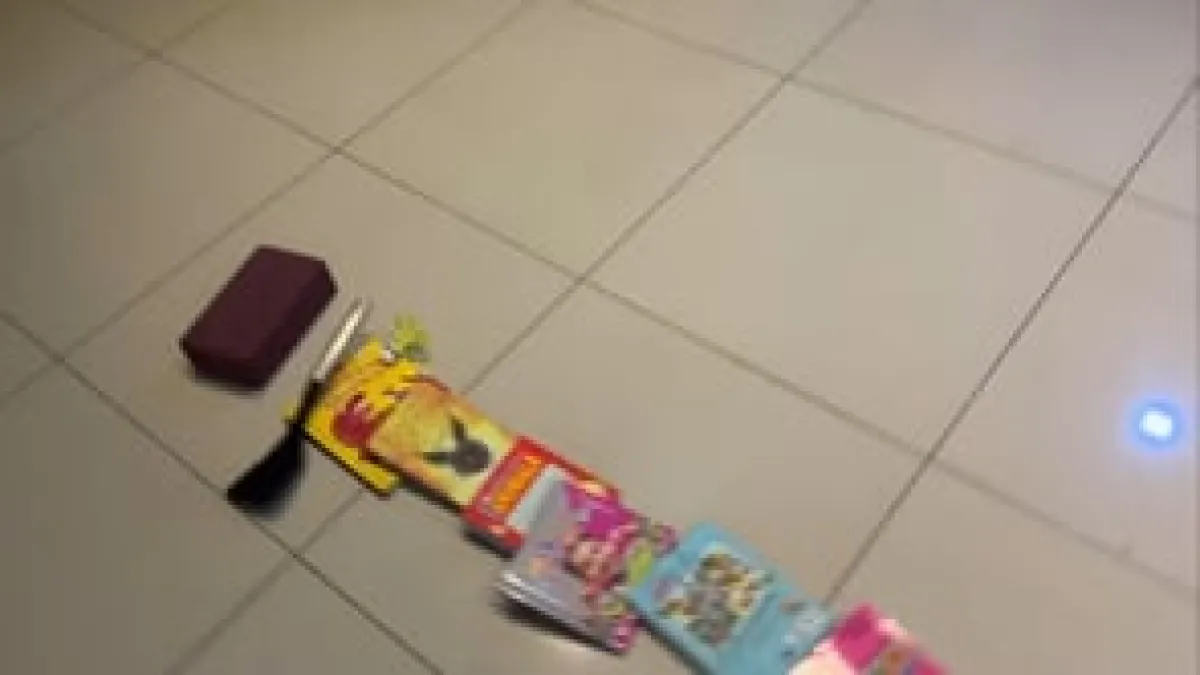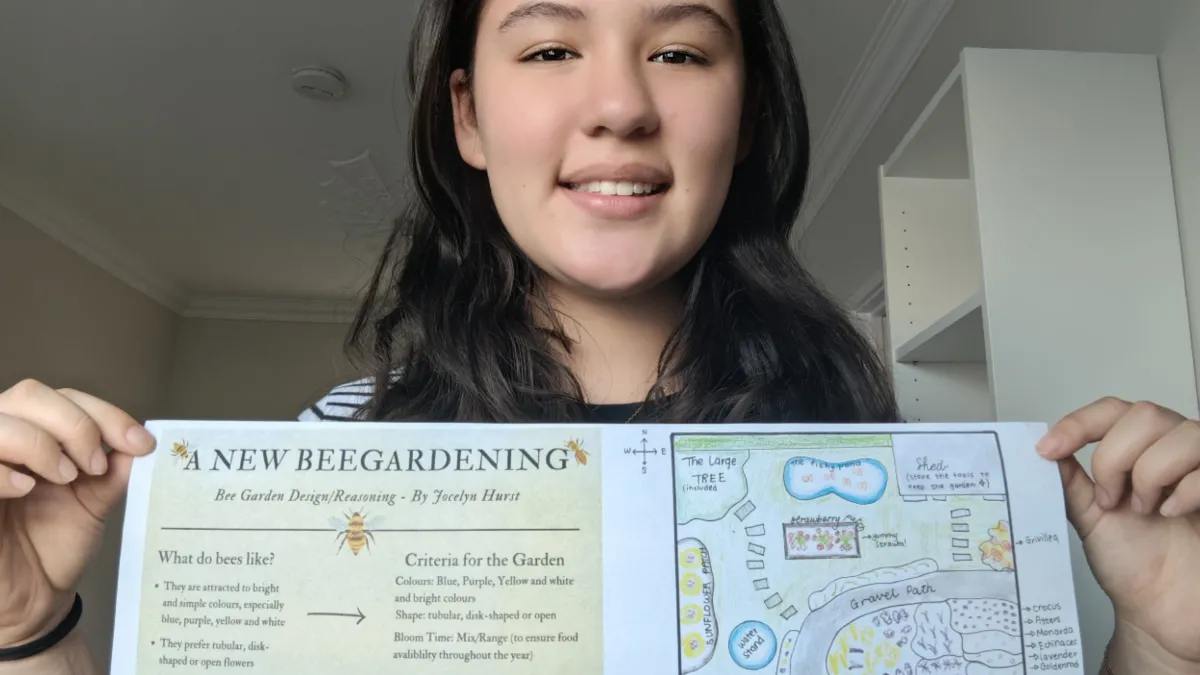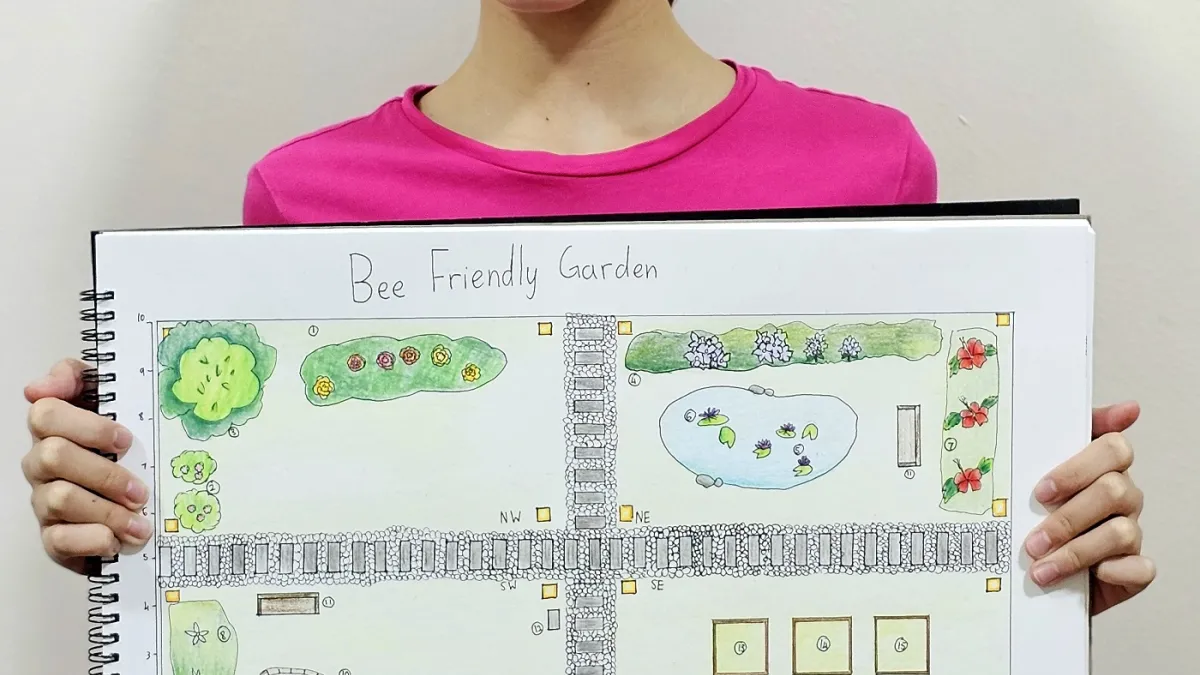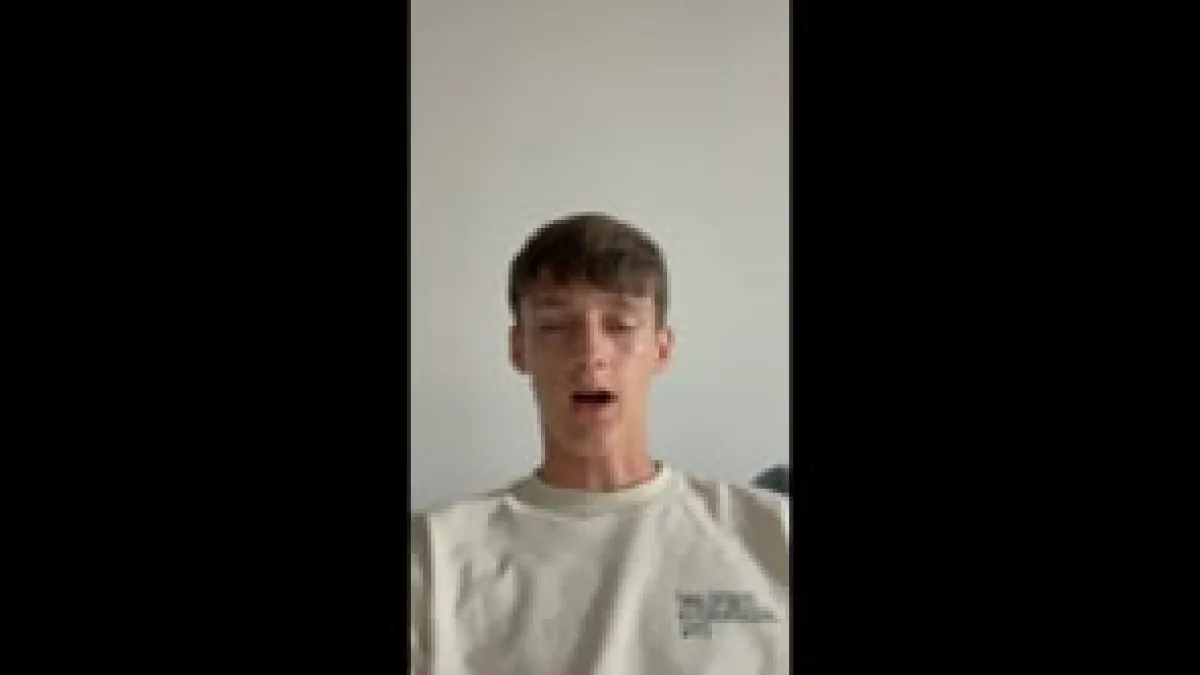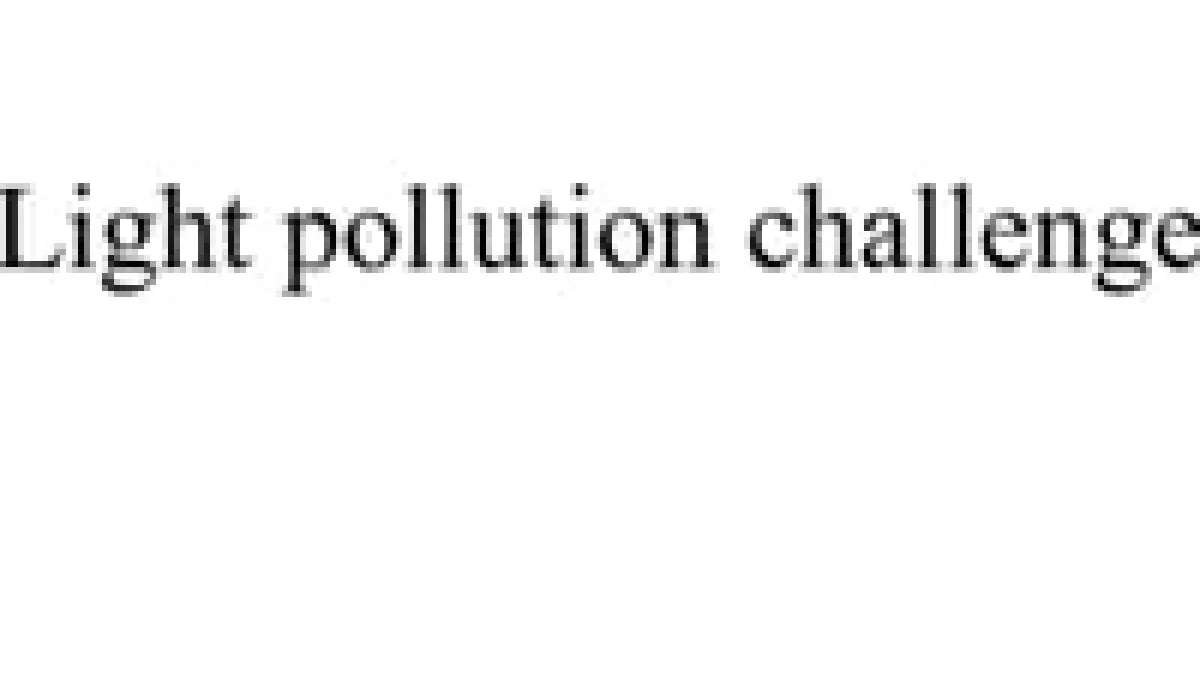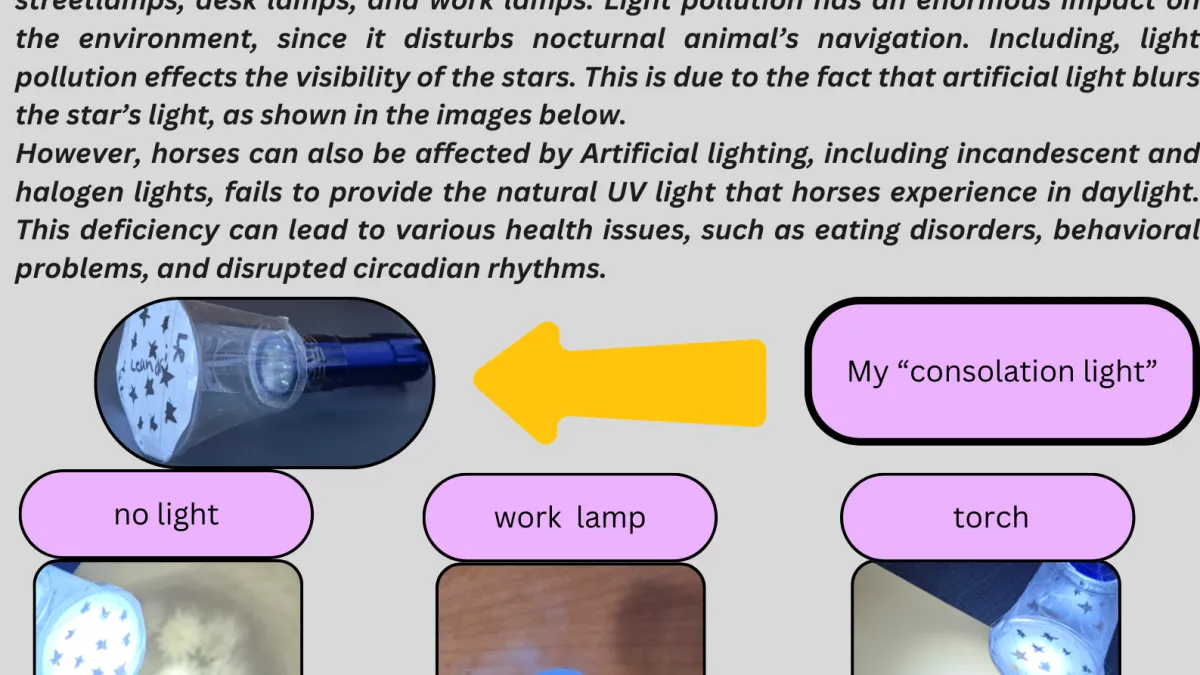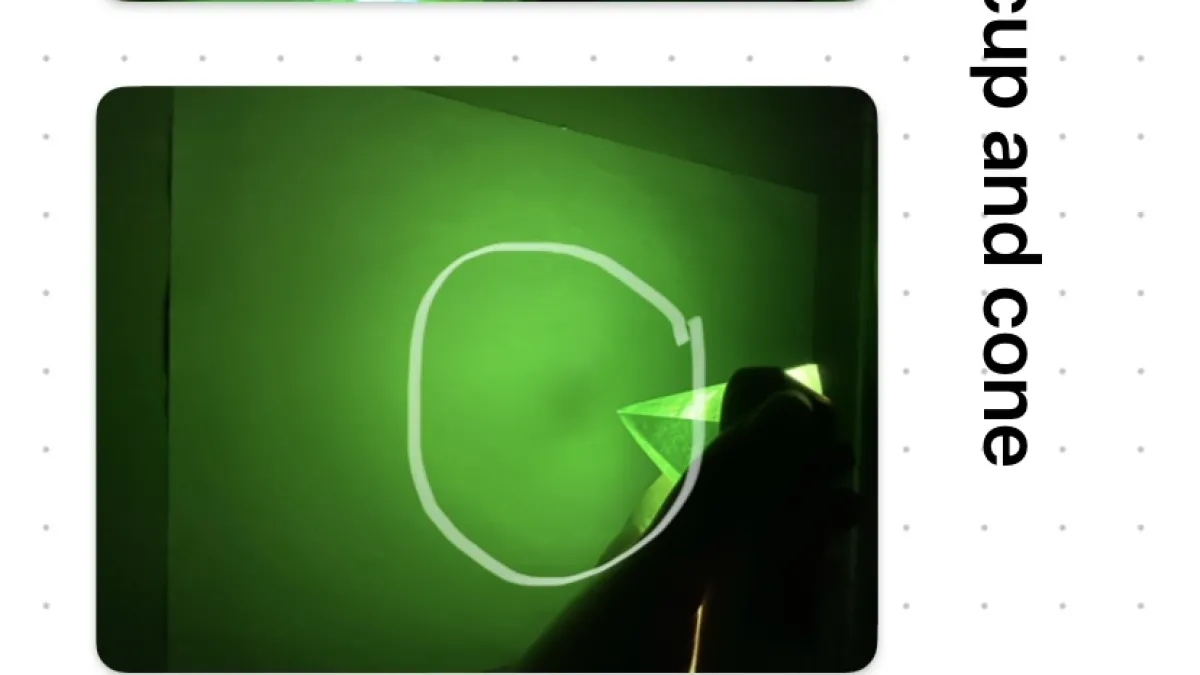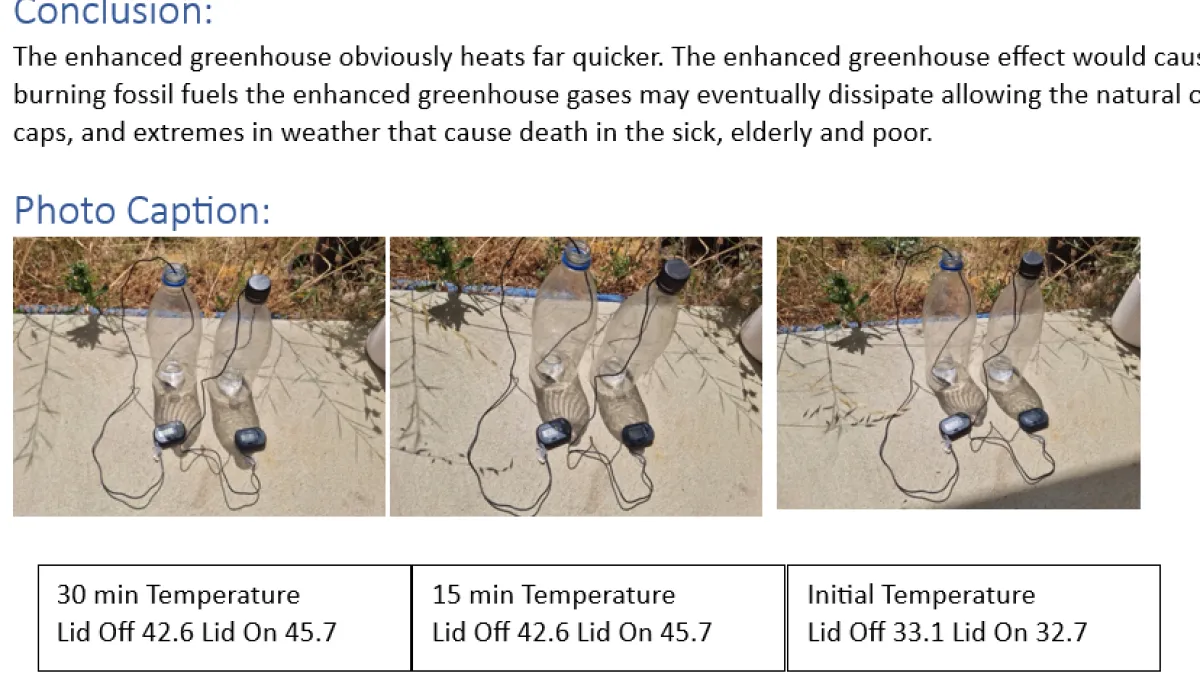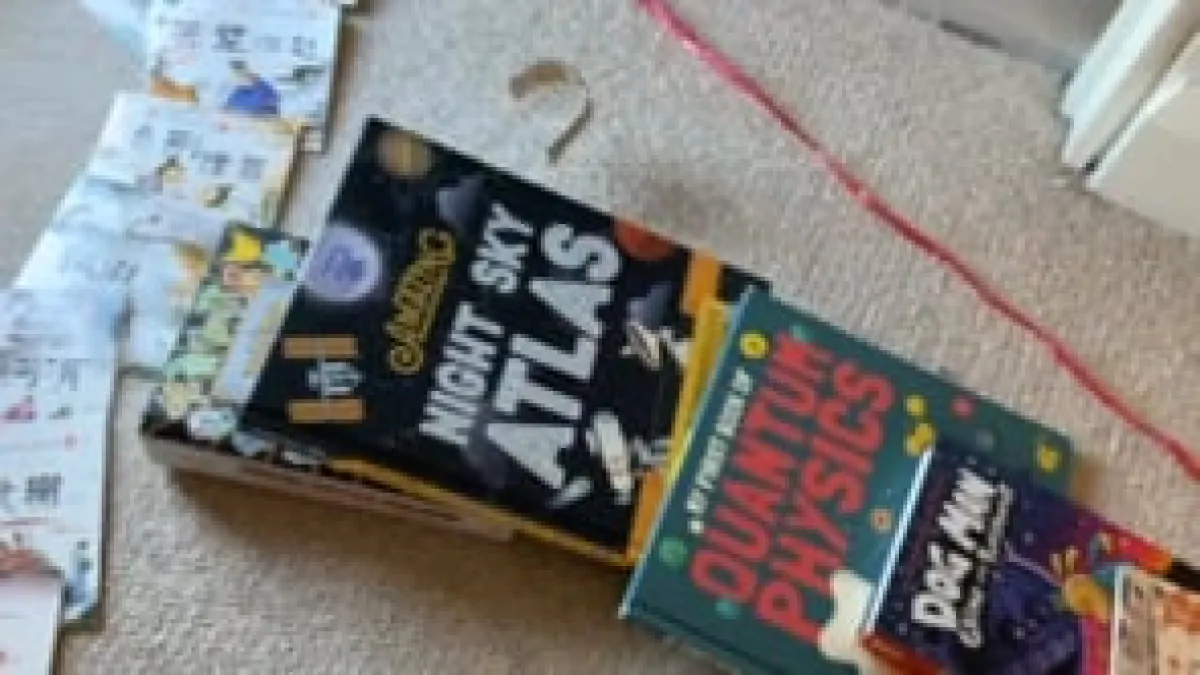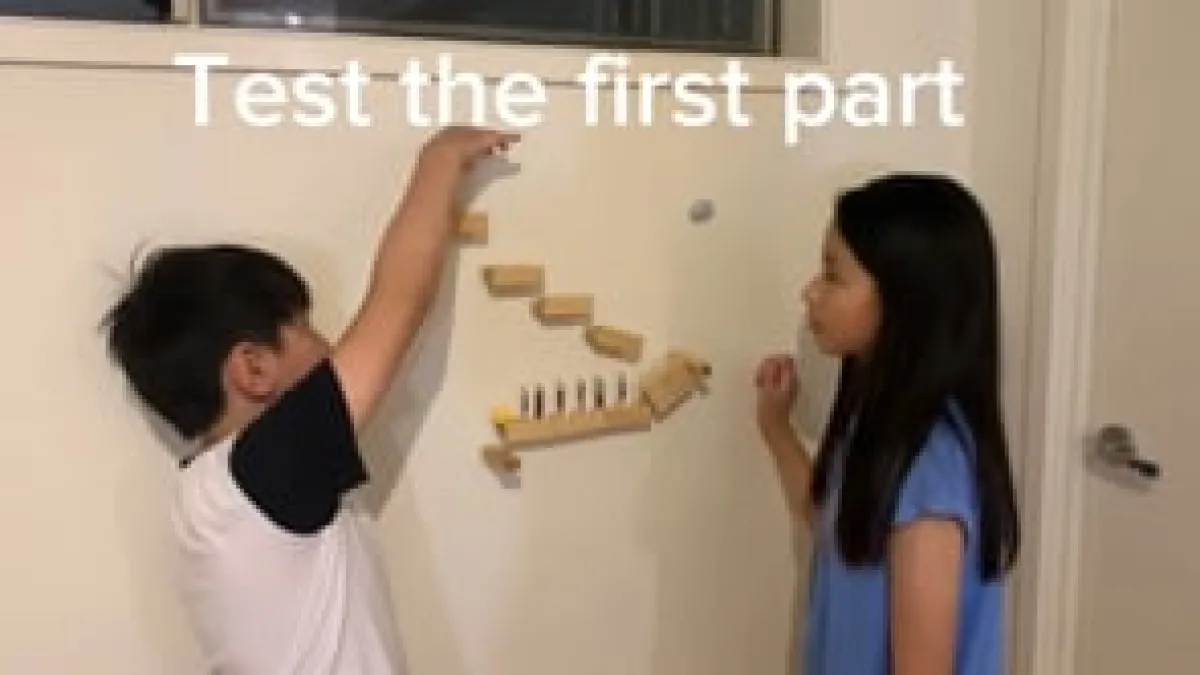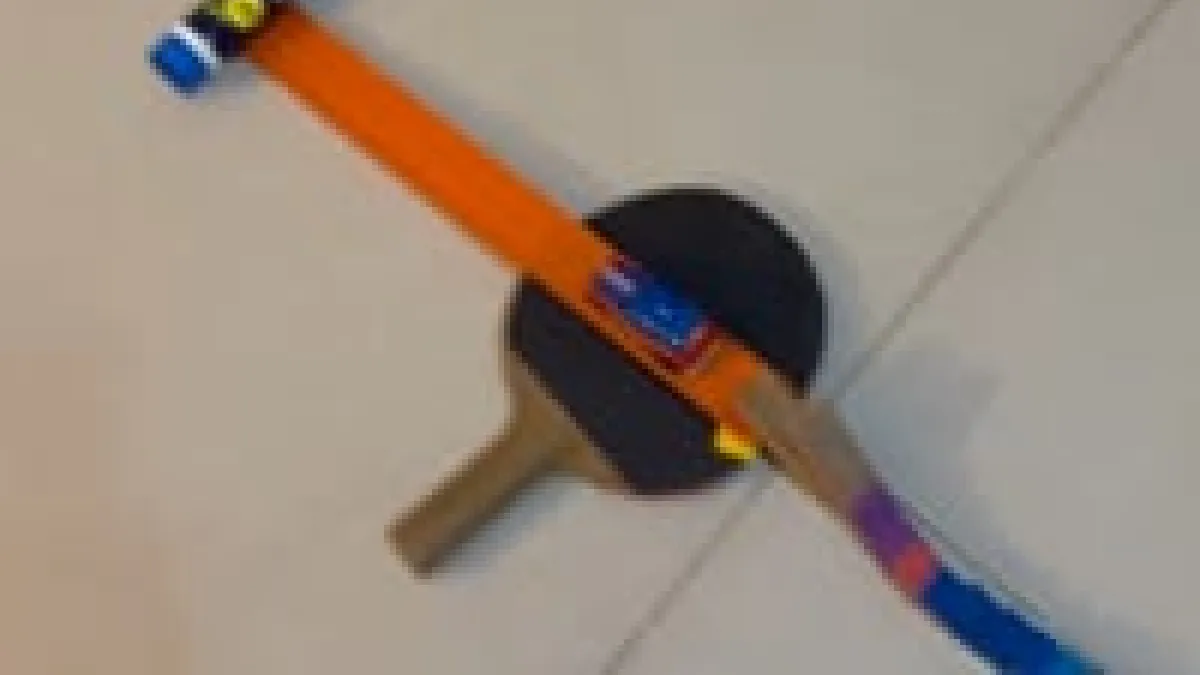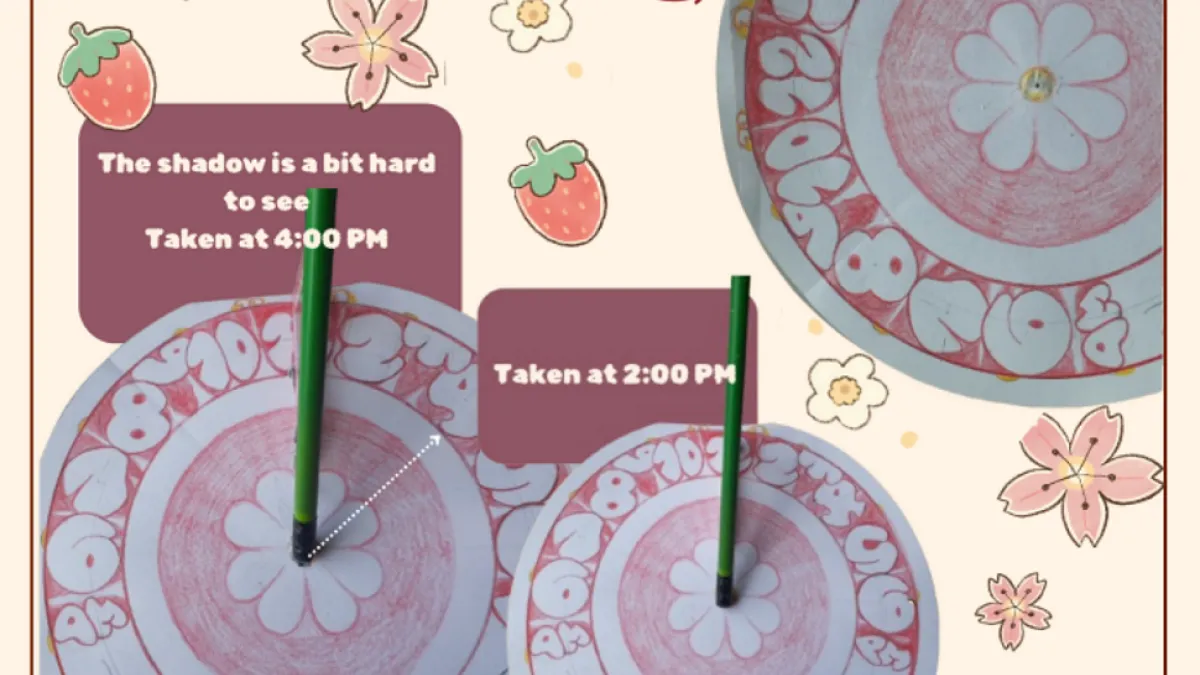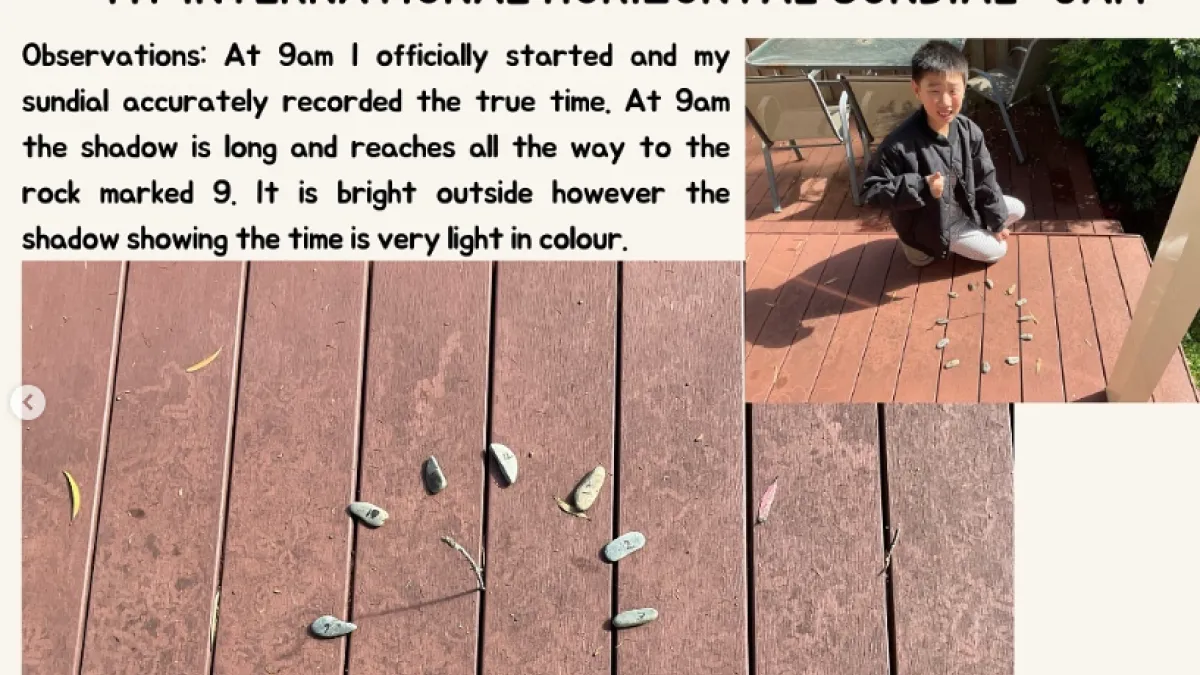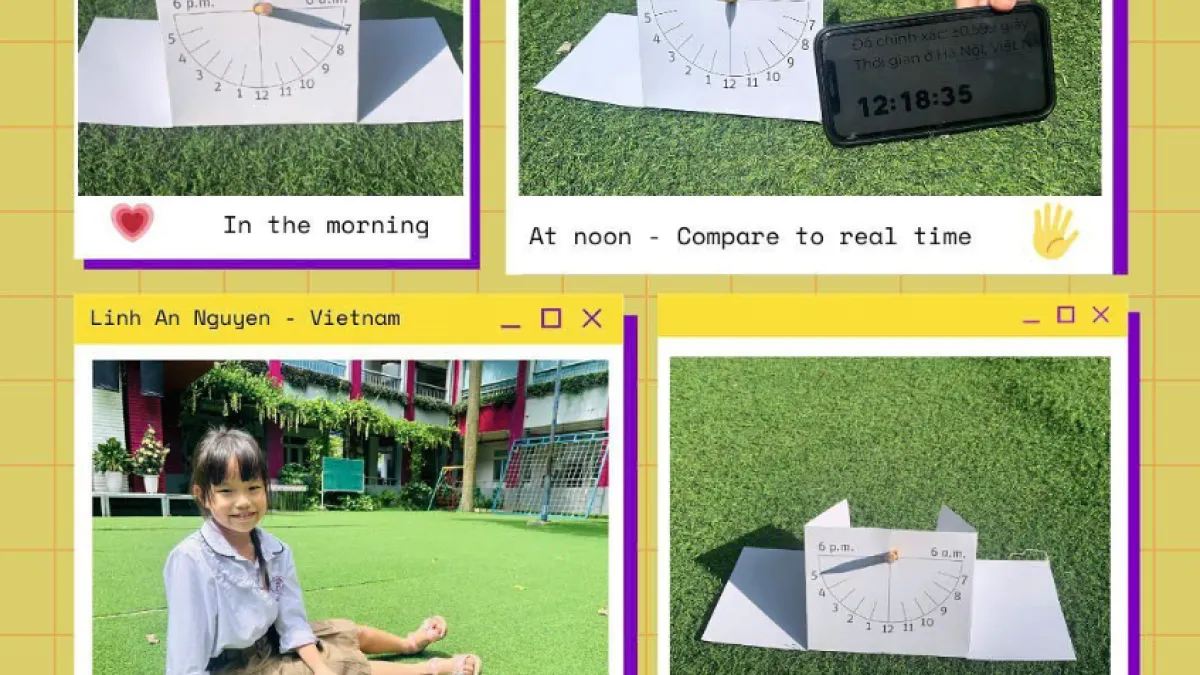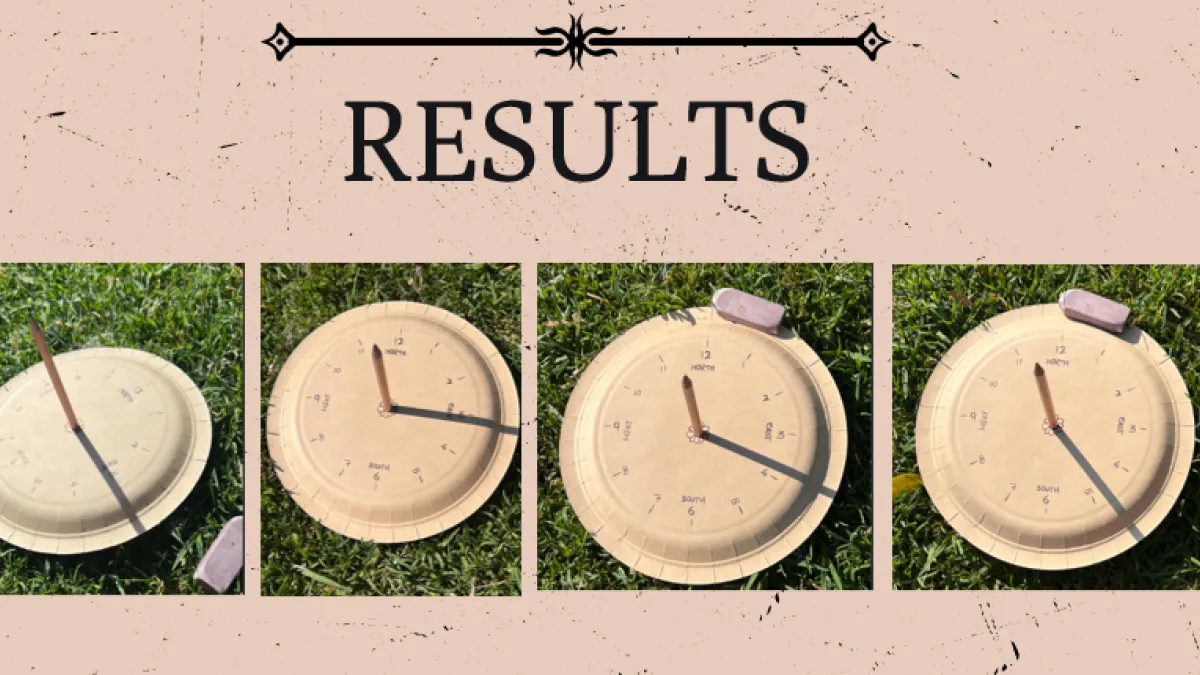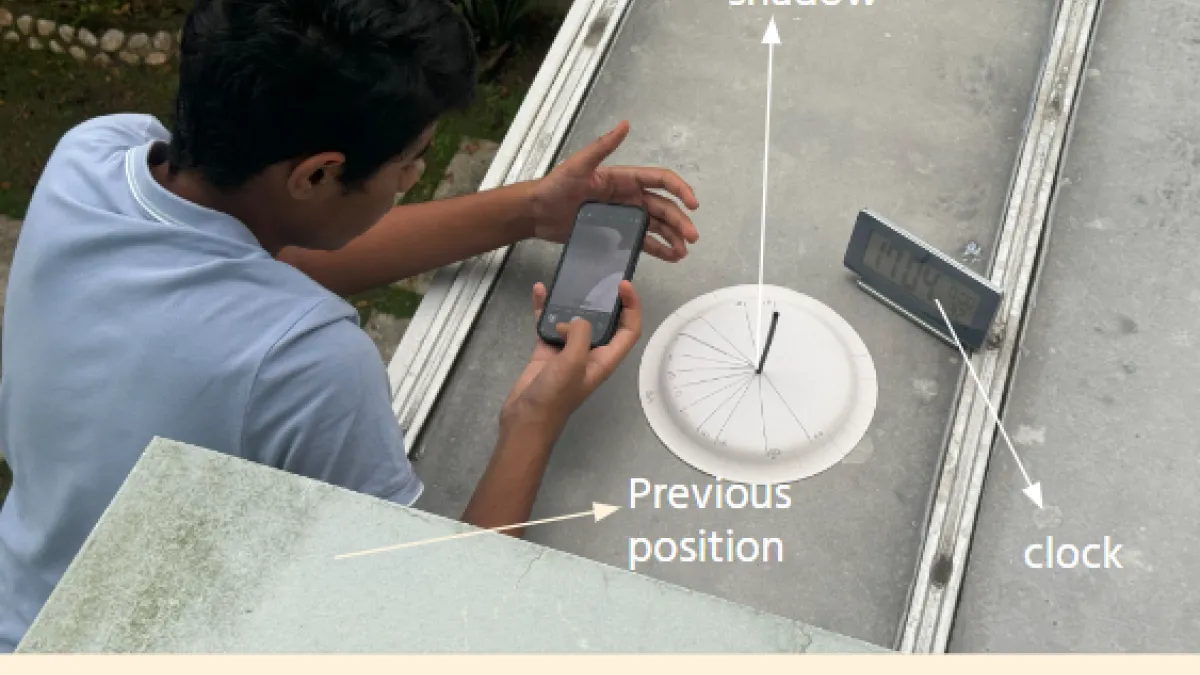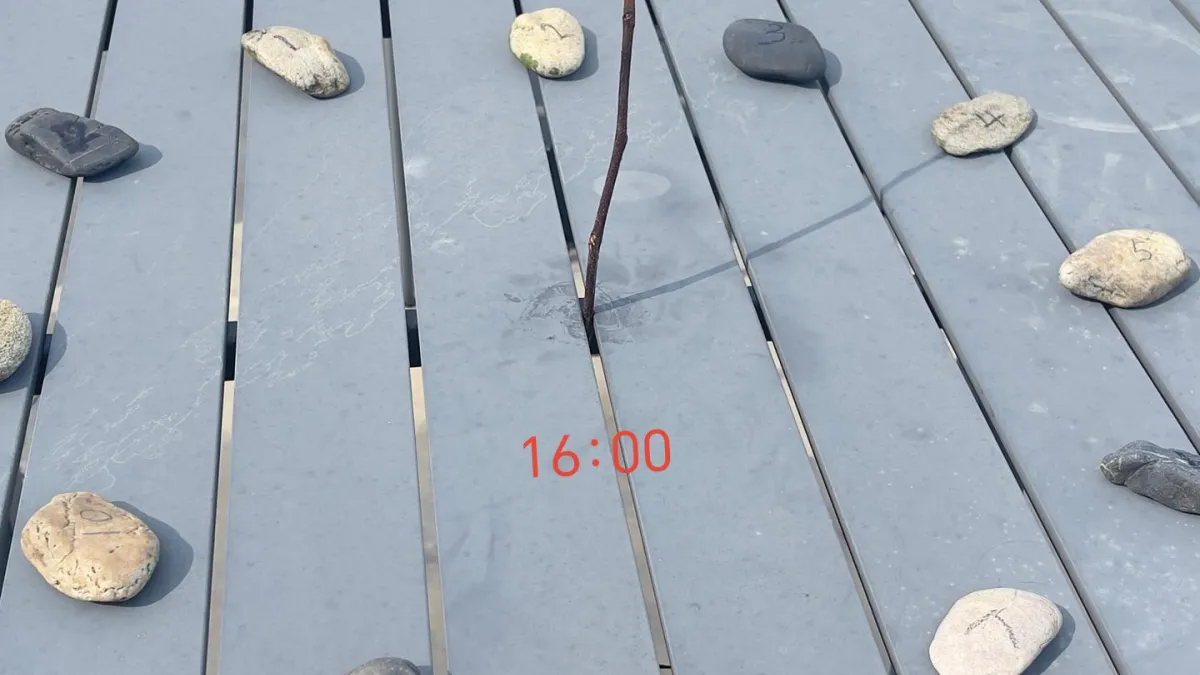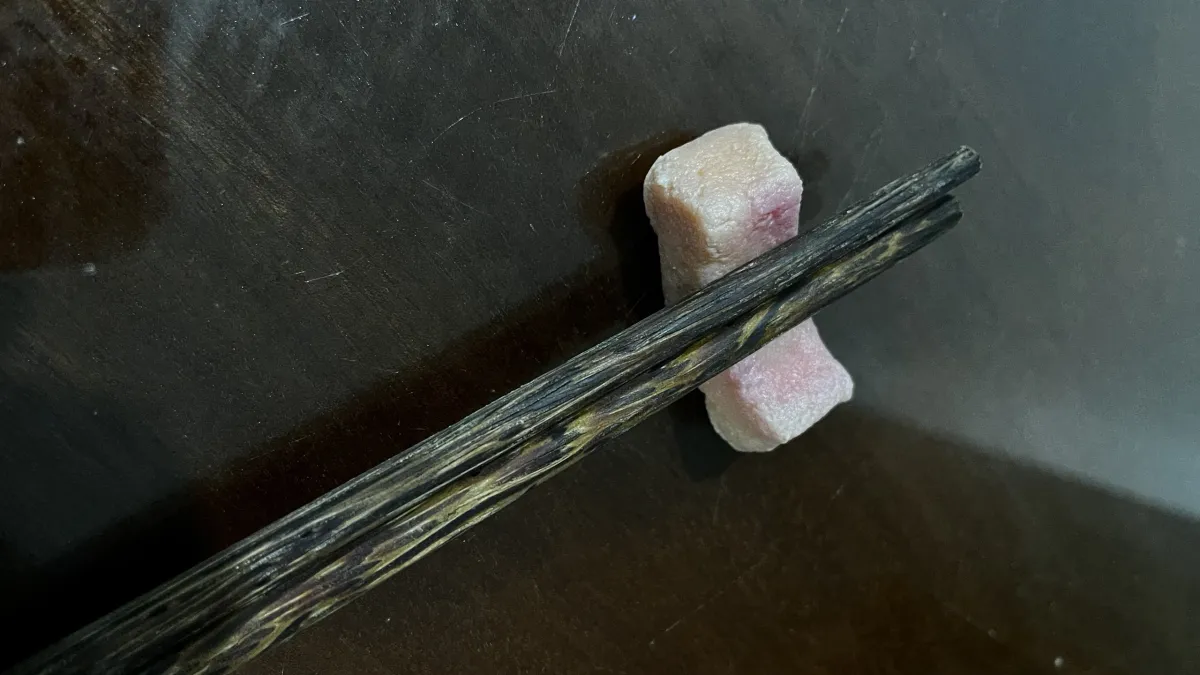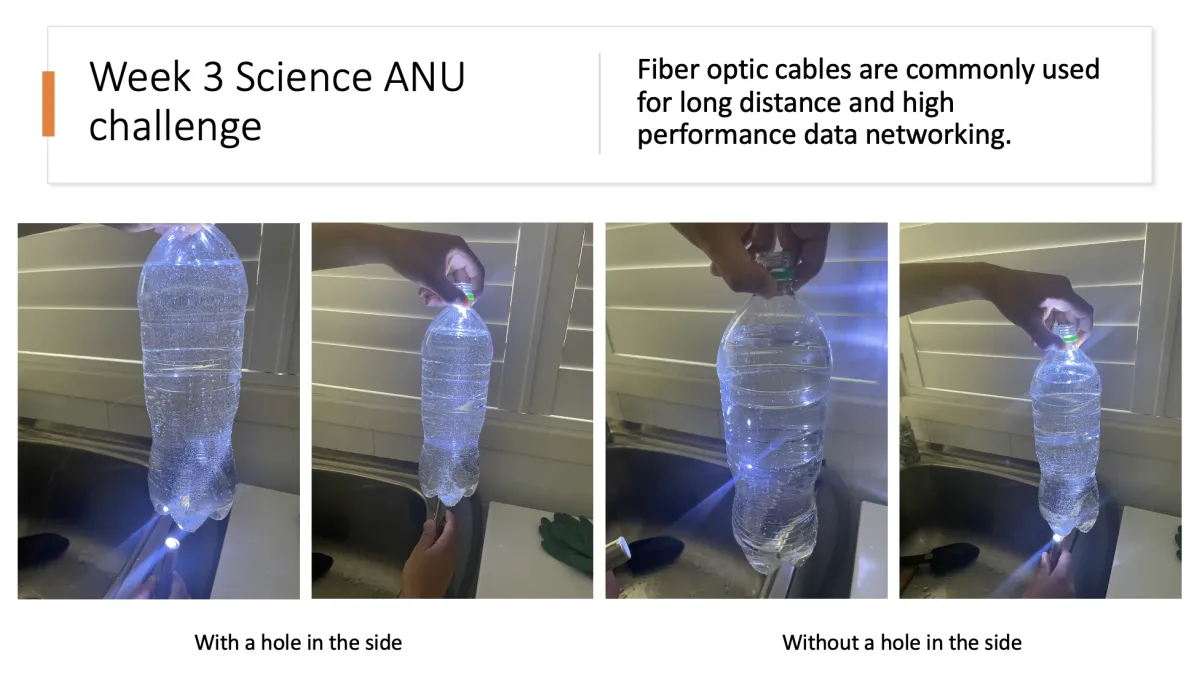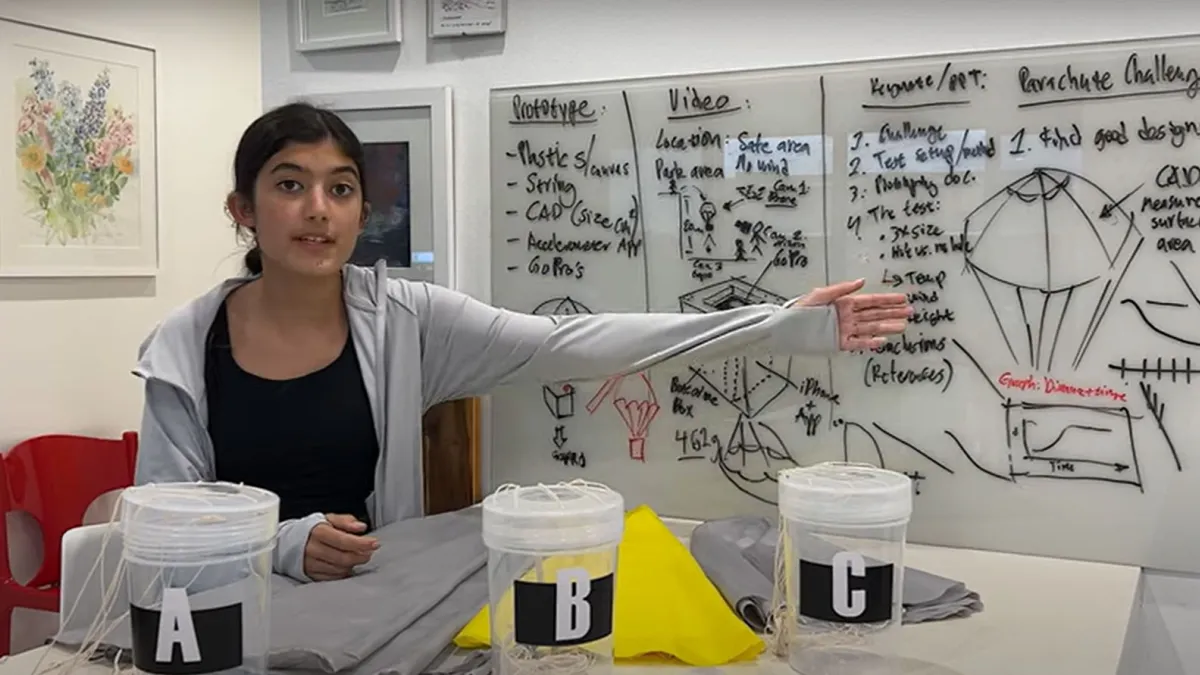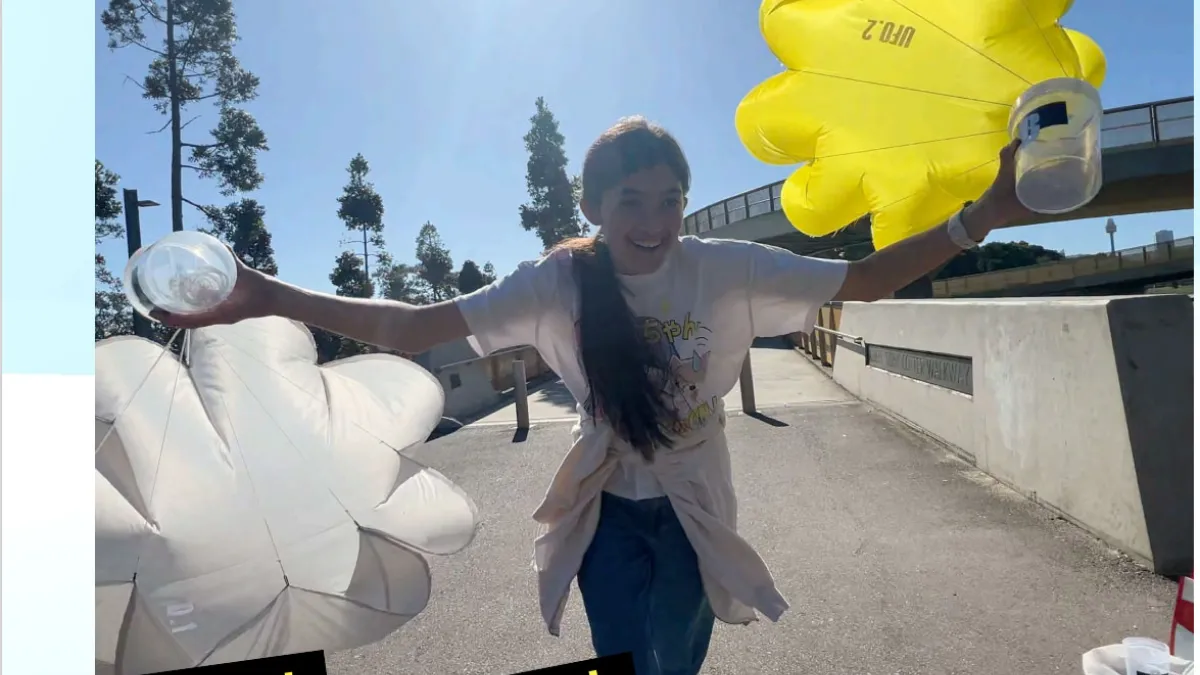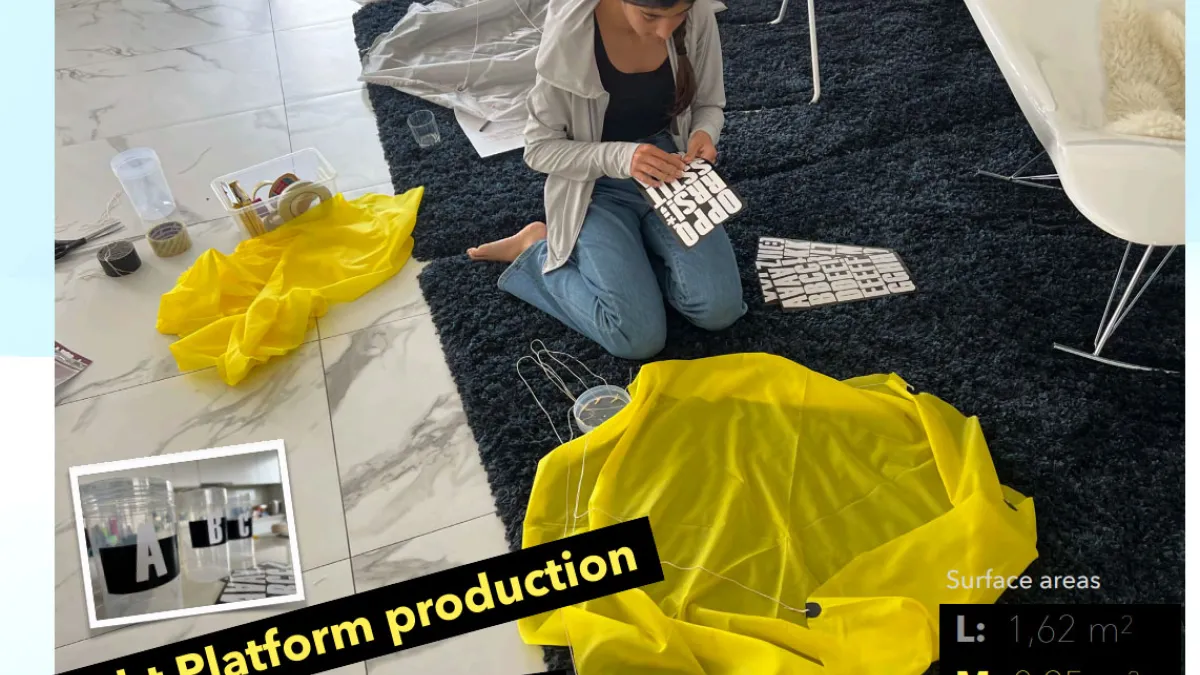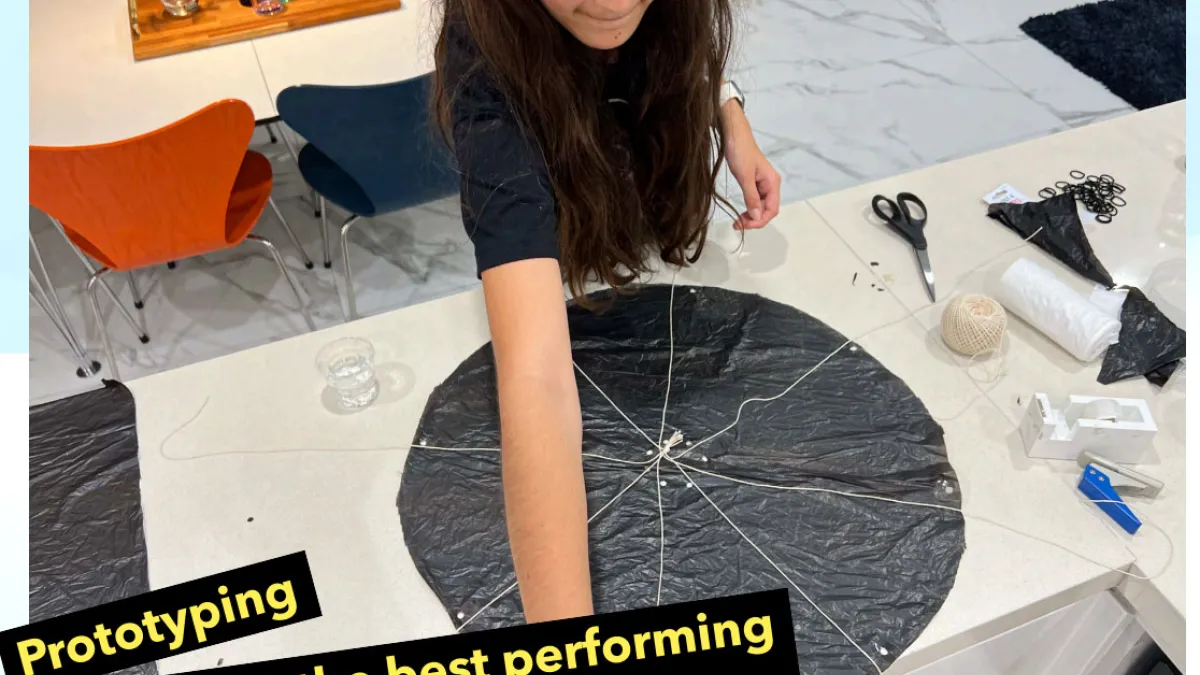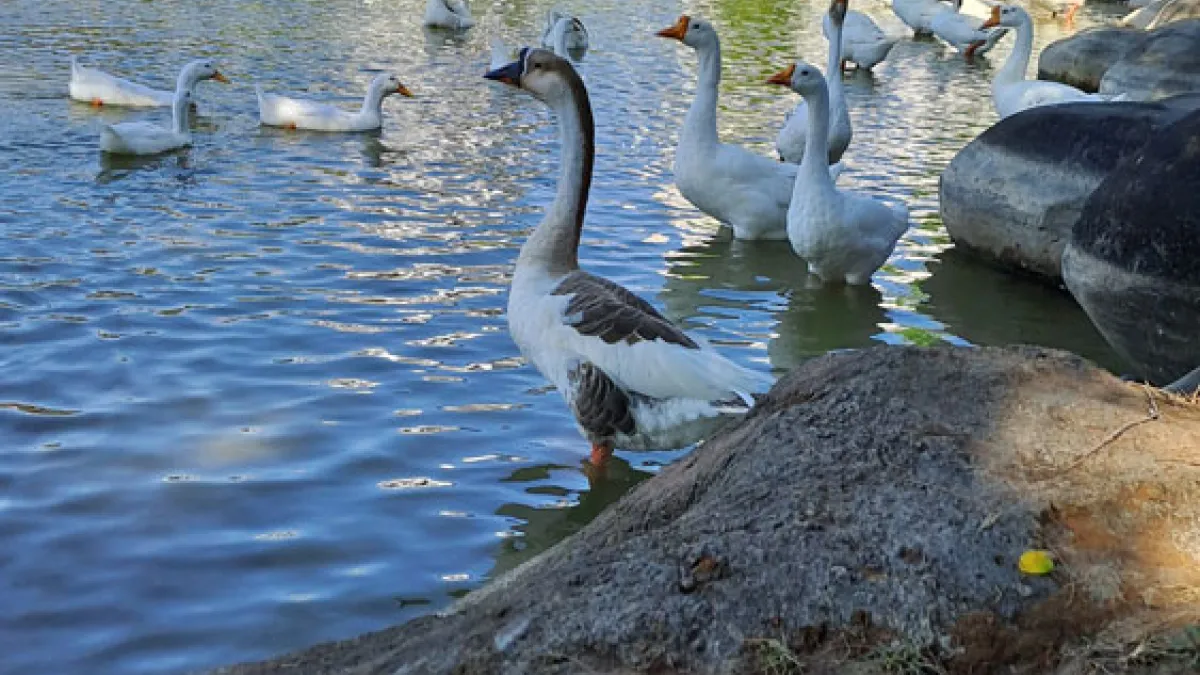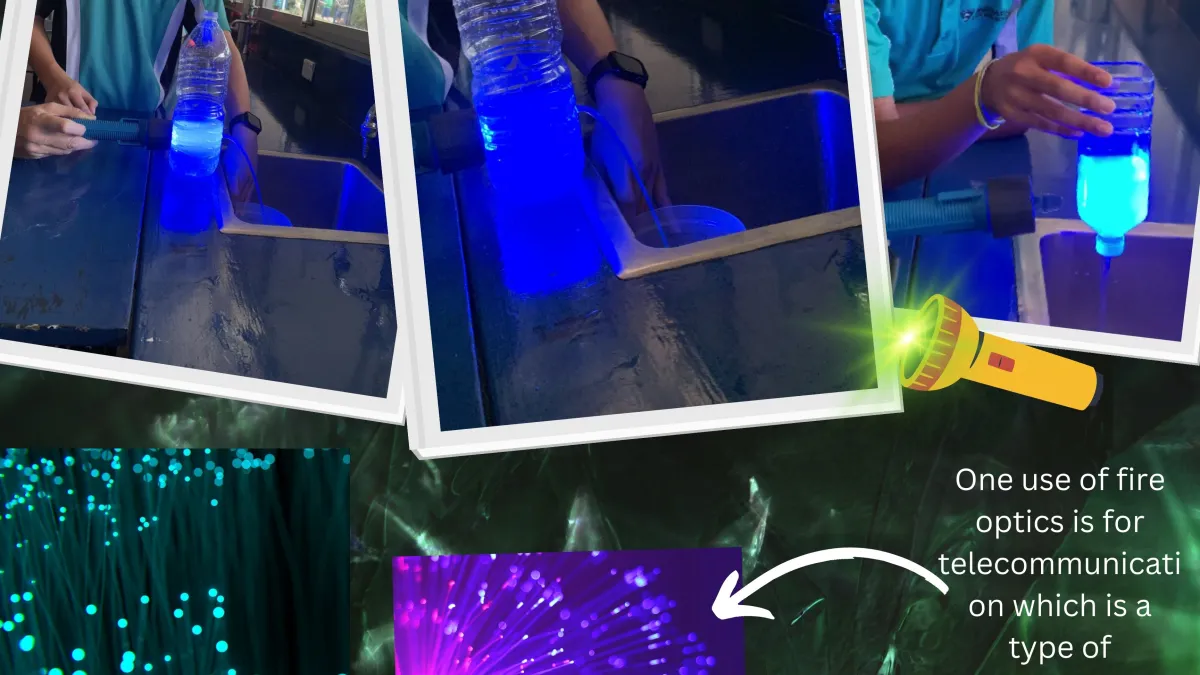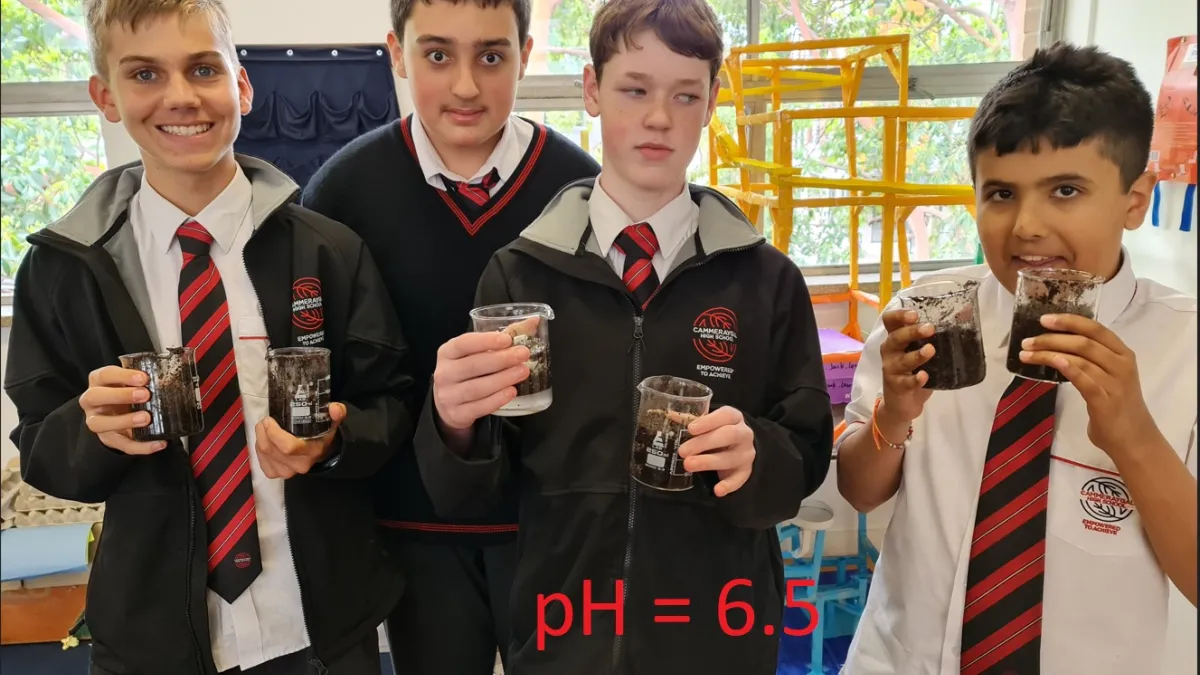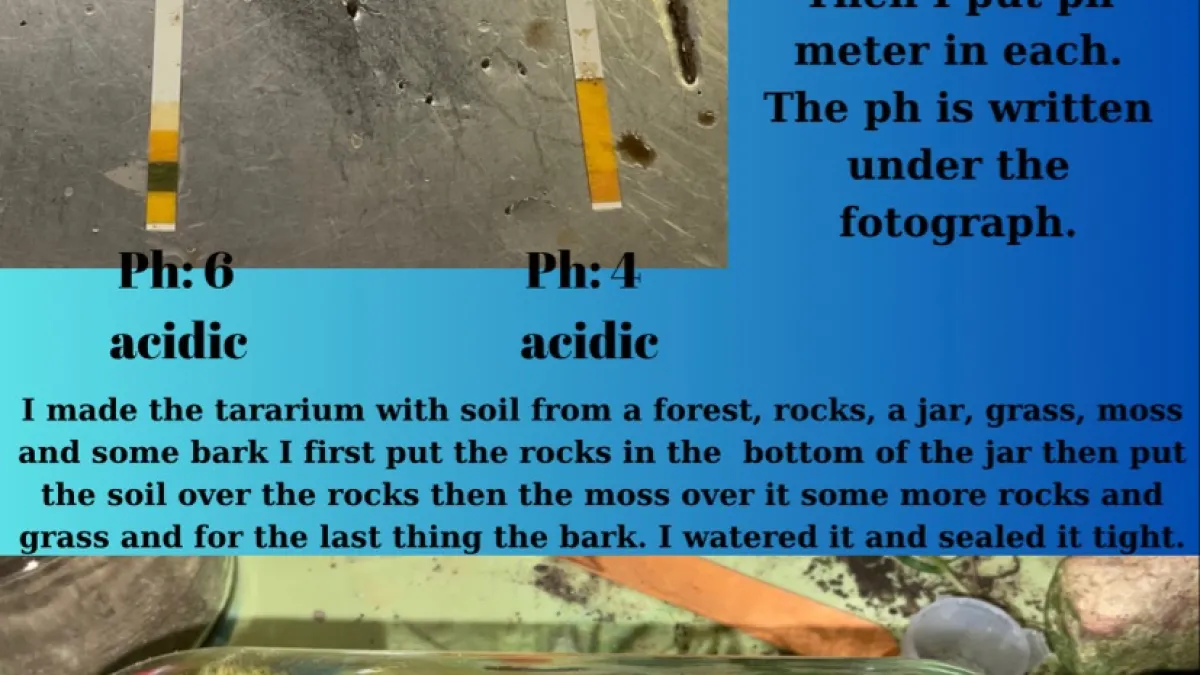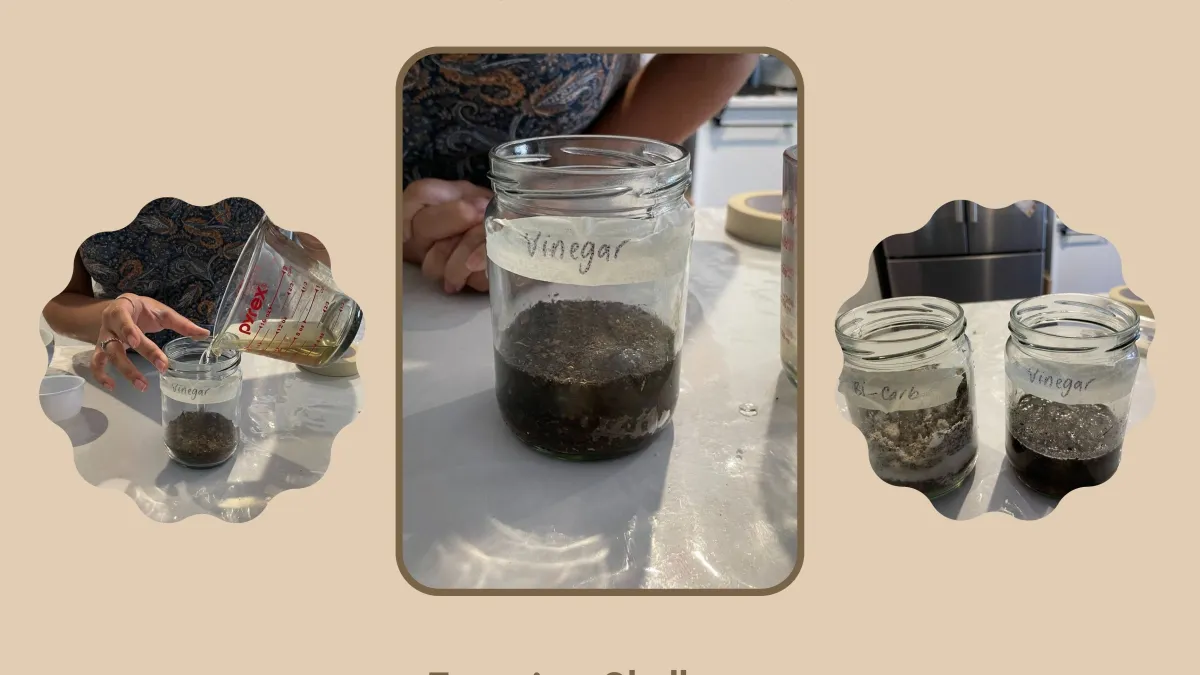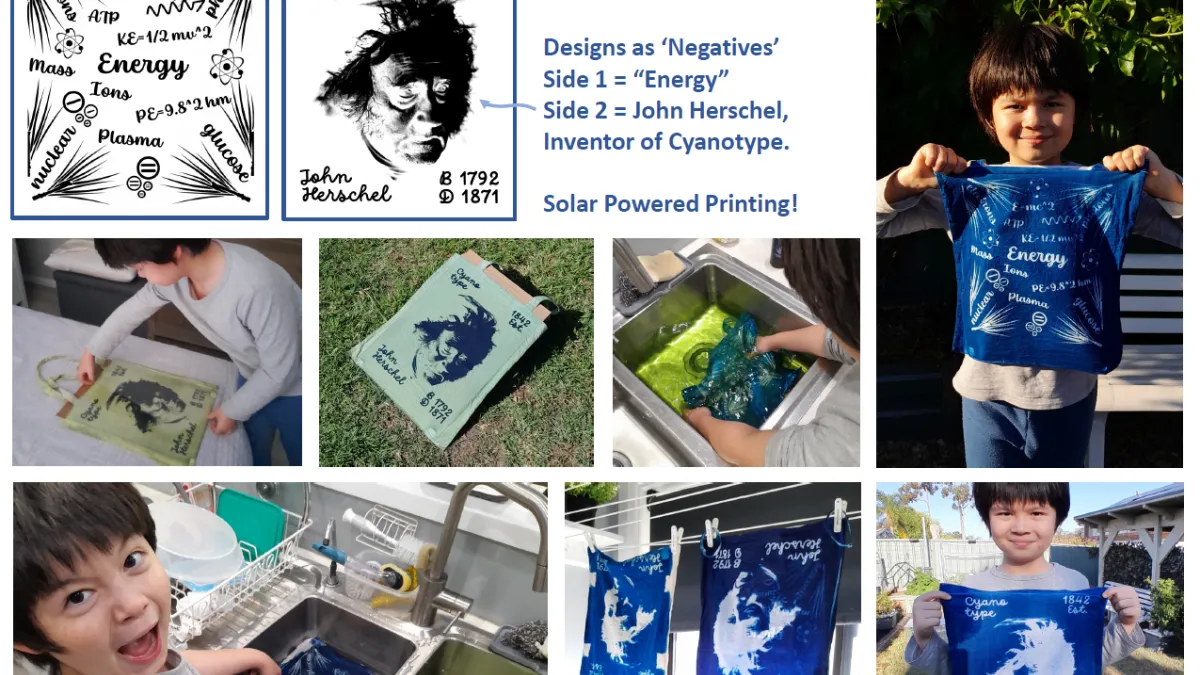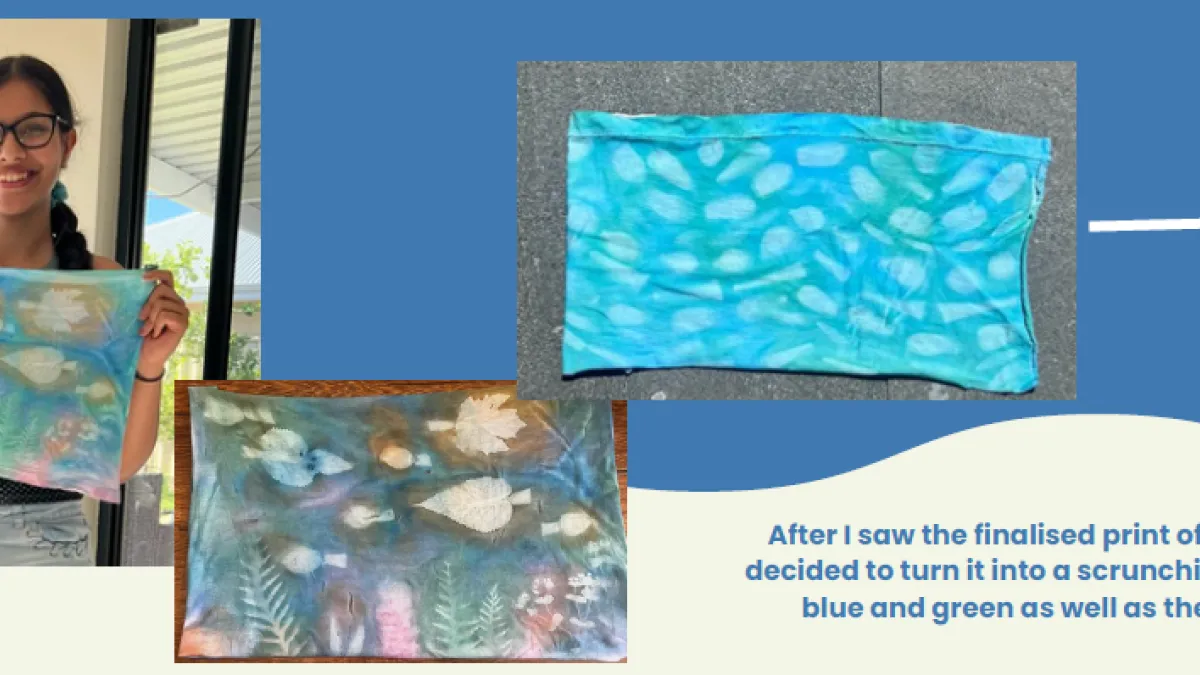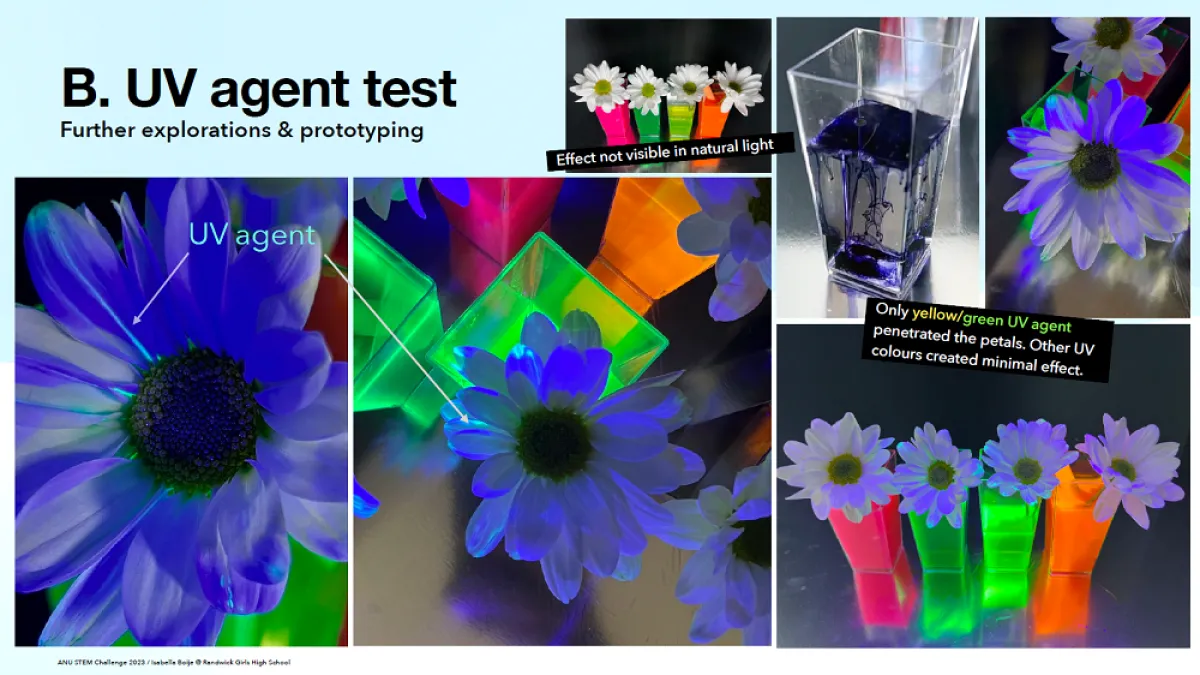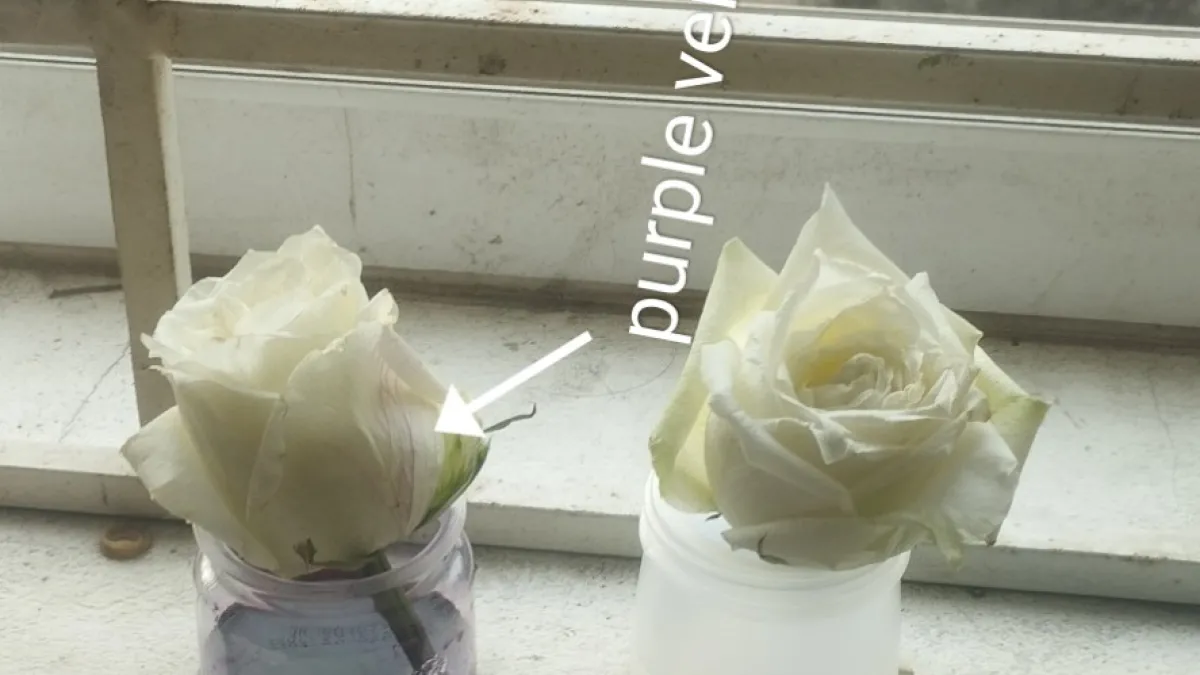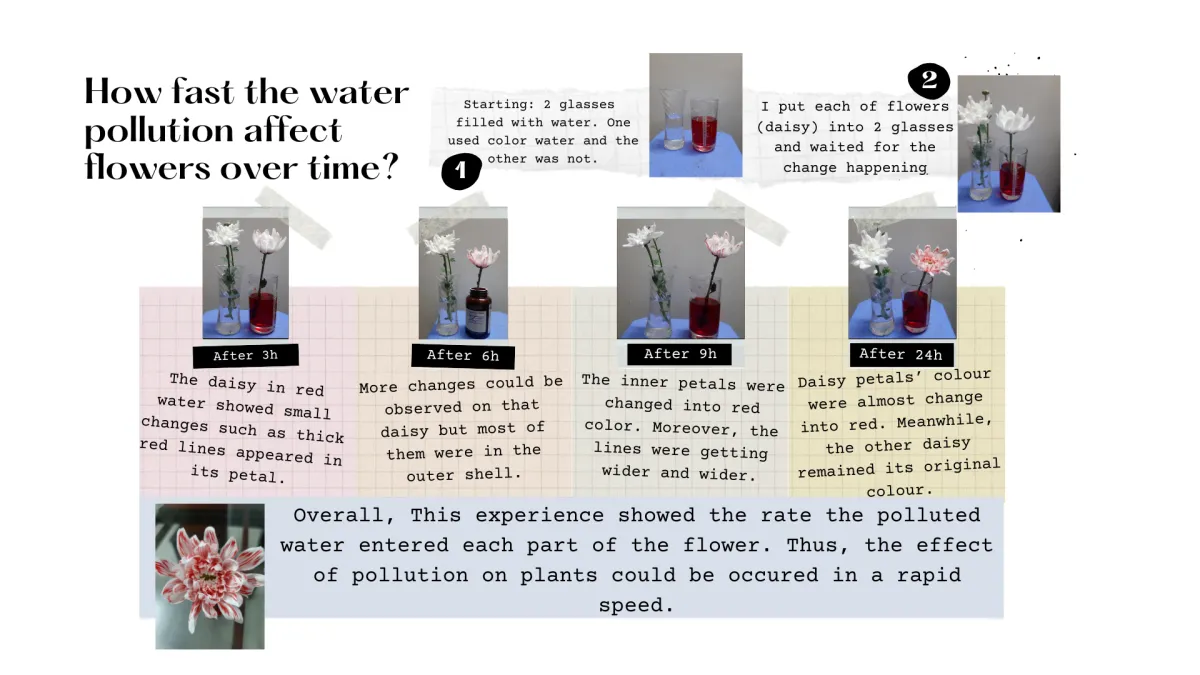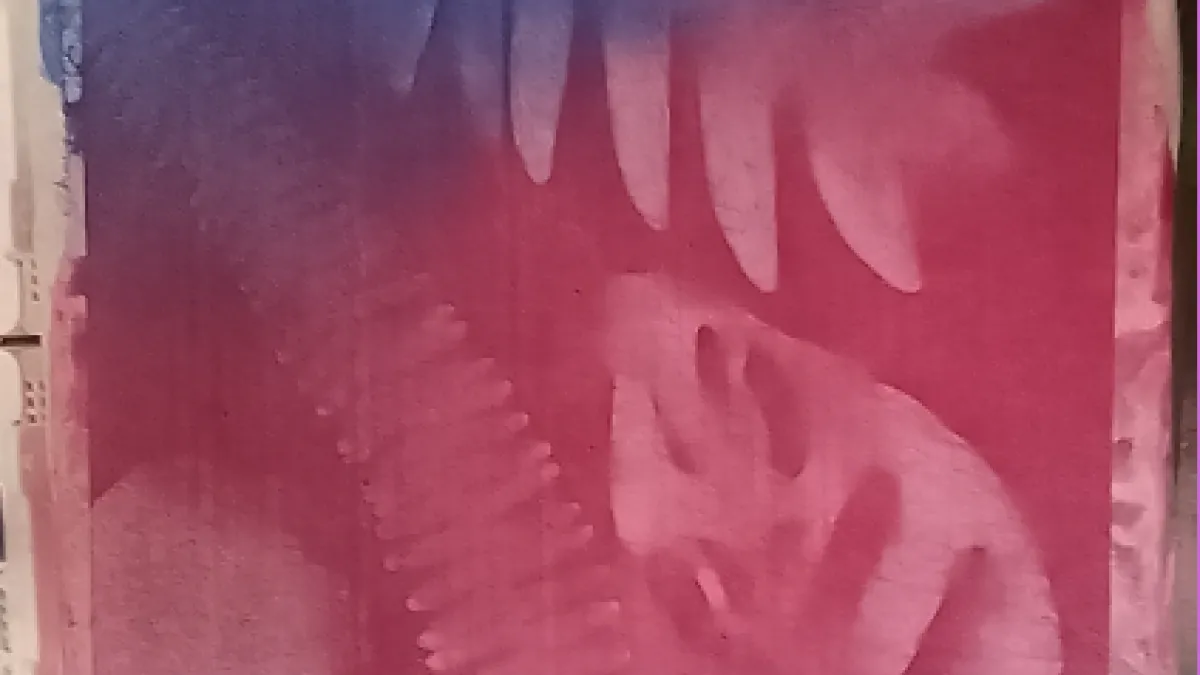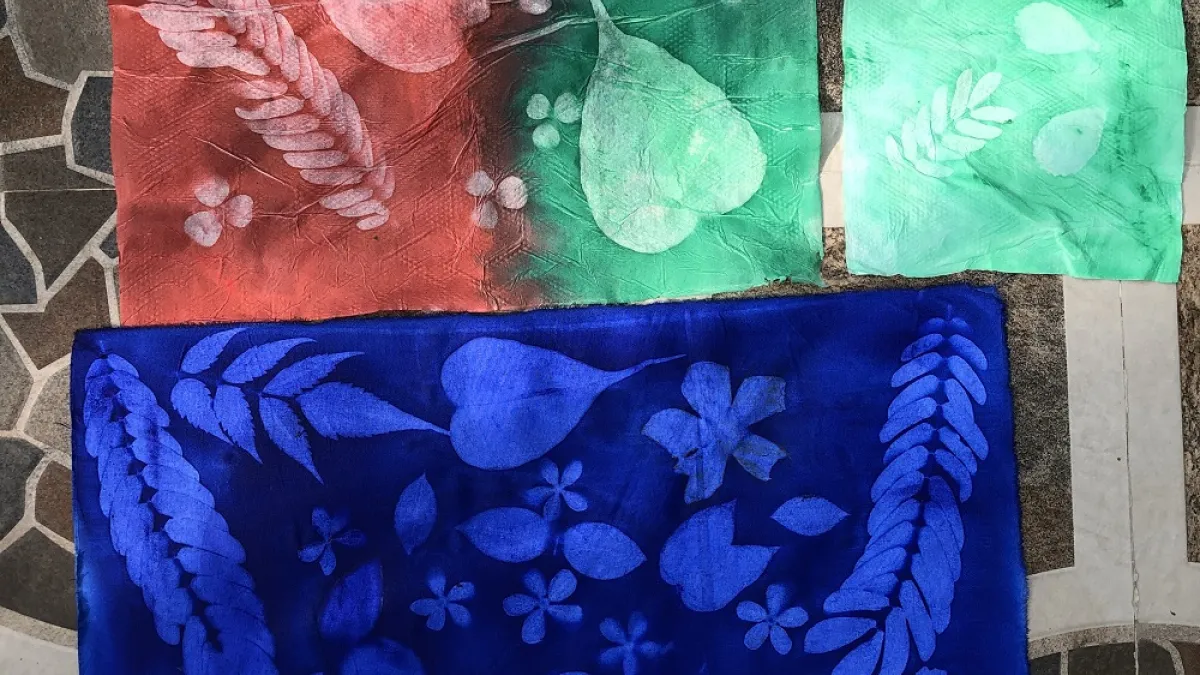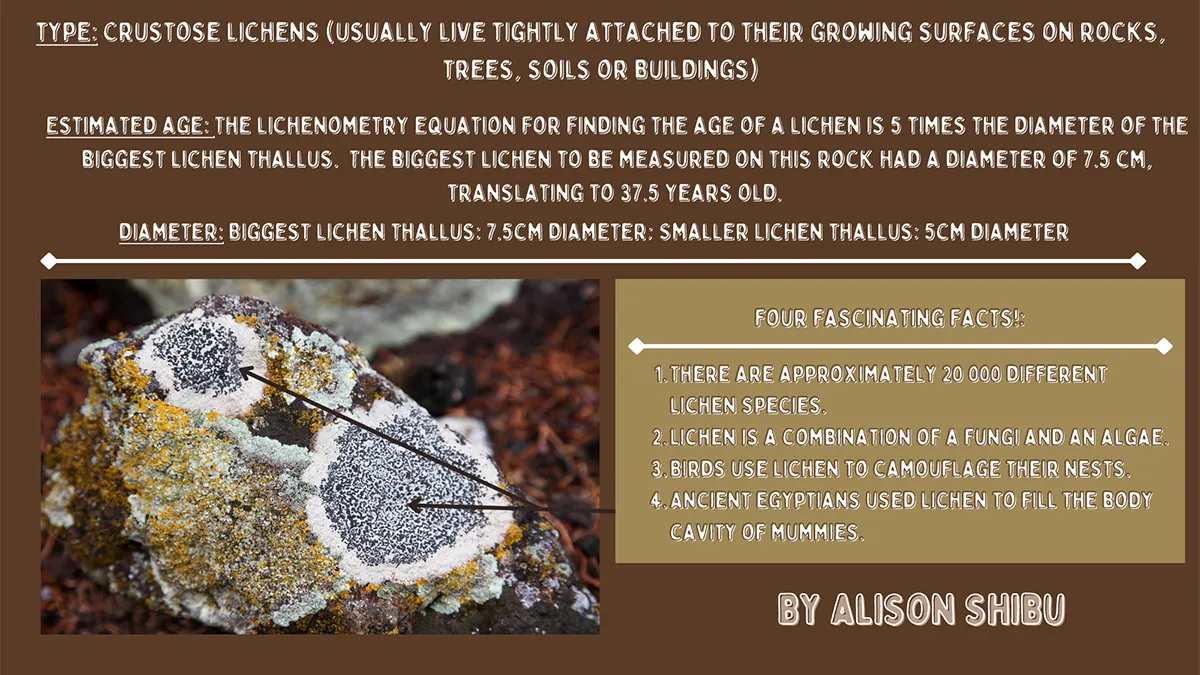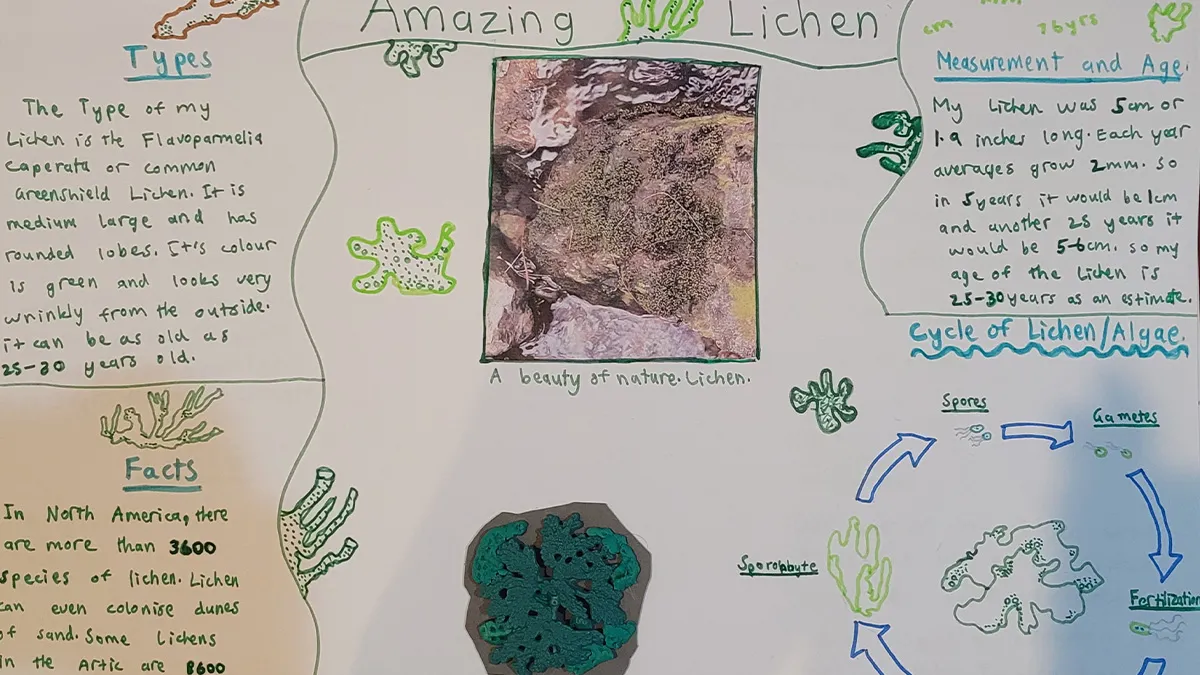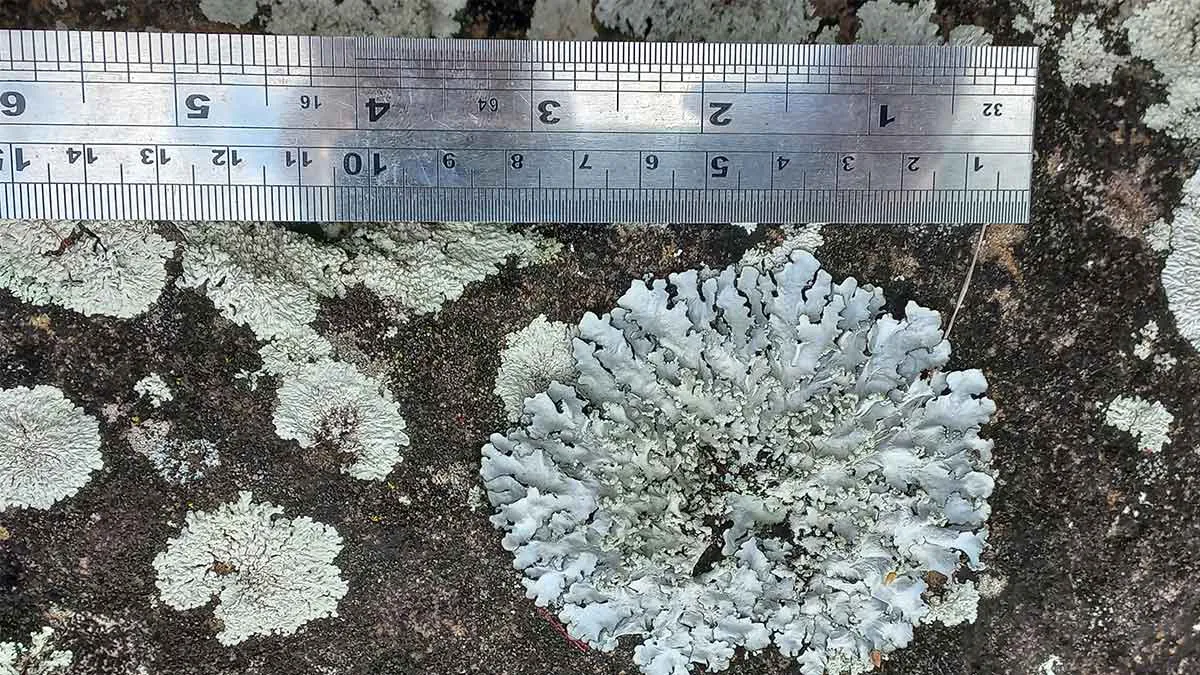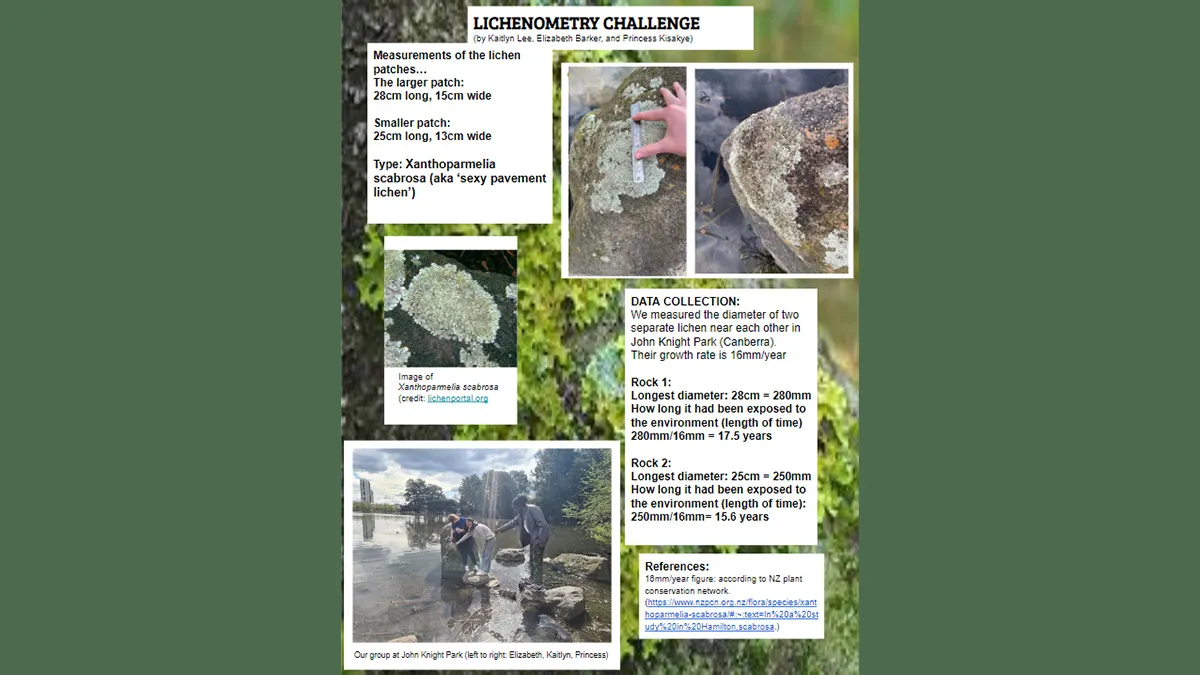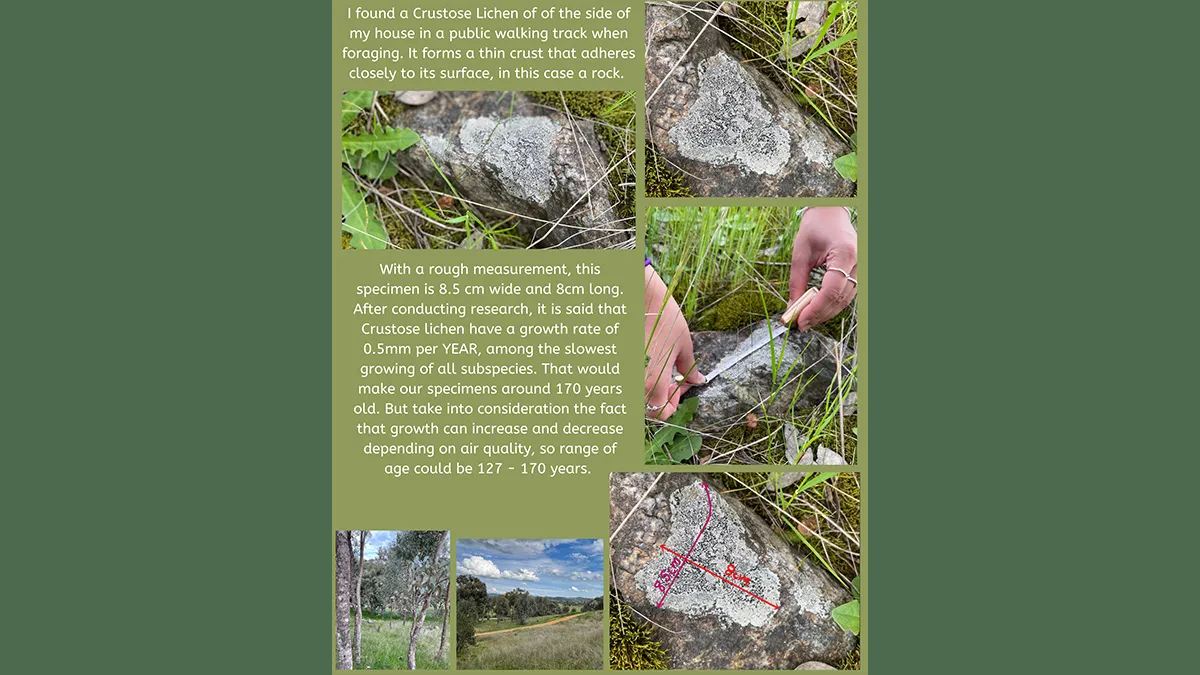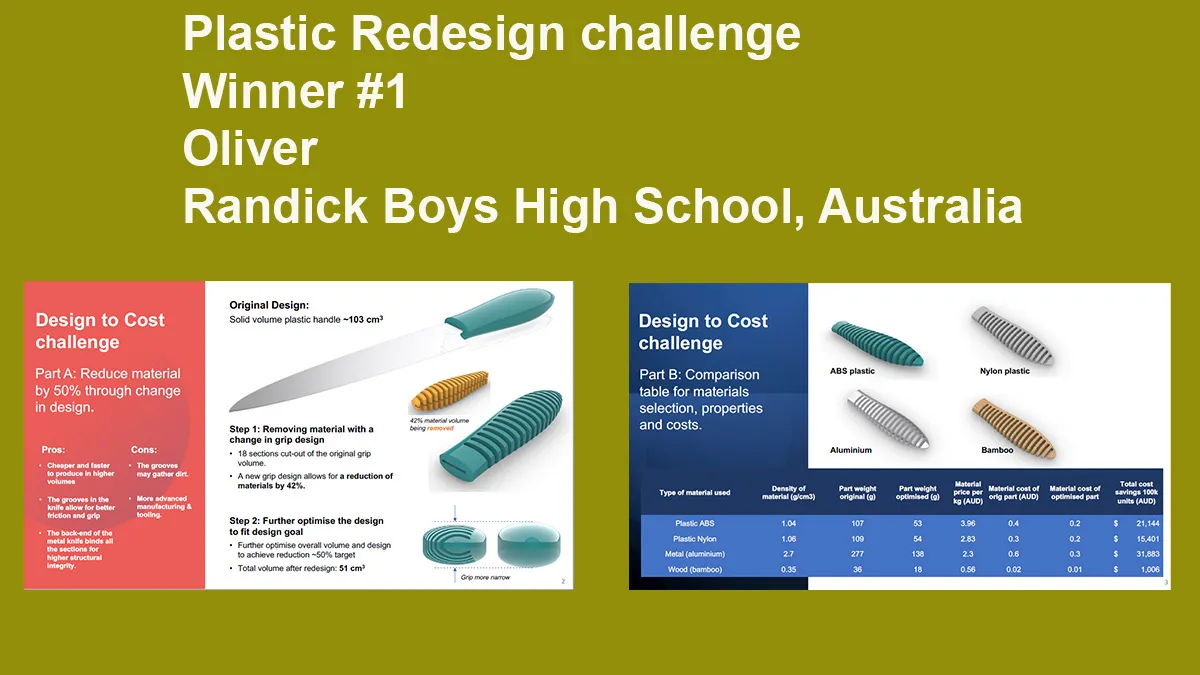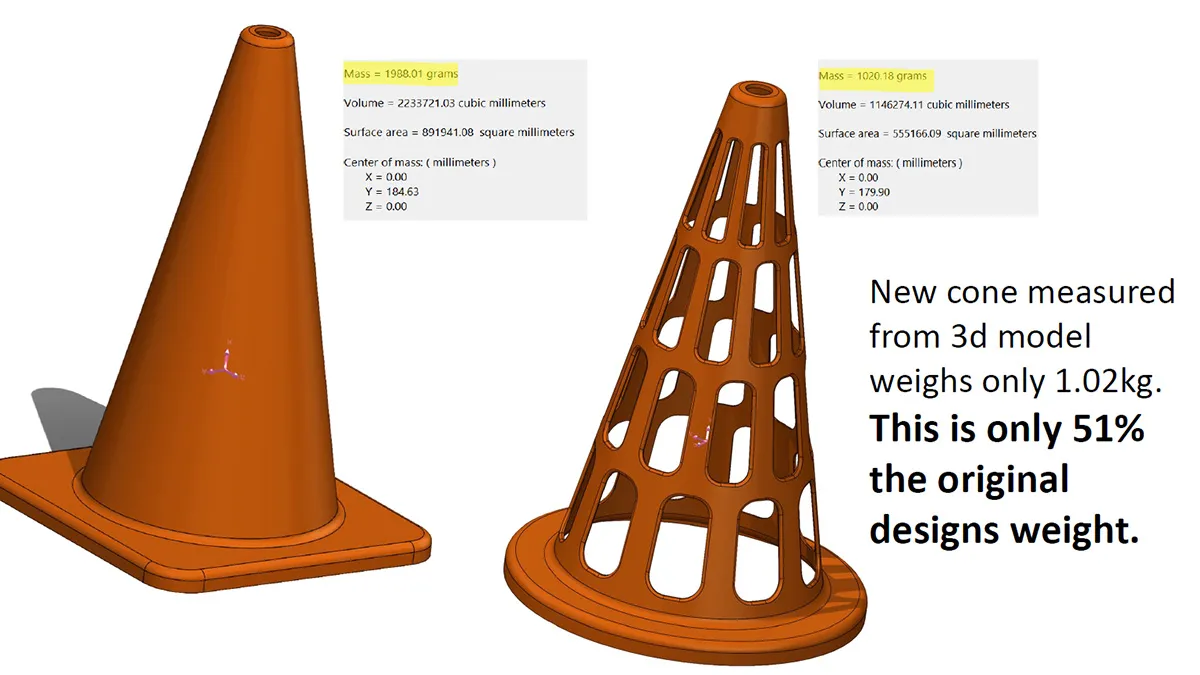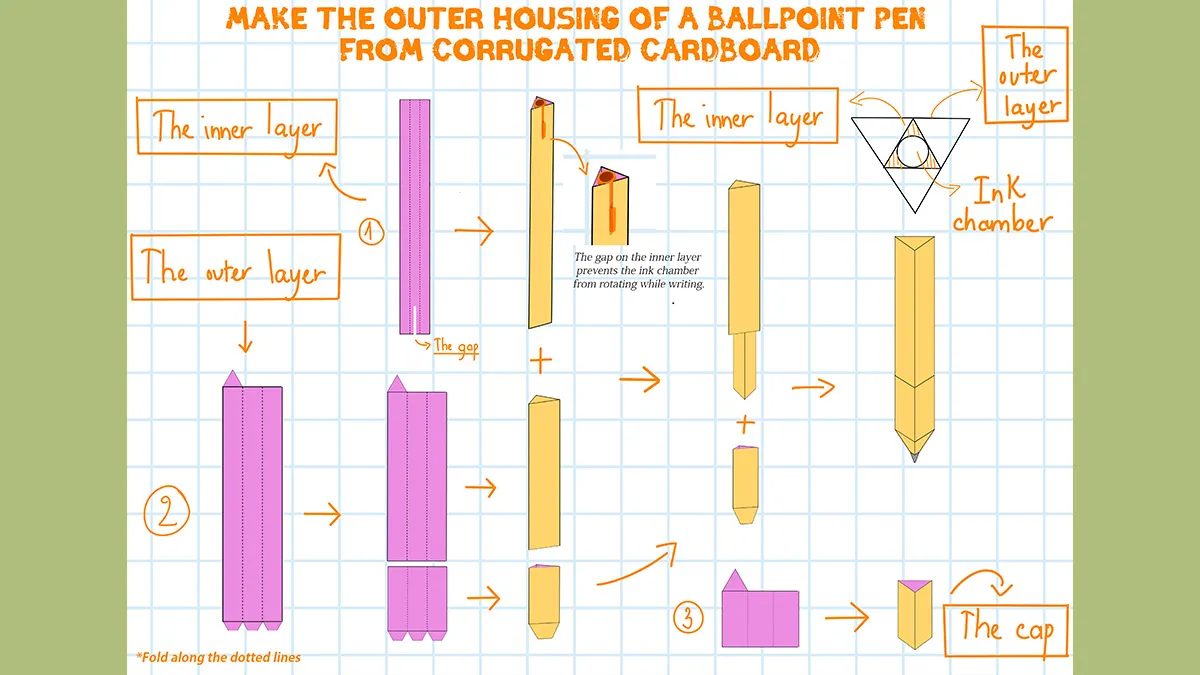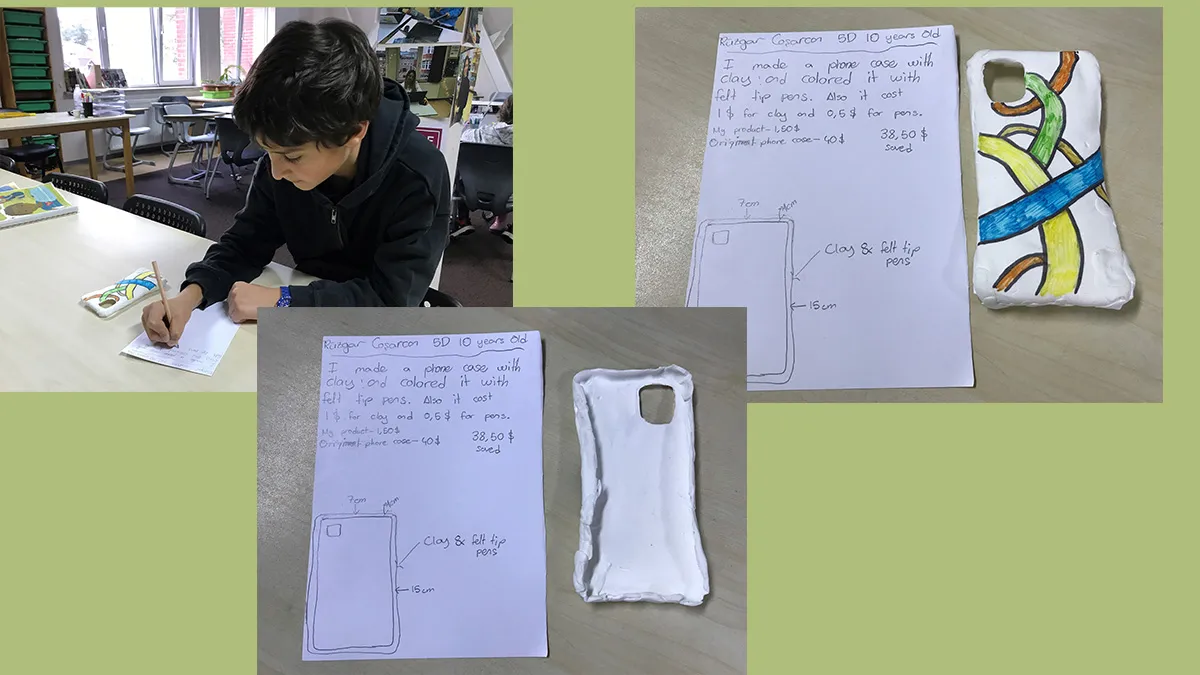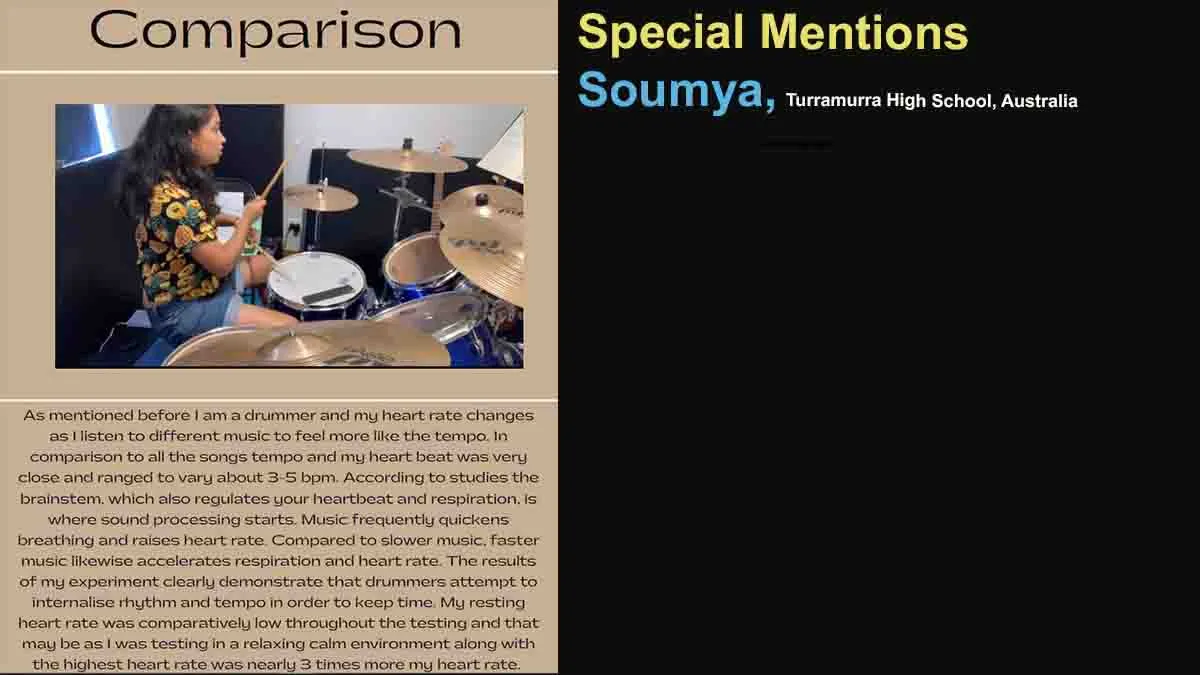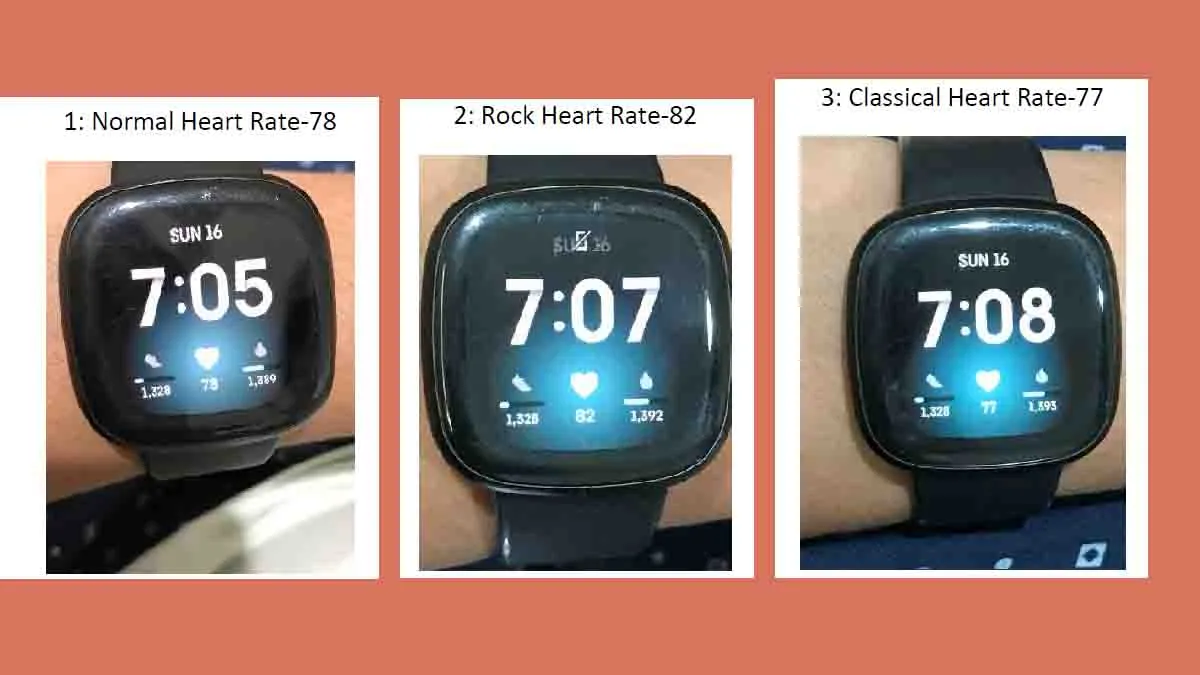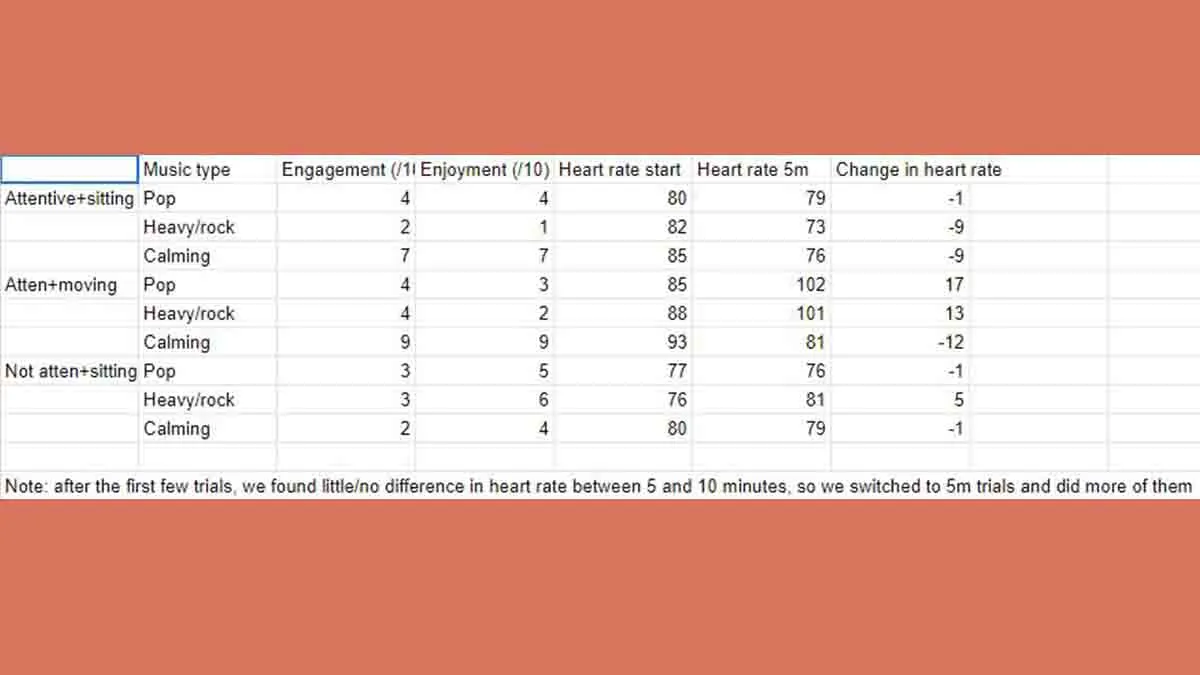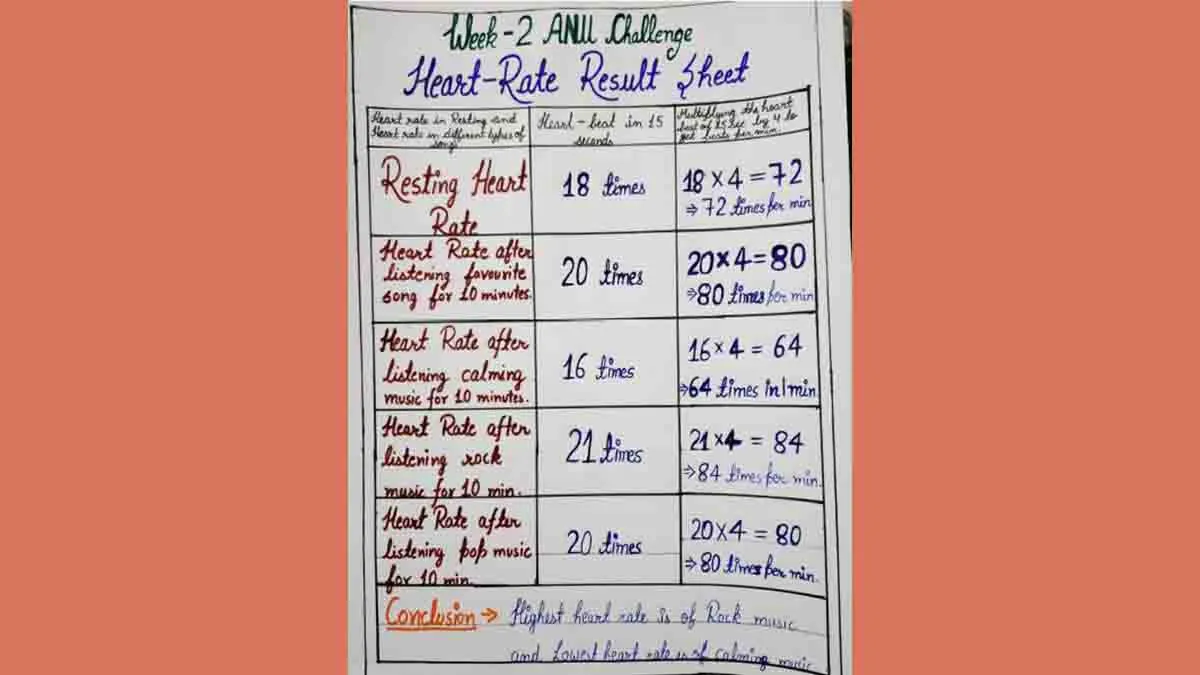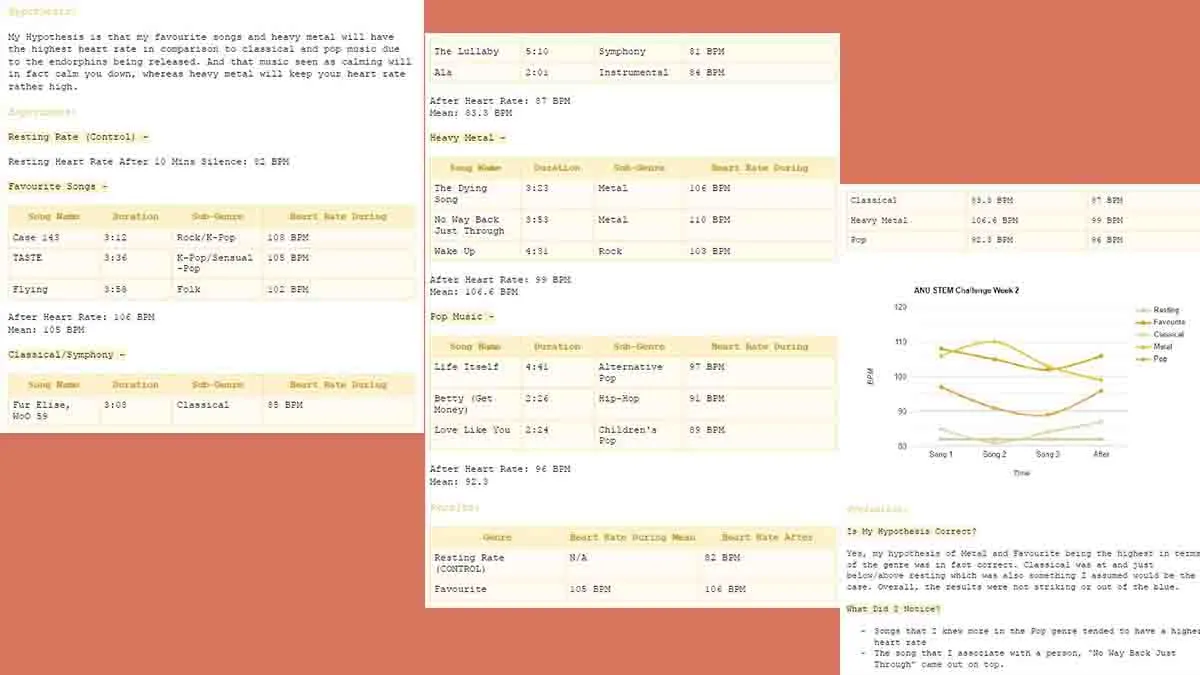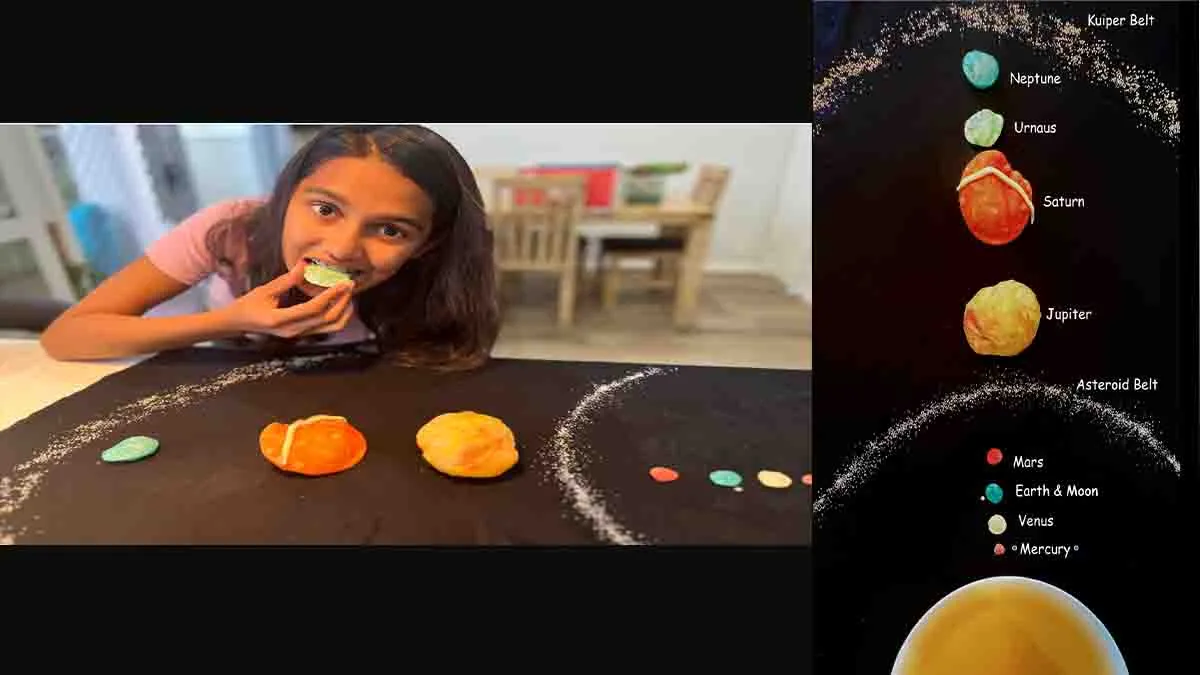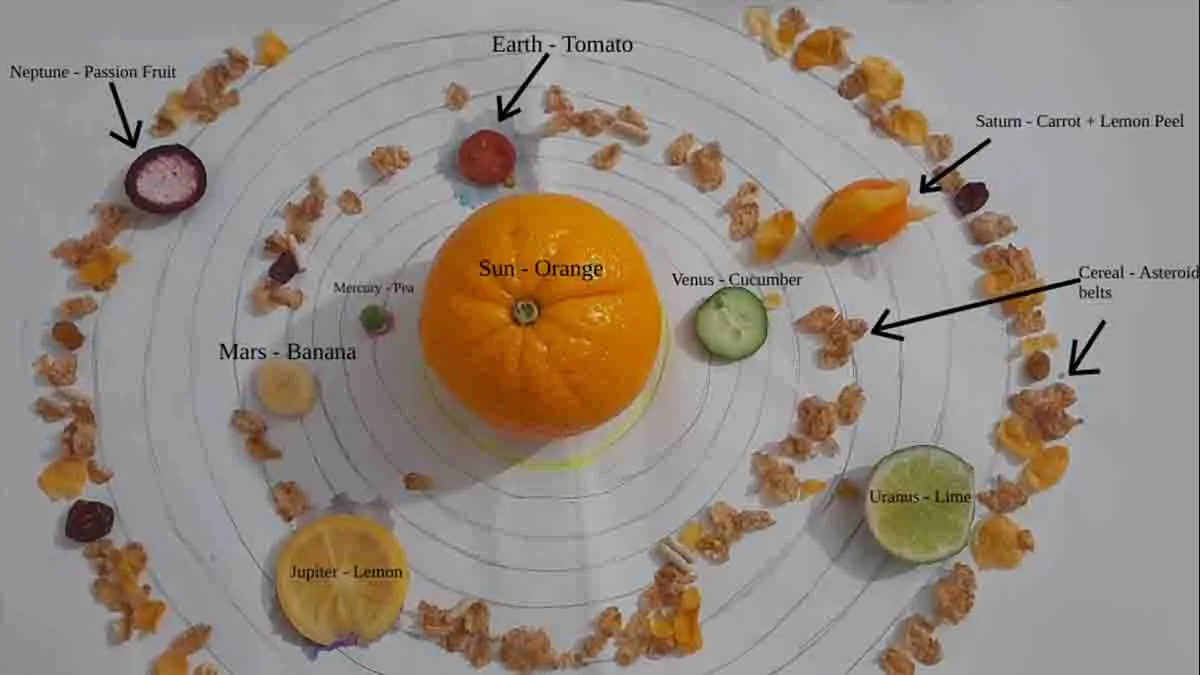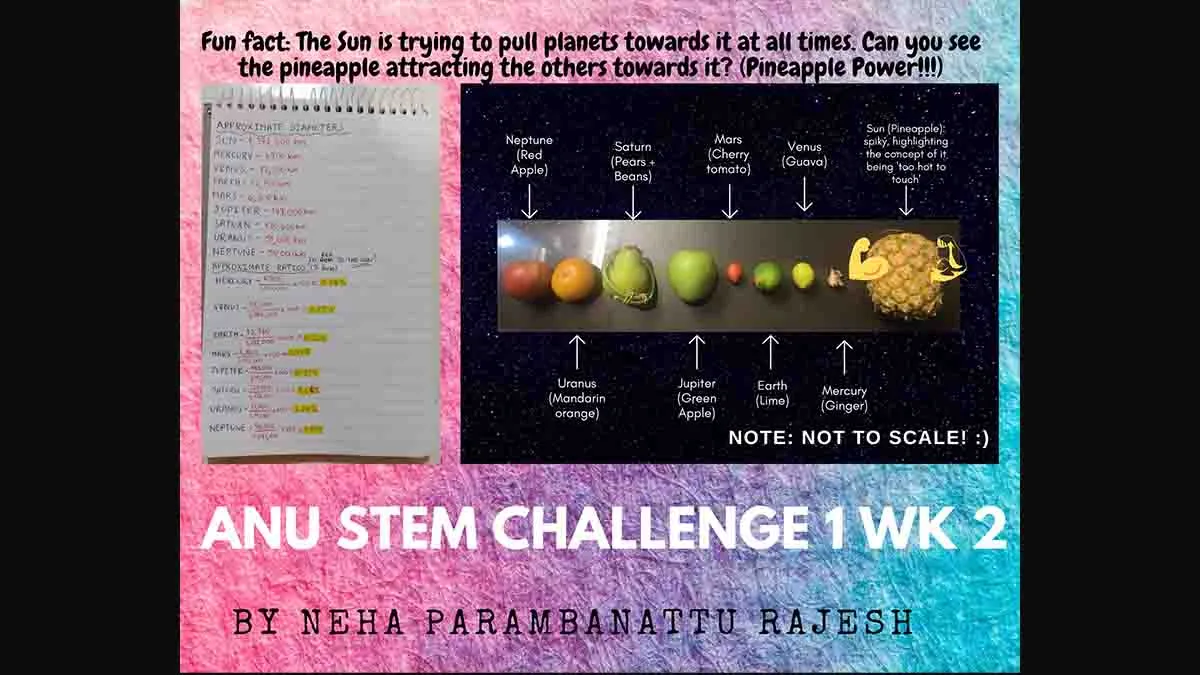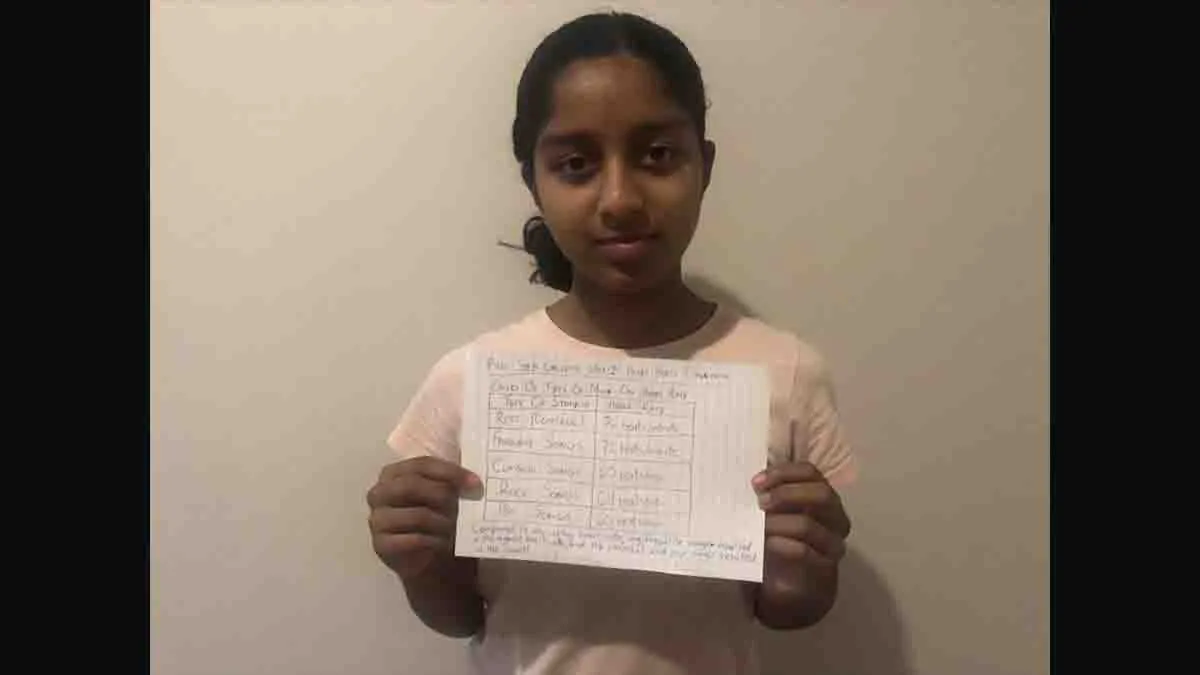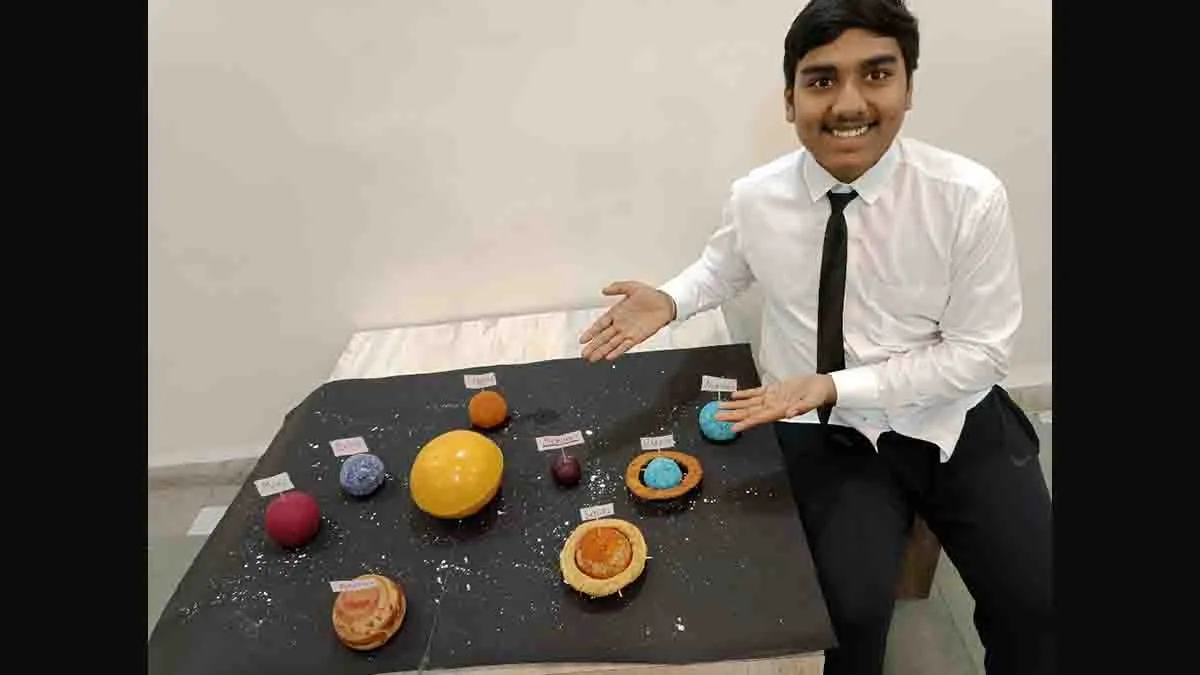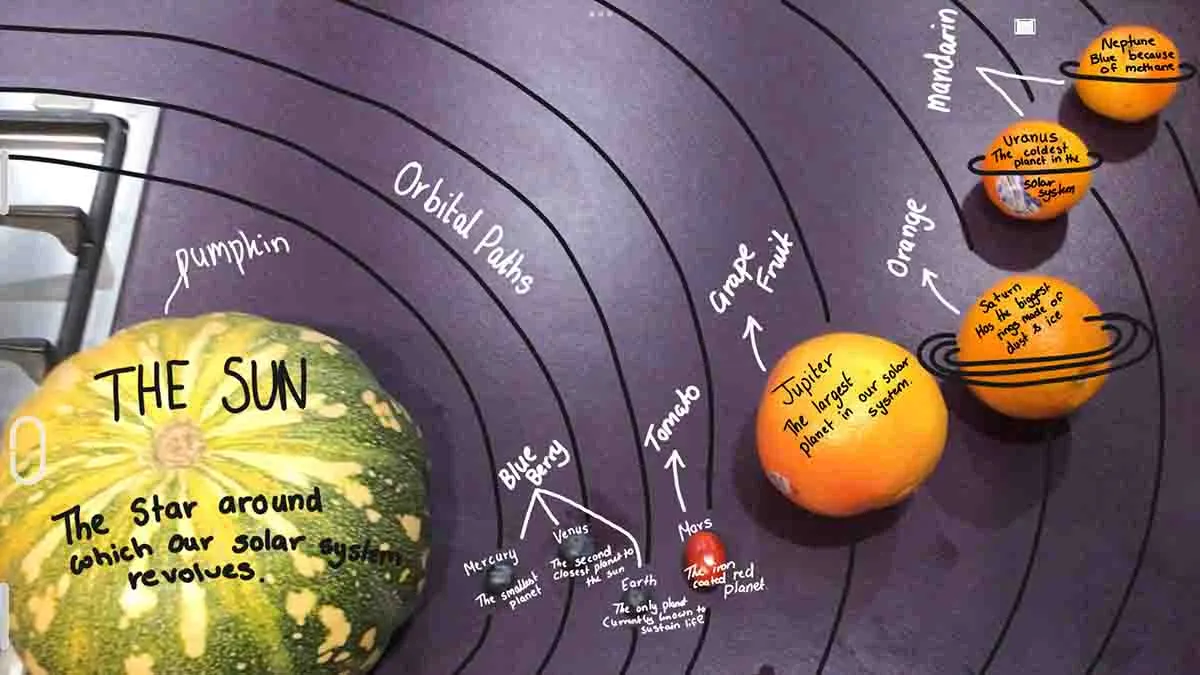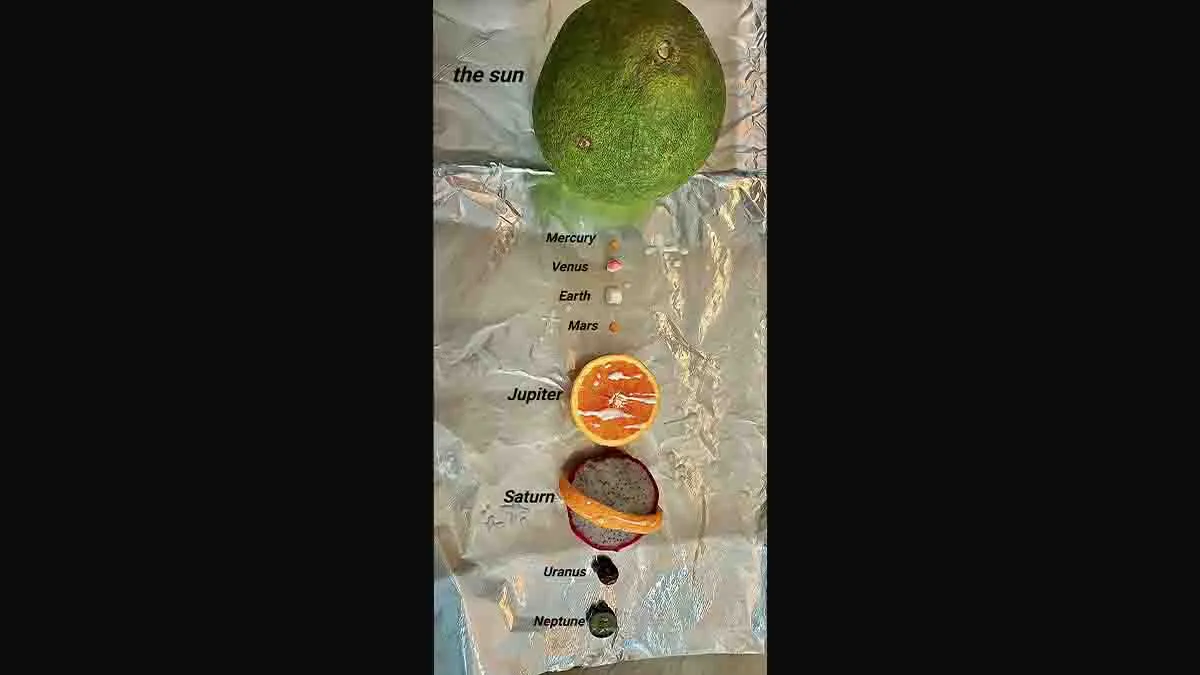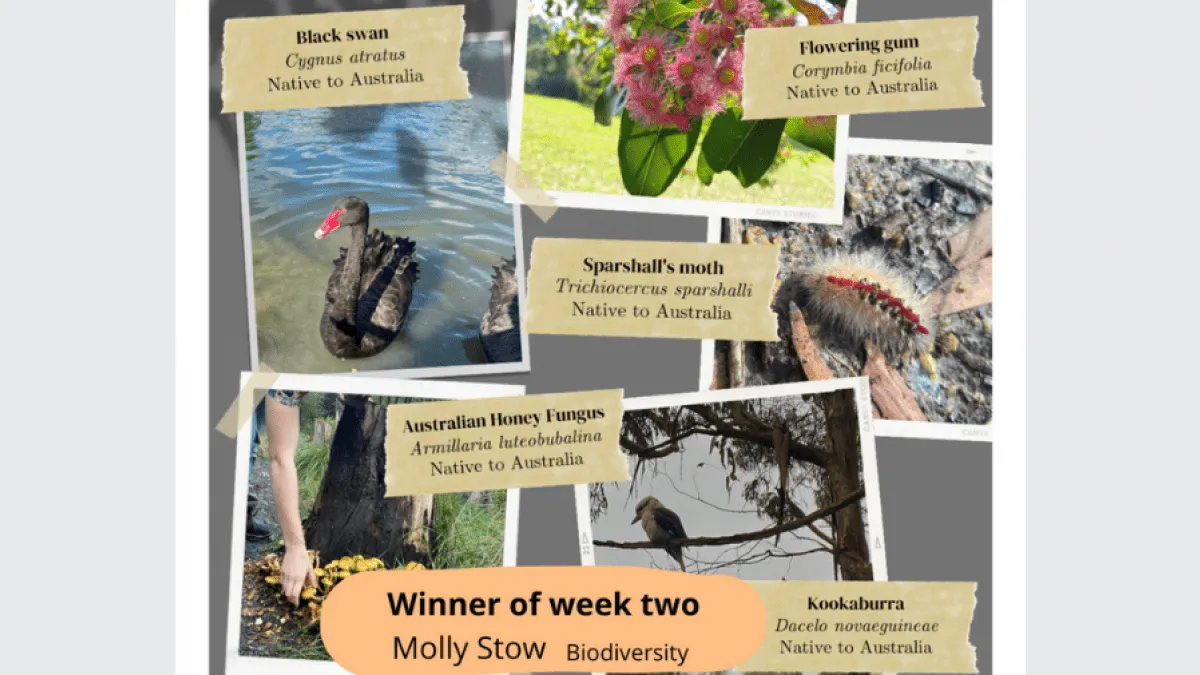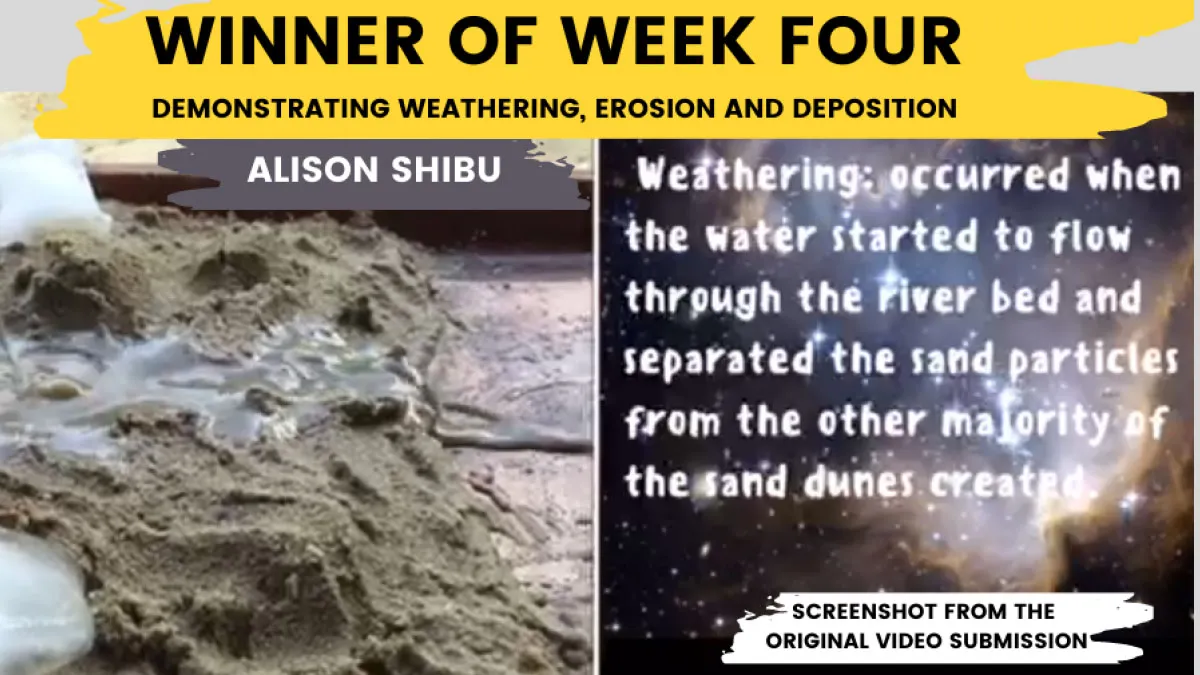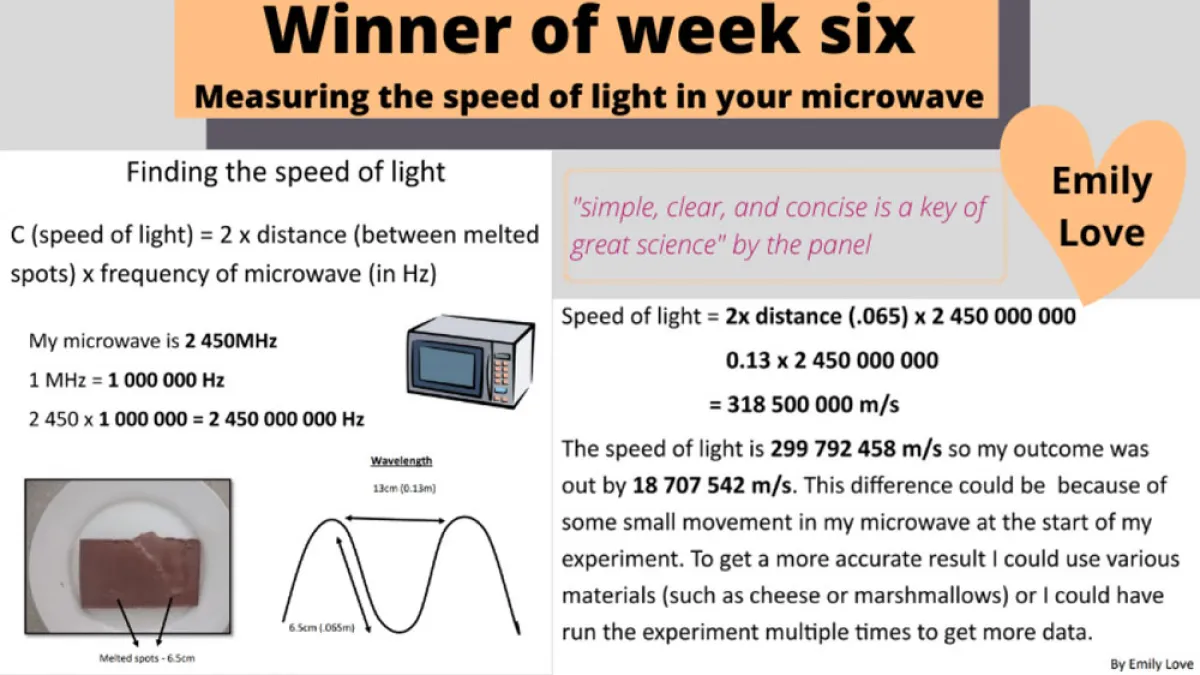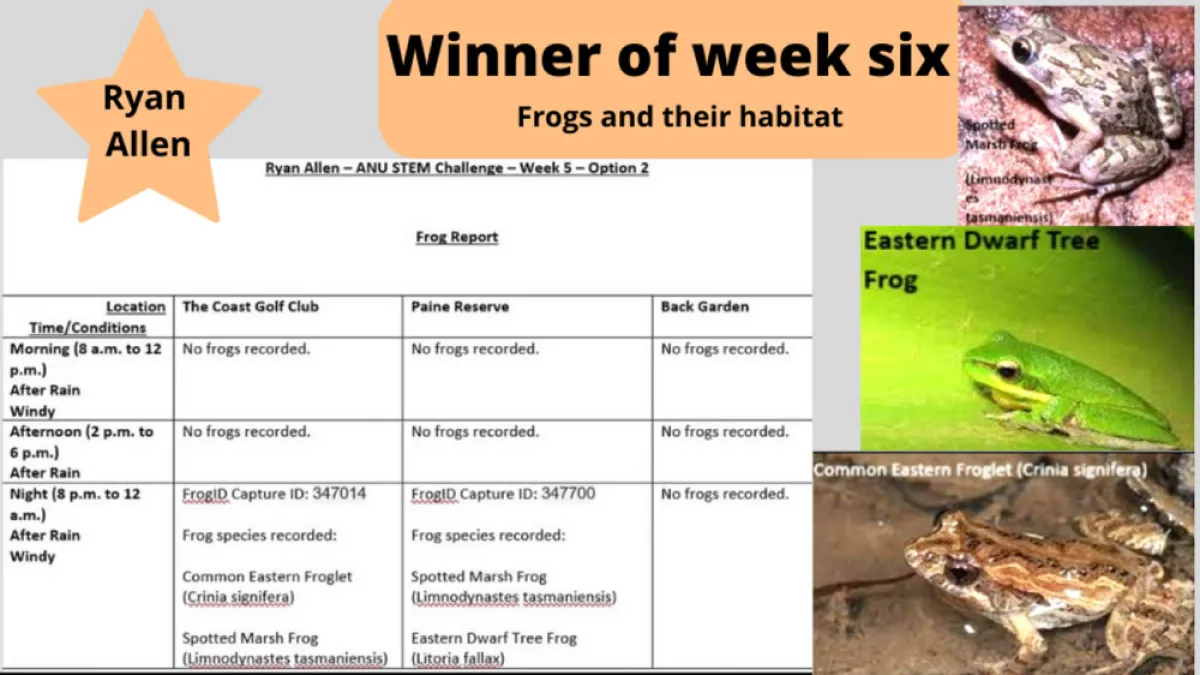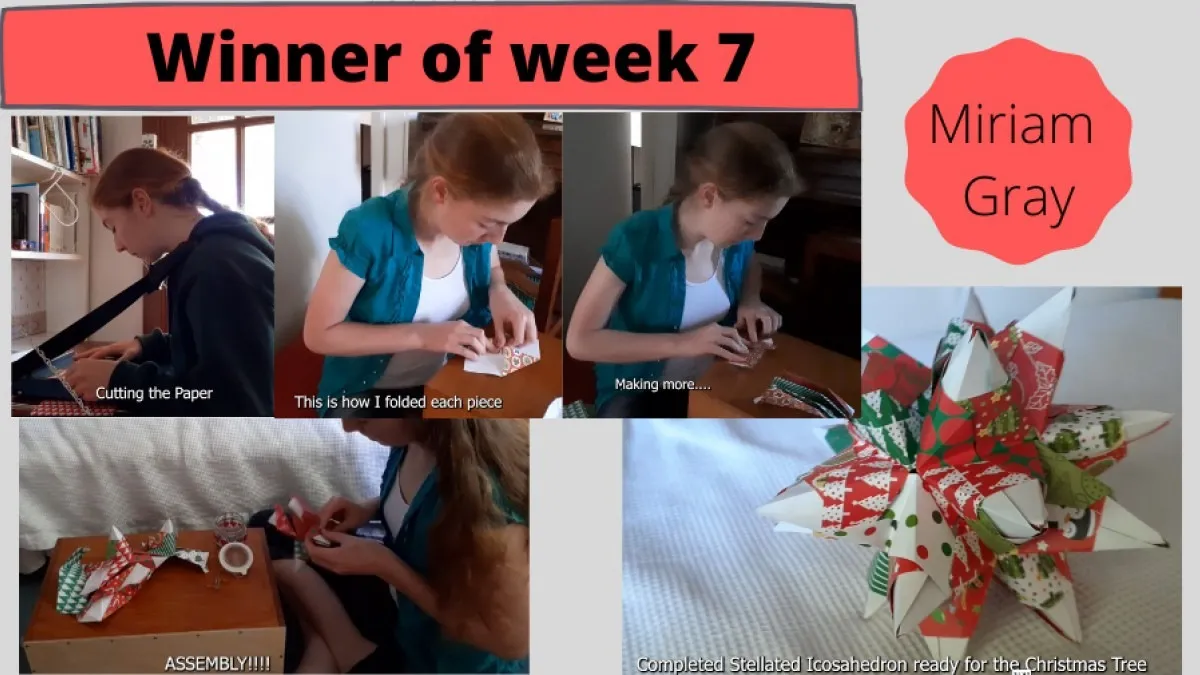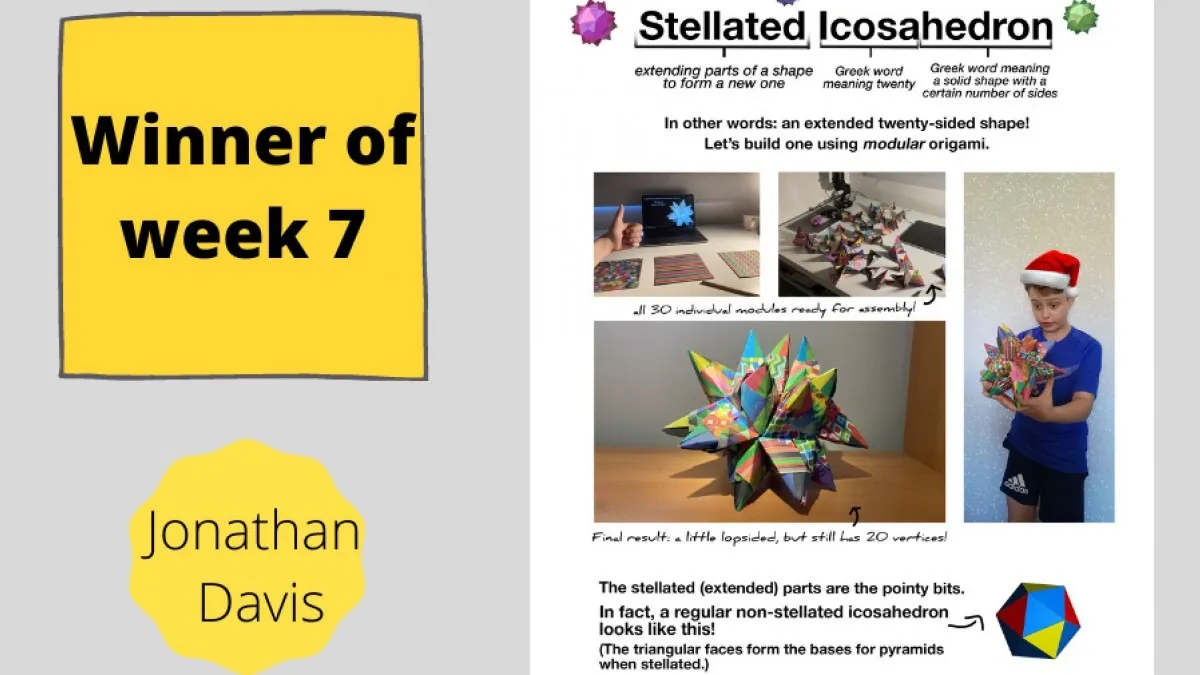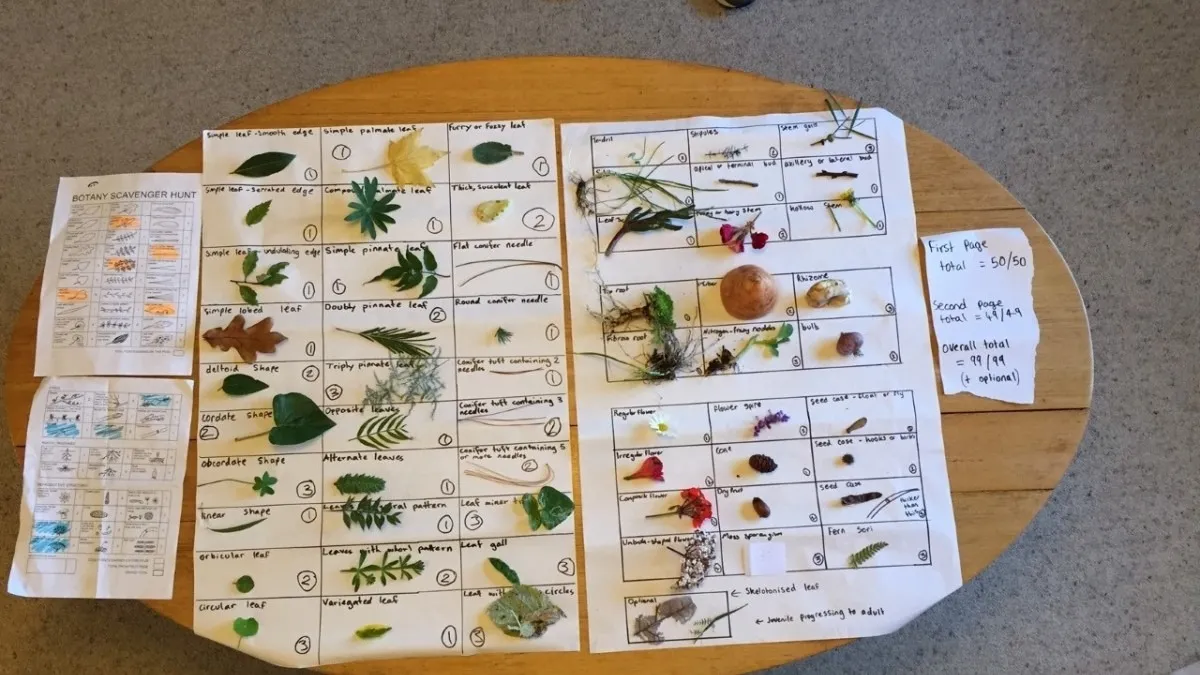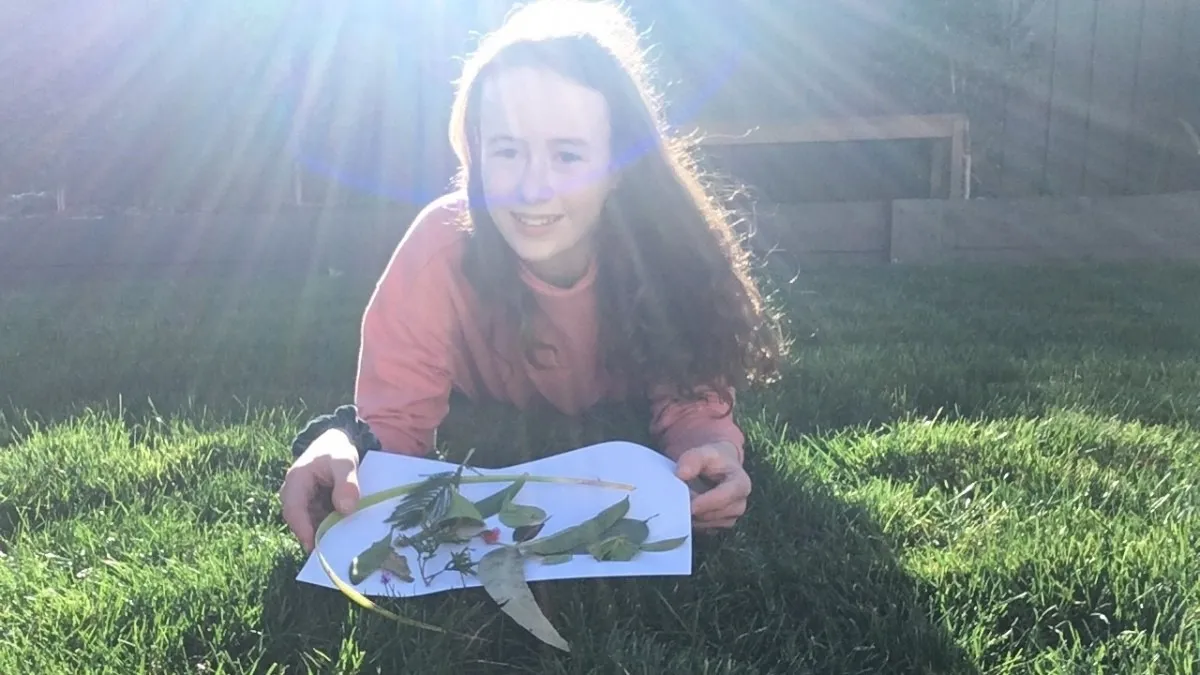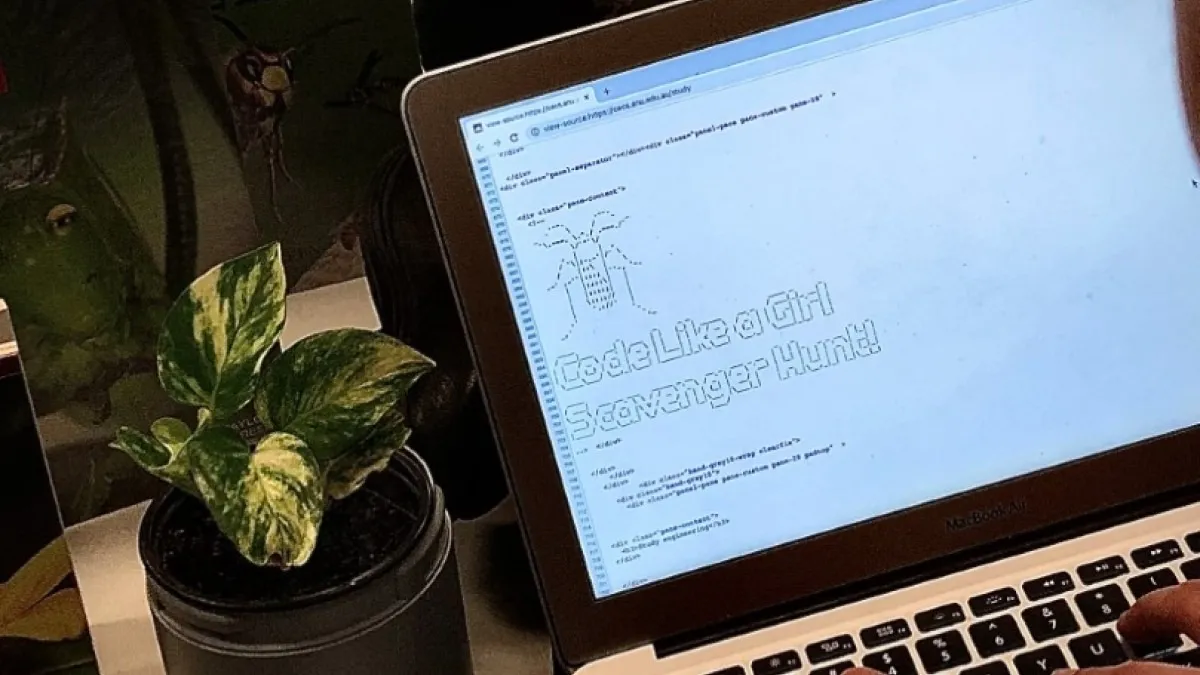
2025 STEM Challenges
This event series is an opportunity for high school and college students to participate in fun and hands-on weekly challenges on a range of science, technology, engineering, and mathematics (STEM) topics. The competition is being organised by the Australian National University (ANU).
Challenges will run 5 August - 2 September 2025. Registration is essential and will stay open throughout the activity period.
How it works
- Students need to register to participate.
- Challenges will run 5 August - 2 September 2025.
- Every Tuesday, the challenge will be released by email to all registrants and will also be published on this website. Students will have the remainder of the week to complete each challenge(s), with answers/photos due on Sunday of the same week.
- Each of the challenges will draw on a different element of STEM and may require you to take photos, answer questions or build/design something to complete the challenge.
- Only one submission per challenge will be accepted and counted for each participant.
- Each week, the submissions will be judged by a panel of ANU staff and voted on.
- Winners will be announced on the Tuesday following the submission deadline and will be notified by email and will also appear on our social media pages.
Prizes
- Winners will receive a Winner's Certificate and a prize pack.
- All registrants who submit at least one challenge over the 4 weeks of challenges will also receive a printable online Certificate of Participation from the Australian National University. The certificate of participation is not part of the AQF.
Week 1 challenge (5-10 August)

Week 1 Winner: Izumi U
Trace a Family Tree with Genetic Traits
Understanding genetics helps us explore how traits are passed from one generation to the next. This week, we challenge you to investigate your own family tree and identify inherited traits.
Materials:
- Paper and pen, or computer
Here is your challenge:
- Research basic genetic traits such as height, eye colour, ear lobe attachment, hair type, dimples, height, handedness, and tongue-rolling ability etc.
- Interview at least three family members to learn about their traits. The more the better!
- Research Punnett squares to see which traits are able to be predicted, and if the probability of your inherited traits is accurate for eye colour, ear lobe attachment etc. A Punnett square won't work for all traits like height or hair colour.
- Draw a family tree, marking inherited traits for each person. Include multiple generations if possible.
- Highlight patterns of inheritance and any interesting observations.
- Take a photo of you with your family tree diagram.
What to submit:
- A photo of your family tree with notes on inherited traits. Include at least one Punnett square.
- A written explanation of interesting findings.
- Submit your work here
Submissions will be judged based on:
- Clarity and accuracy of the family tree, and Punnett squares.
- Identification of inherited traits.
- Creativity in presentation.
The week one challenge submission closes on 11.59pm on Sunday 10th August AEST.
When will the winners be announced
The winner will be announced on Tuesday 12th August. More than one winner may be selected. The winning entry will be posted to our Facebook, Instagram and on the website. The winner will be notified by email. Other submissions may be included in an Instagram story, if you don't want your photo included, please let us know when you submit it.
Competition rules
Remember, this is all about your creativity and skills, so no sneaky copy-pasting from Google image searches is allowed! Let's keep it fun, fair, and full of originality!
Please let us know if you have any questions about the challenge or what you are required to do. You can contact us at science@anu.edu.au.
Week 2 challenge (12-17 August)

Week 2 Winner: Seunghwan J
DIY Seismograph: Record Earth’s Vibrations
Earthquakes send waves through the ground, and with a few simple materials you can build a device to detect those vibrations! This week’s challenge is to create a working seismograph and test how it responds to movement.
Materials:
- Paper
- Pen or marker
- String or thread
- Cup or small container
- Weights (like small rocks or marbles)
- Tall box or frame (e.g. shoebox, cereal box, or frame from recycled materials)
- Tape
Here is your challenge:
- Research how a basic seismograph works, and ways you can build your own. Be as creative as you like!
- The key things to include are a base, a way to suspend the pen, and some paper underneath to capture the shaking.
- Use household or recycled materials to build your own DIY seismograph that records shaking — even small movements from tapping or jumping nearby.
- Your seismograph should include a suspended pen or marker that draws on a strip of paper.
- Test your seismograph in different ways — walk past it, jump nearby, or gently shake the surface it’s sitting on. Record if bigger movements create bigger waves.
- Record a seismogram, the drawing your device makes in response to movement.
- Take a photo or short video of your DIY Seismograph in action.
What to submit:
- A photo or video of your DIY Seismograph in action, and a picture of the paper result.
- Submit your work here
Submissions will be judged based on:
- Creativity
- If the seismograph is able to record any movement
- That you have included a photo or video of your DIY Seismograph in action
The week two challenge submission closes on 11.59pm on Sunday 17th August AEST.
When will the winners be announced
The winner will be announced on Tuesday 19th August. More than one winner may be selected. The winning entry will be posted to our Facebook, Instagram and on the website. The winner will be notified by email. Other submissions may be included in an Instagram story, if you don't want your photo included, please let us know when you submit it.
Week 3 challenge (19-24 August)

Winner: Elisee L
Design a floating table using engineering systems
Ever seen a table that seems to float in the air? Tensegrity structures use physics, tension, and balance to stay upright without traditional supports. This week, your challenge is to design and build a tensegrity object using cardboard and string. This activity introduces you to the principles of structural and mechanical engineering systems, where professionals use innovative techniques to build bridges, towers, and other structures that balance loads and forces with efficiency and creativity.
Materials:
- Cardboard (recycled is fine!)
- String or fishing line
- Scissors (with adult supervision)
- Glue or tape
- Ruler
- Hole punch (optional)
Here is your challenge:
- Do some internet research to understand the basics of a tensegrity structure.
- Use cardboard and string to build your own tensegrity object. It can be a table, sculpture, or abstract shape. You can use other materials if you like, but recycled is best.
- Push the boundaries! Try designing something unique, colourful, funky shapes, extra layers, or a surprising twist.
- Think like an engineer: explain how your design uses engineering principles such as tension, compression, balance, and load distribution.
- Reflect on how these principles are applied in mechanical or structural engineering (e.g., bridges, towers, skyscrapers, or stadiums).
- Take a photo or short video of your tensegrity object.
What to submit:
- A photo of you with your tensegrity object
- A short written explanation or 1-minute video describing:
- How your object works (what holds it up?)
- Which engineering principles you used
- What inspired your design
- Submit your work here
Submissions will be judged based on:
- Photo includes you and your tensegrity object
- Creativity and originality of your tensegrity design
- Clarity of explanation of the engineering principles
- Functionality – does your structure hold together and stand on its own?
- Presentation – clear photo and engaging explanation
The week three challenge submission closes on 11.59pm on Sunday 24th August AEST.
When will the winners be announced
The winner will be announced on Tuesday 26th August. More than one winner may be selected. The winning entry will be posted to our Facebook, Instagram and on the website. The winner will be notified by email. Other submissions may be included in an Instagram story, if you don't want your photo included, please let us know when you submit it.
Week 4 challenge (26-31 August)
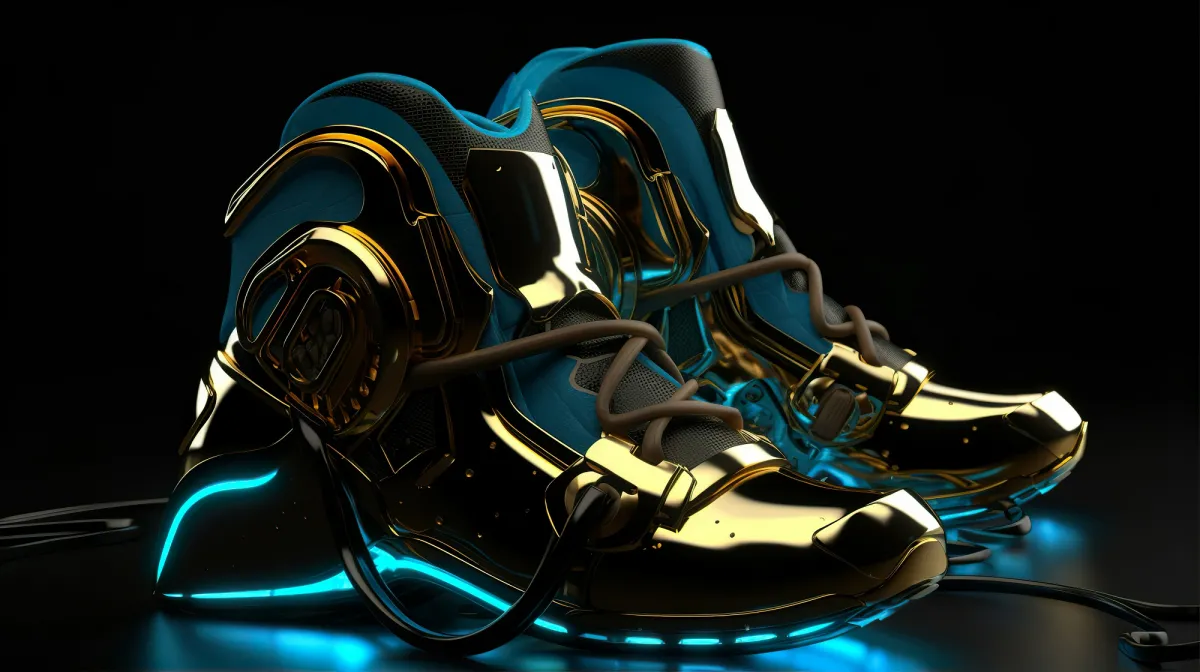
Winner: Divyansh P
Design a tech clothing or accessory
Welcome to your final challenge! Solar-powered shirts that charge phones, UV-detecting hats, light-up shoes to see where you walk in the dark, or hoodies made from passive heating or cooling materials. This week, you are challenged to redesign a piece of clothing or accessory using engineering or smart technology, to improve the life of the user.
Materials:
- Paper and pen or computer
- Optional: recycled materials, craft supplies, or fabric scraps for a model or prototype
Here is your challenge:
- Choose a piece of clothing or an accessory (e.g. a shirt, hat, bag, shoes, or jacket).
- Brainstorm how you could redesign it using engineering systems or smart technology. Some ideas include:
- A shirt with solar fabric to charge a phone
- A hat with built-in UV sensors
- Shoes that light up or track steps
- A bag made from recycled materials with hidden storage or sensors
- A hoodie that uses cooling or heating materials
- Create a sketch or model of your redesigned item. Label its new features.
- Write a short explanation of the engineering system you used (e.g. solar panels, sensors, renewable energy, sustainable materials).
- Optional: If you’re feeling creative, assemble a prototype using recycled or craft materials.
What to submit:
- A photo of your sketch, model, or prototype. You are welcome to put your ideas into an image generator and submit this, but you must also submit your original sketches.
- A short written or video explanation of your redesign and the science behind it
Submissions will be judged based on:
- Creativity and originality of the design
- Clarity in explaining the engineering system
- Feasibility and sustainability of the idea
- Presentation and effort
The week four challenge submission closes on 11.59pm on Sunday 31st August AEST.
When will the winners be announced
The winner will be announced on Tuesday 2nd September. More than one winner may be selected. The winning entry will be posted to our Facebook, Instagram and on the website. The winner will be notified by email. Other submissions may be included in an Instagram story, if you don't want your photo included, please let us know when you submit it.
What participants are saying
It was a very good way to bring our creativeness out.”
I really enjoyed the competition and the challenges within it, and I felt like it really expanded both my scientific and real-world knowledge.”
The best part about the challenges, in my opinion, was the following: they were all doable with easy-to-find and relatively inexpensive materials, but at the same time, the winning submissions of my peers taught me how much creativity can be demonstrated with this simple foundation.”
It was fun and knowledgeable for me by taking part in such an amazing stem program. The topics were very unique and environmentally friendly, I think this will help people to enhance their skills.”
STEM Challenge submissions 2025
STEM Challenges submissions 2024
STEM Challenges submissions 2023
STEM Challenges submissions 2022
STEM Challenges submissions 2021
STEM Challenges submissions 2020
Have a question?
The challenges have been created by the ANU College of Science and Medicine and ANU College of Systems and Society. Please contact us via the email below if you have any questions.
Terms and conditions
- ANU College of Science and Medicine and ANU College of Systems and Society (ABN: 52 234 063 906)
- Information on how to enter the ANU Science Case Study Competition forms part of these Terms and Conditions.
- Entry is open to all Australian residents and a group of international students.
- Entry to the competition is via the ANU College of Science and Medicine STEM Challenges web page.
- There is no entry fee for the competition.
- ANU College of Science and Medicine and ANU College of Systems and Society Staff and their immediate family are excluded from participation
- There is (1) prize available for the best entry each week.
- The ANU College of Science and Medicine and the ANU College of Systems and Society reserve the right to modify or remove any prizes if required, or not to award a prize.
- The prize must be taken as stated and no compensation will be payable if the prize winner is unable to use the prize as stated. The prize is not transferable to another person or exchangeable for other goods and services and cannot be redeemed as cash.
- The entrant will be solely responsible for any costs or taxes incurred as part of the competition, or claiming of the prize, including but not limited to any taxes.
- Prize winners will be notified in writing (email) on the Tuesday following the submission deadline.
- Each participant is only allowed one submission per challenge.
- By entering the competition, you declare that the submitted work is entirely your own.
- The ANU College of Science and Medicine and the ANU College of Systems and Society reserve the right to withdraw applications at any stage for any reason determined appropriate by the ANU Colleges of Science and the ANU College of Health and Medicine.
- The ANU College of Science and Medicine and the ANU College of Systems and Society reserve the right to extend or modify the closing date.
- Submissions will be marked by a panel of judges chosen by the ANU College of Science and Medicine and the ANU College of Health and Medicine.
- The ANU College of Science and Medicine and the ANU College of Systems and Society reserve the right to determine the final outcome of the competition, and to name and order winners and prizes.
- By entering the competition, all entrants and their guardians (where applicable) understand and give permission to the ANU College of Science and Medicine, the ANU College of Health and Medicine, ASD-ANU Co-Lab and sponsors to use the winners name, video/photo submission, likeness and work for promotional purposes, and other purposes deemed appropriate.
- The concerned parties also understand and facilitate consent to measures covered under https://services.anu.edu.au/marketing-outreach/anu-identity/anu-audio-visual-release-form
- Participants agree that the ANU College of Science and Medicine and the ANU College of Health and Medicine, ASD-ANU Co-Lab and sponsoring entities are not liable for any damages or losses arising from the competition.
- All submitted work is subject to the ANU College of Science and Medicine and the ANU College of Systems and Society Privacy Policy.
- Incomprehensible and incomplete entries will be deemed invalid.
- The ANU College of Science and Medicine and the ANU College of Systems and Society reserve the right to verify the validity of entries and to disqualify any entry which in the opinion of the ANU College of Science and Medicine and the ANU College of Health and Medicine, includes objectionable content, profanity, potentially insulting, inflammatory or defamatory statements, disqualify any entrant who tampers with the entry process, who submits an entry that is not in accordance with these terms and conditions of entry or who has, in the opinion of the ANU College of Science and Medicine and the ANU College of Health and Medicine, engaged in conduct in entering the promotion which is fraudulent, misleading, deceptive or generally damaging to the goodwill or reputation of the promotion and/or the ANU College of Science and Medicine and the ANU College of Health and Medicine. The ANU College of Science and Medicine and the ANU College of Systems and Society reserve the right to disqualify a winner if the ANU College of Science and Medicine and the ANU College of Systems and Society become aware that the winner and/or the winner’s entry is of a type described in this clause.
- The ANU College of Science and Medicine and the ANU College of Systems and Society accept no responsibility for any late, lost or misdirected entries including delays in the completion of tasks due to technical disruptions, network congestion or for any other reason.
- The ANU College of Science and Medicine and the ANU College of Health and Medicine’s decision is final and the ANU College of Science and Medicine and the ANU College of Systems and Society will not enter into correspondence regarding the result or winning entries.
- In the case of the intervention of any outside act, agent or event which prevents or significantly hinders the ANU College of Science and Medicine and the ANU College of Health and Medicine’s ability to proceed with the competition on the dates and in the manner described in these terms and conditions, including but not limited to vandalism, power failures, tempests, natural disasters, acts of God, civil unrest, strike, war, act of terrorism, the ANU College of Science and Medicine and the ANU College of Systems and Society may in its absolute discretion cancel the competition and recommence it from the start on the same conditions, subject to any directions given under State Regulation.
- The ANU College of Science and Medicine and the ANU College of Systems and Society reserve the right in its sole discretion to disqualify any individual they believe has breached any of these conditions, or engaged in any unlawful or other improper misconduct calculated to jeopardise the fair and proper conduct of the promotion.
- The ANU College of Science and Medicine and the ANU College of Systems and Society collect personal information about you to enable you to participate in this promotion.
- All certificates (including winners’) are not an AQF certificate.
